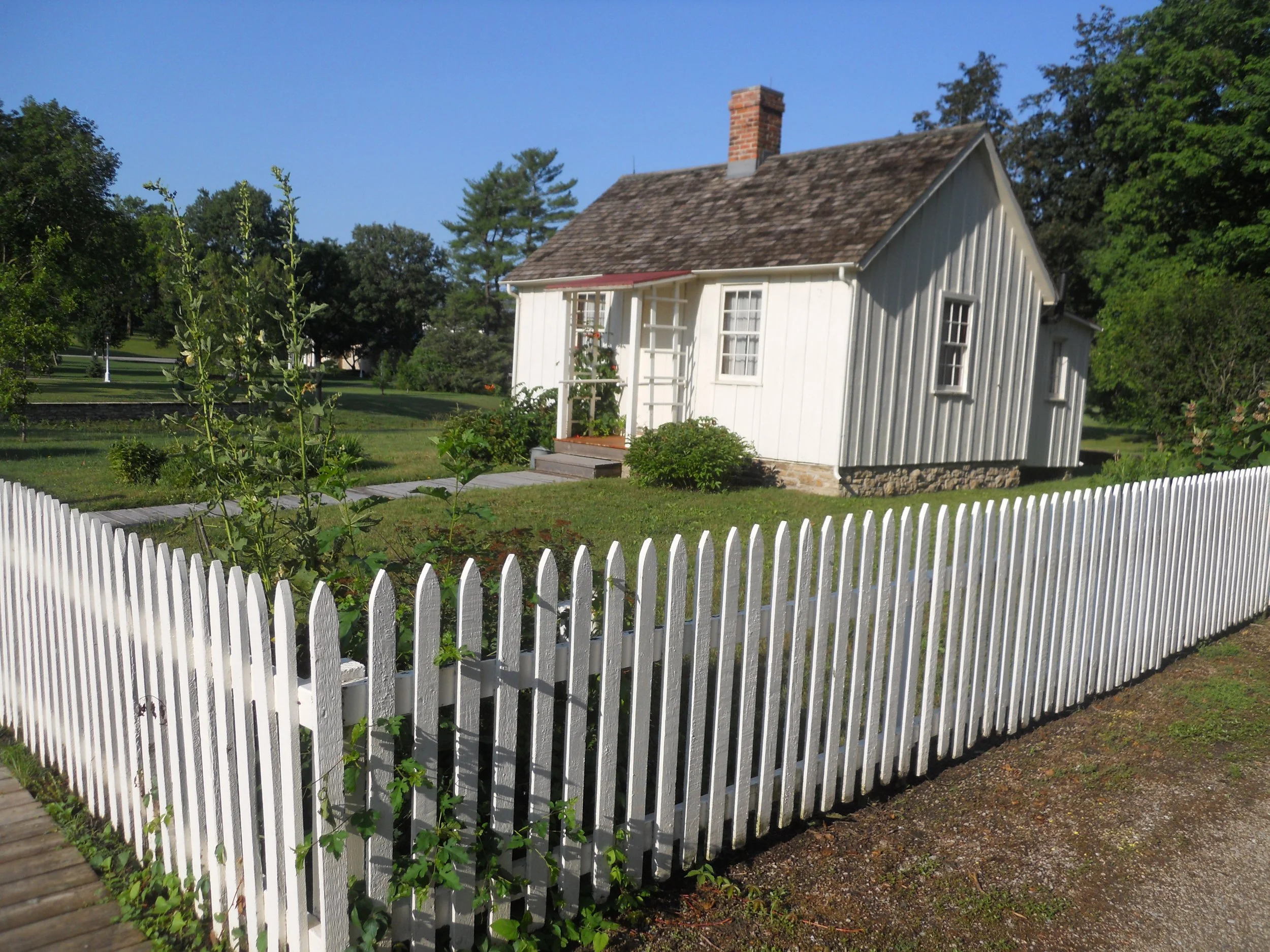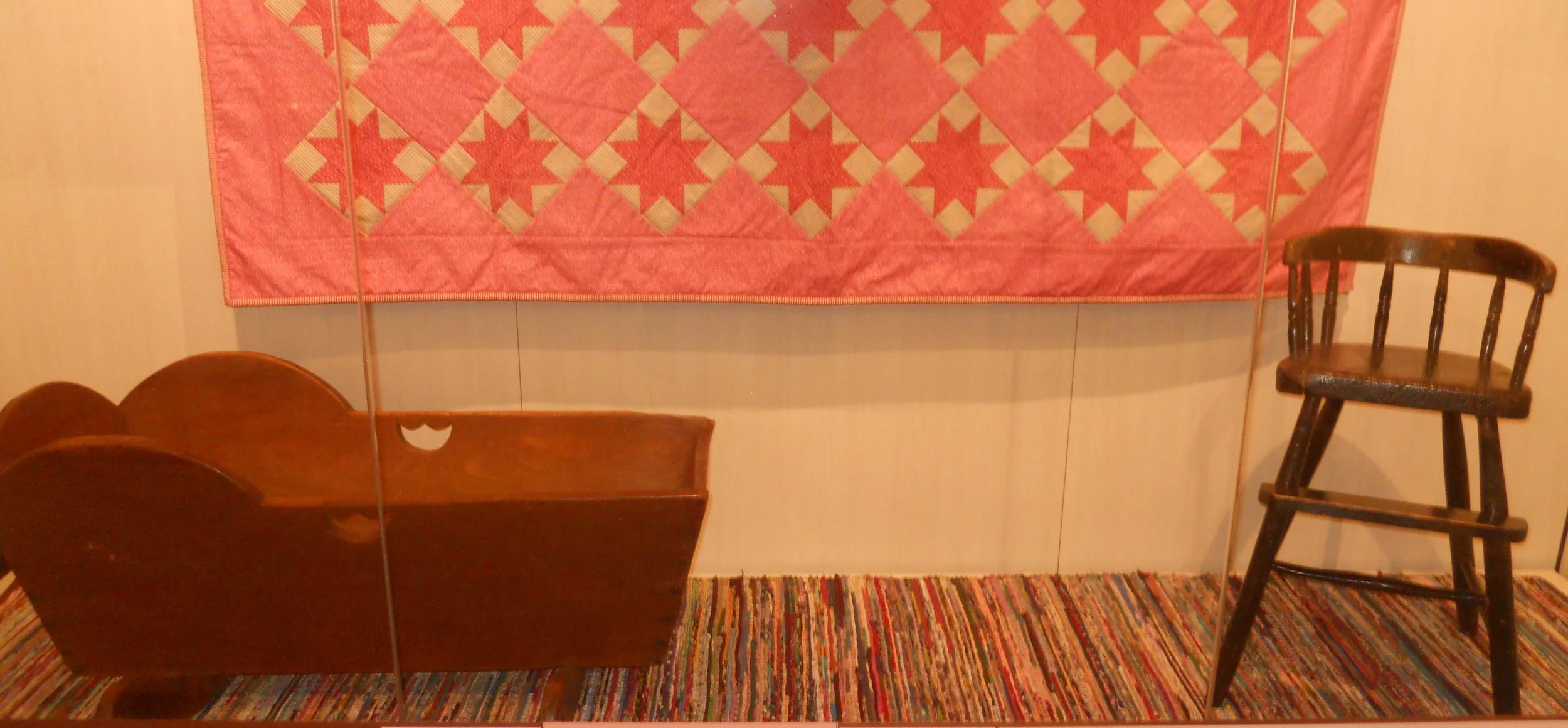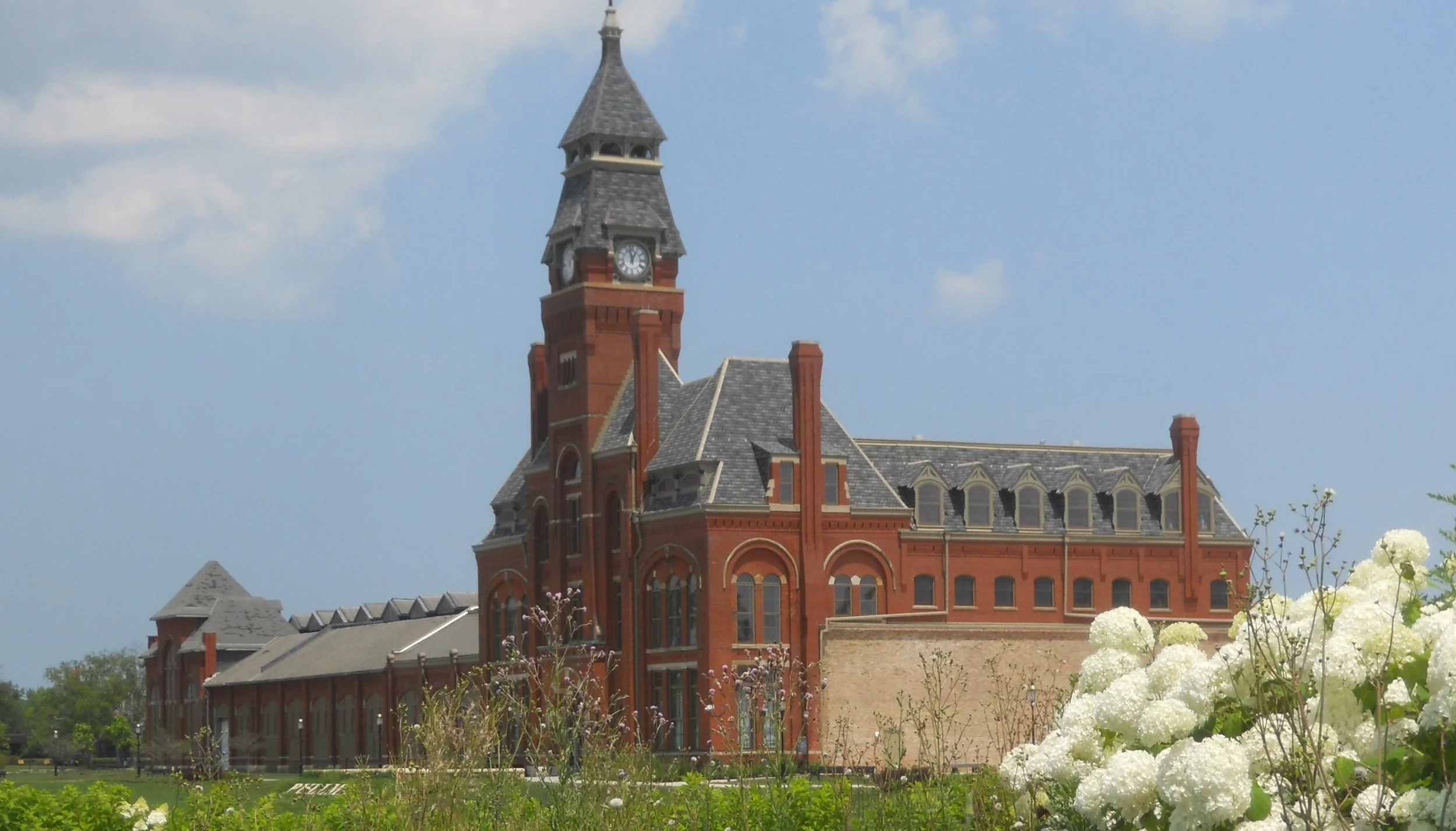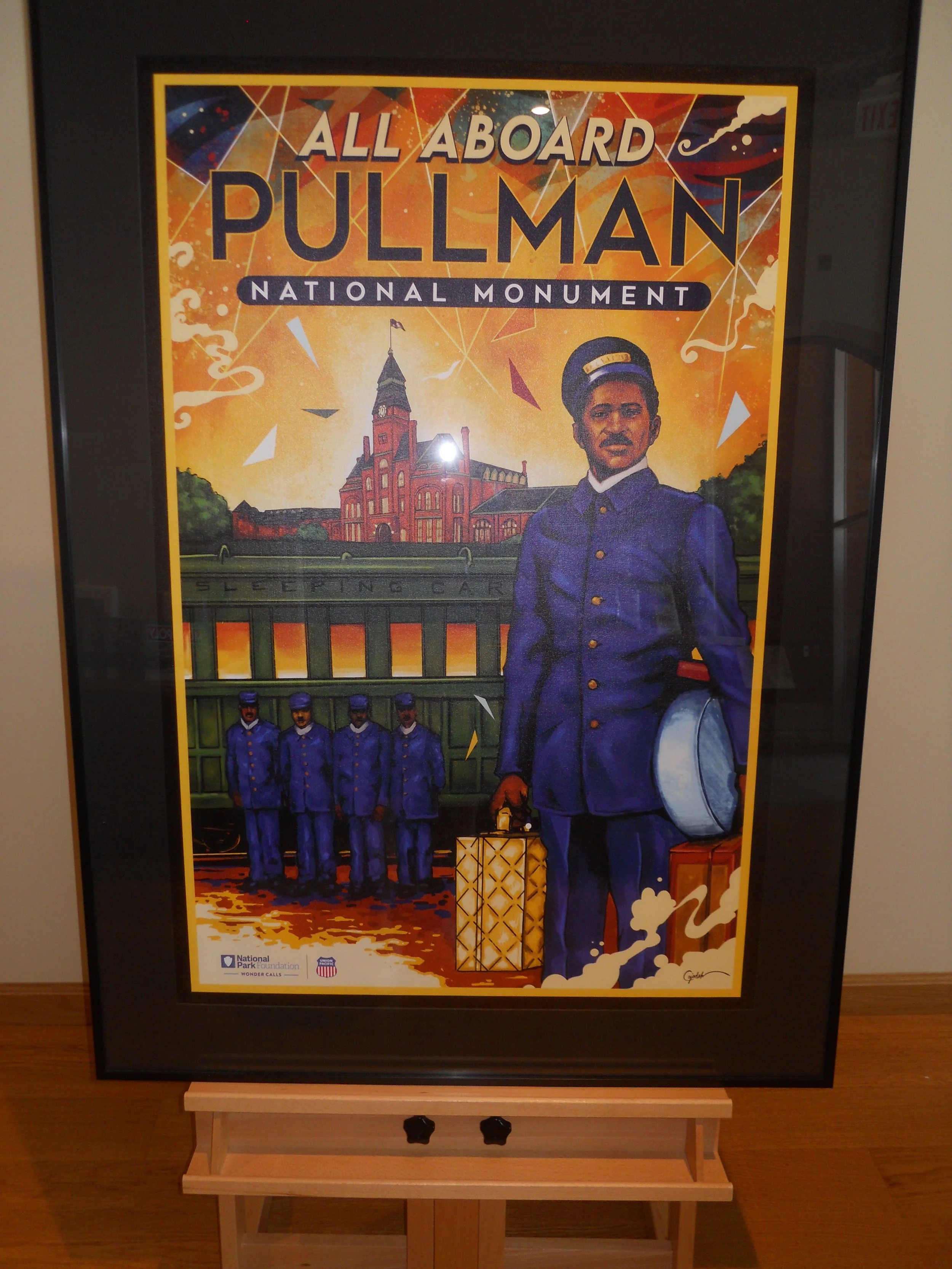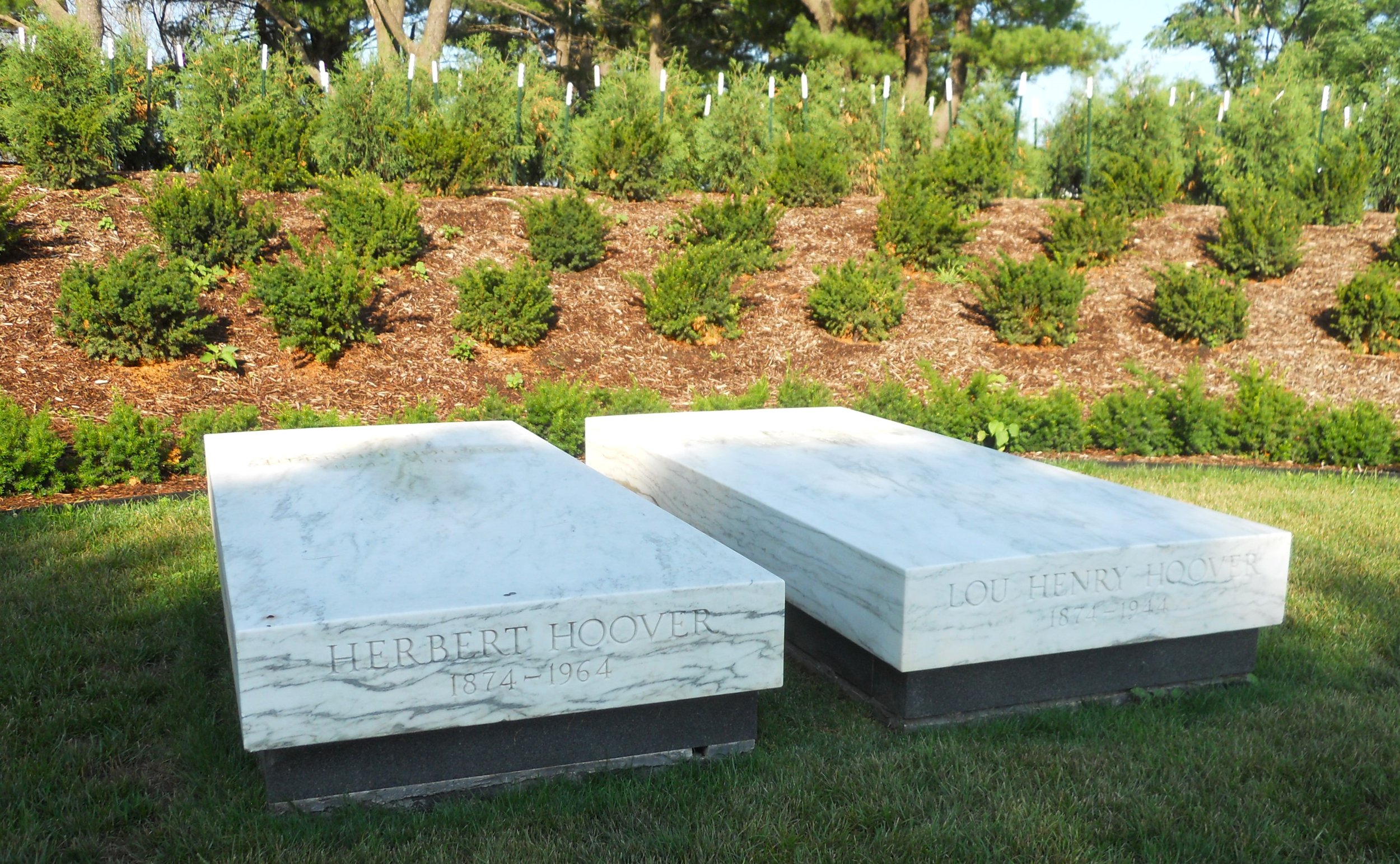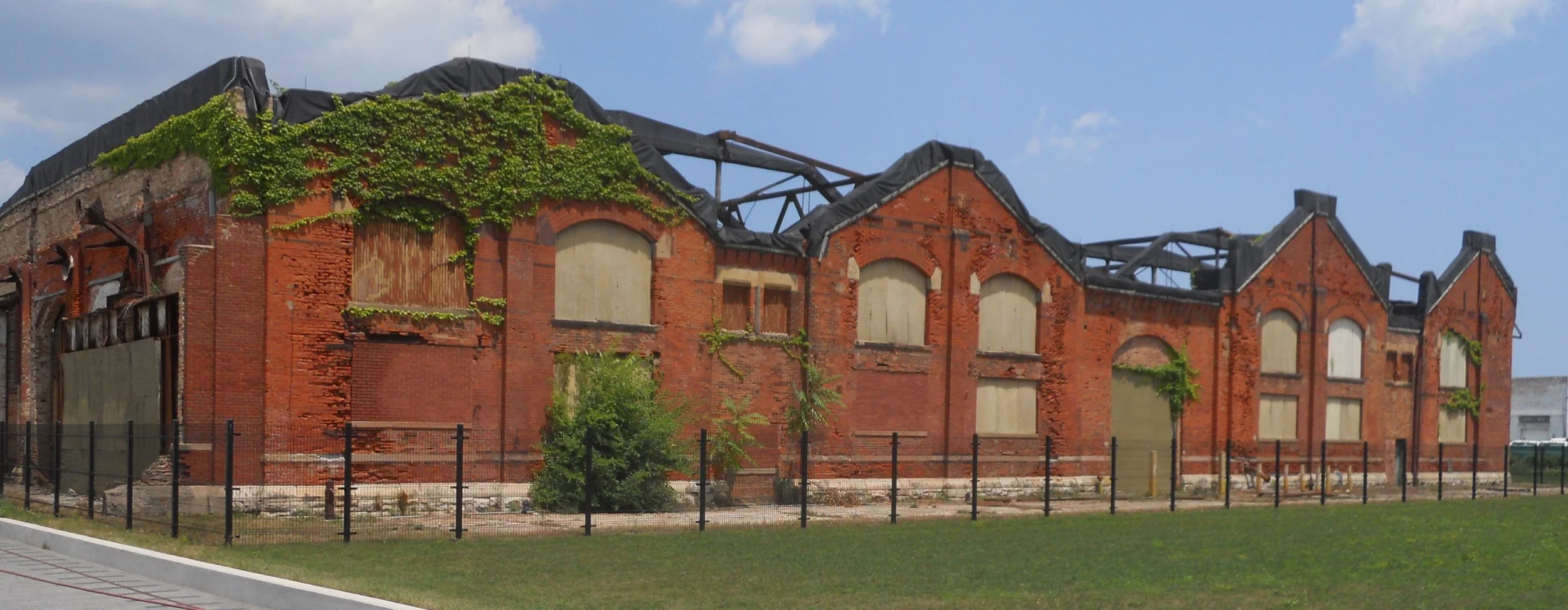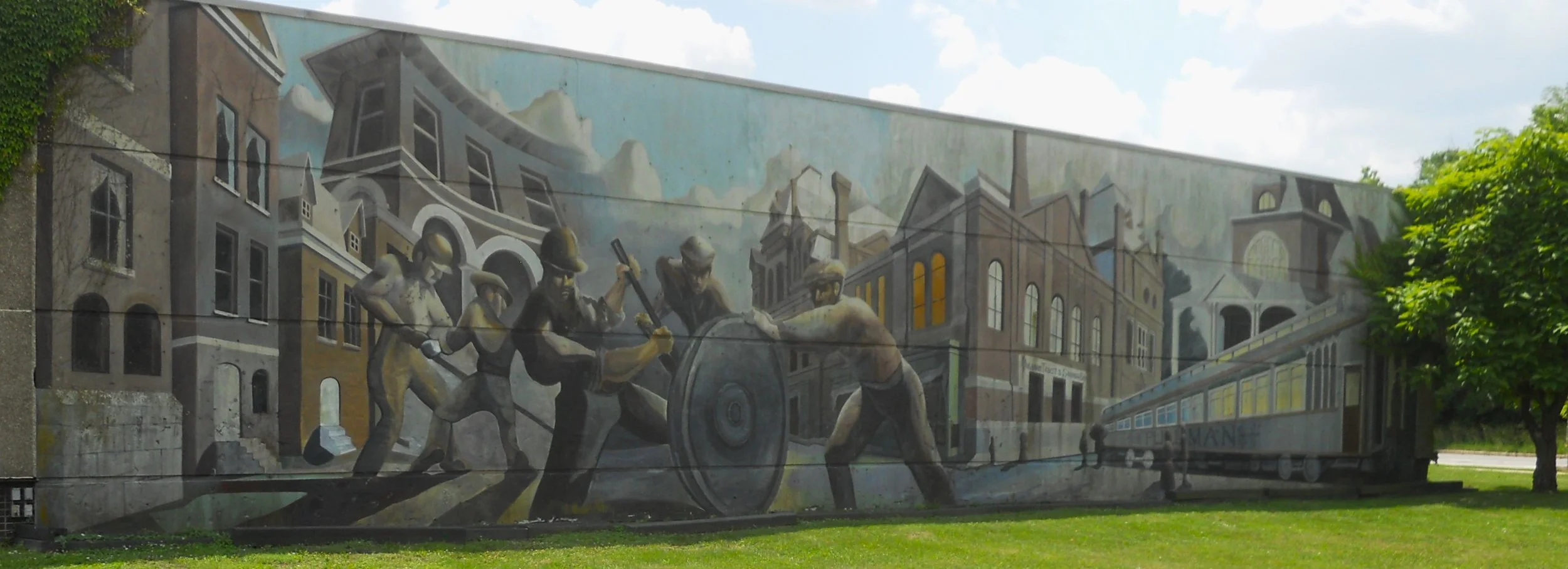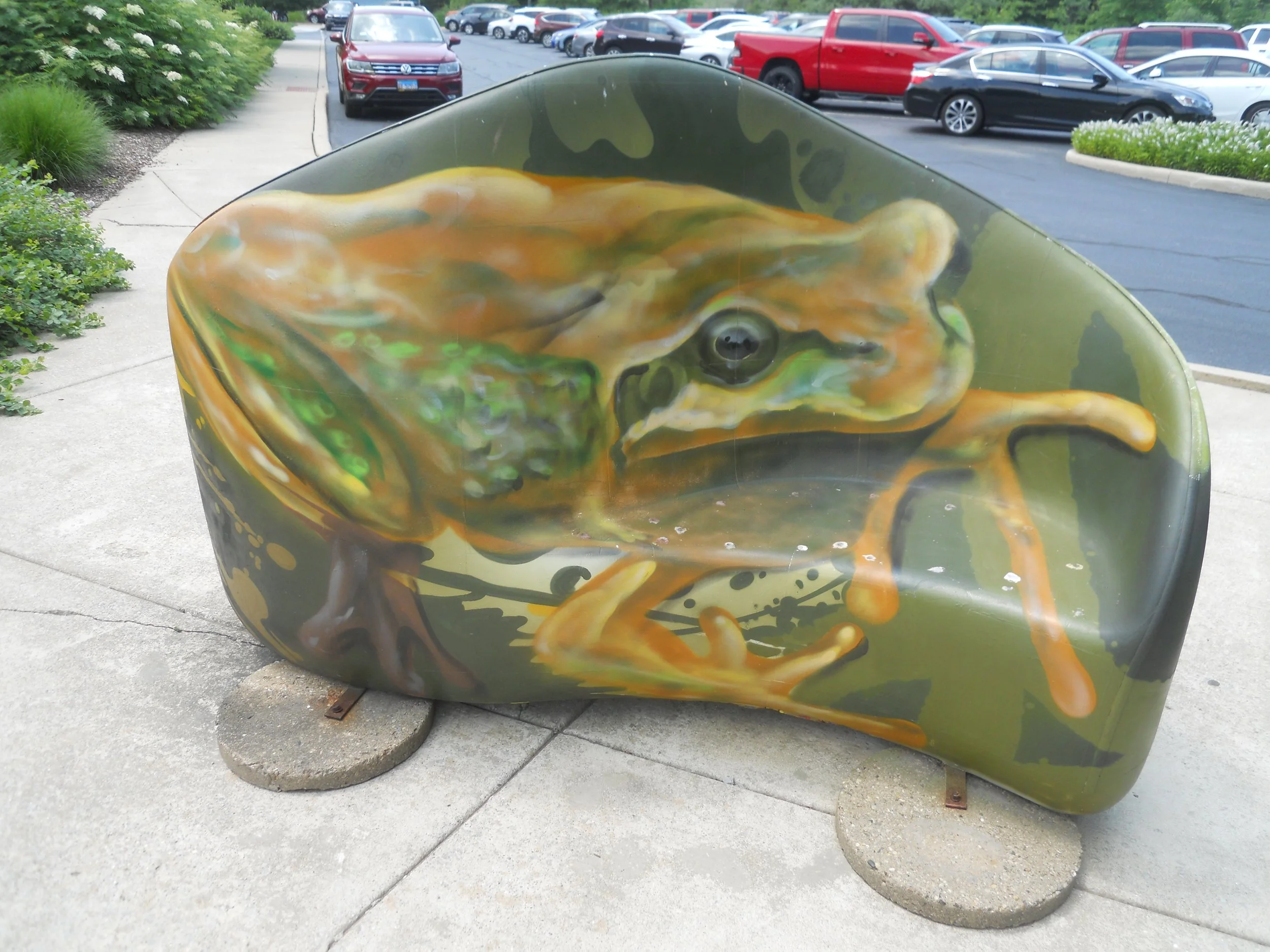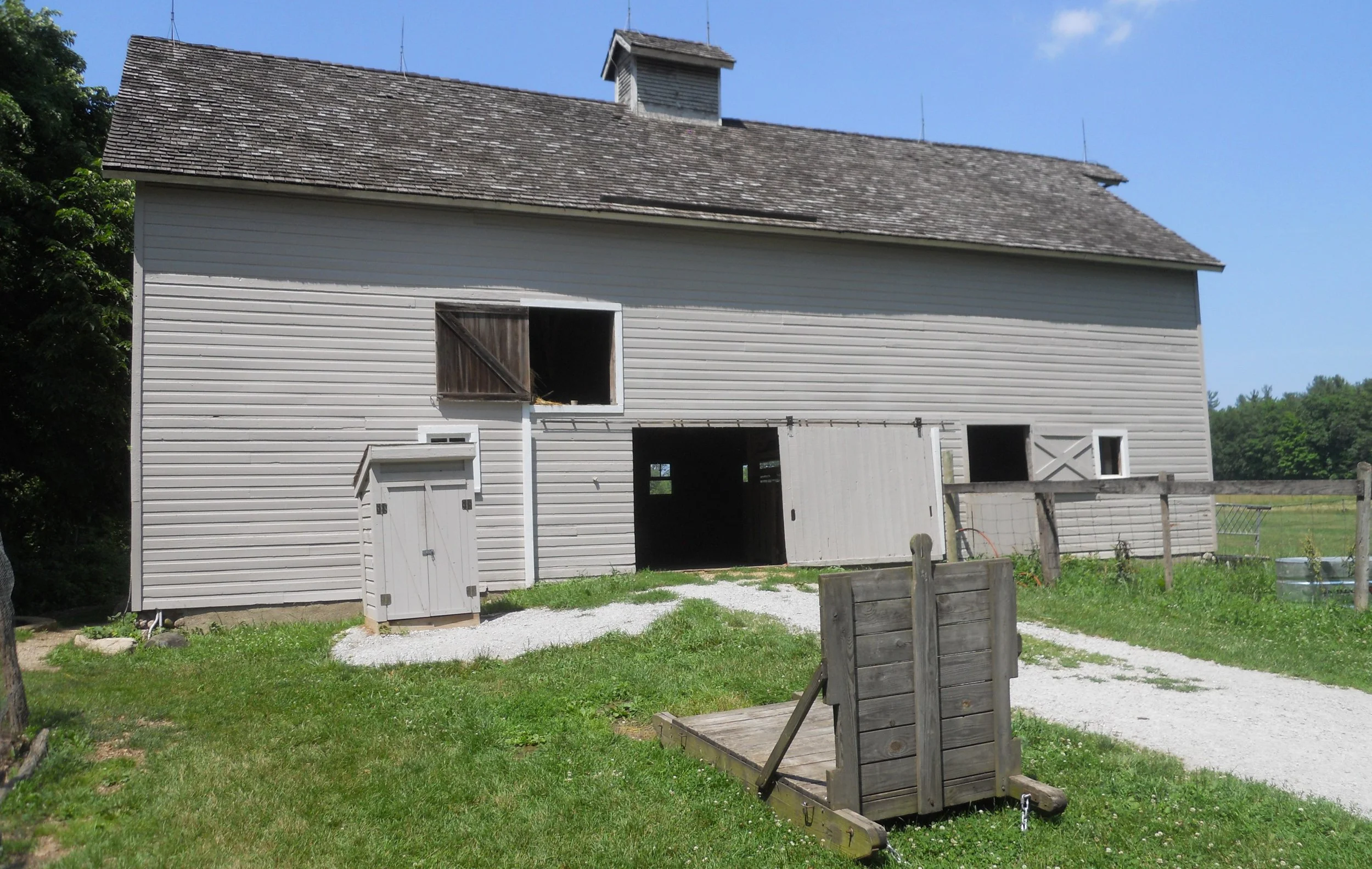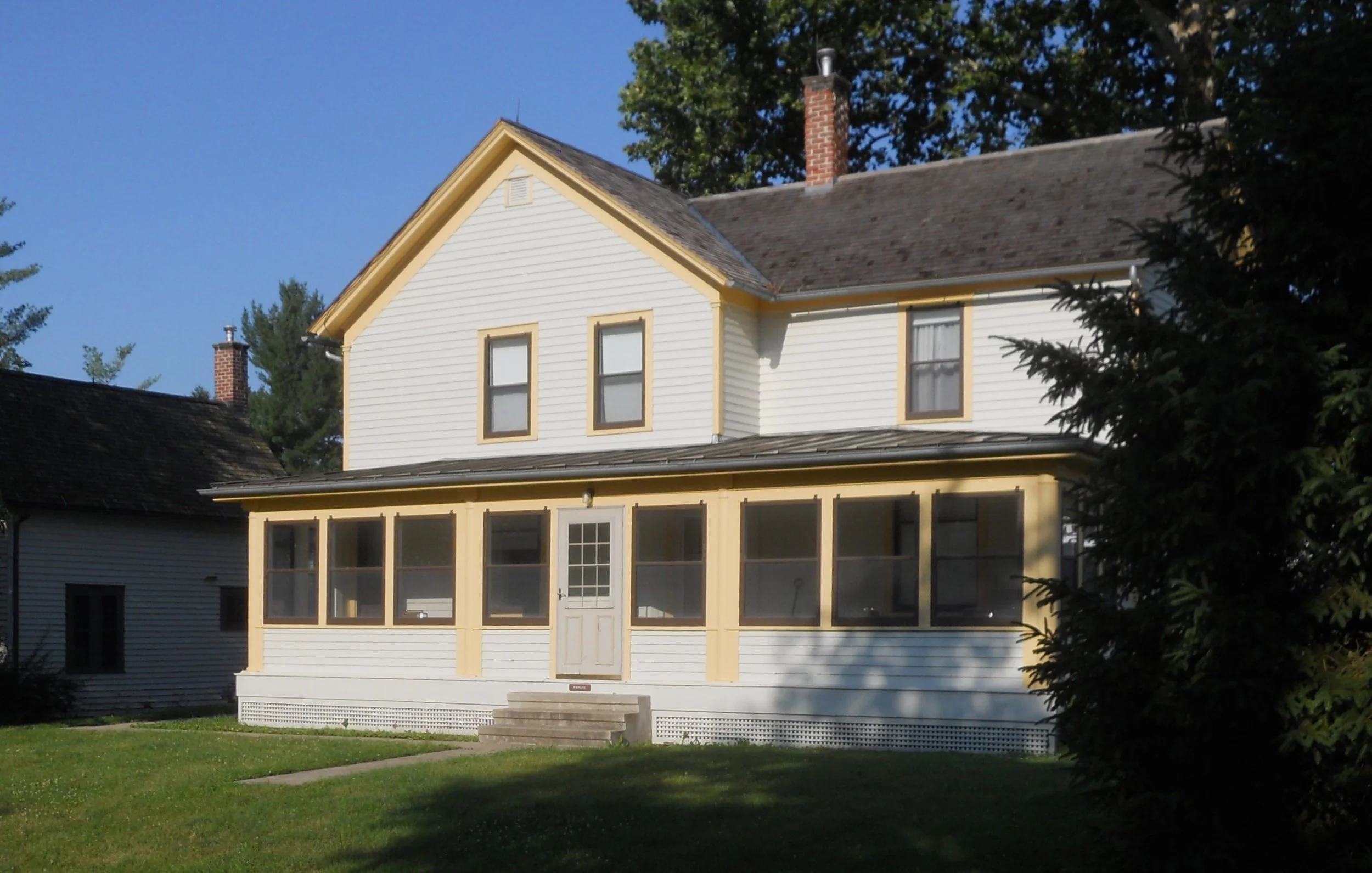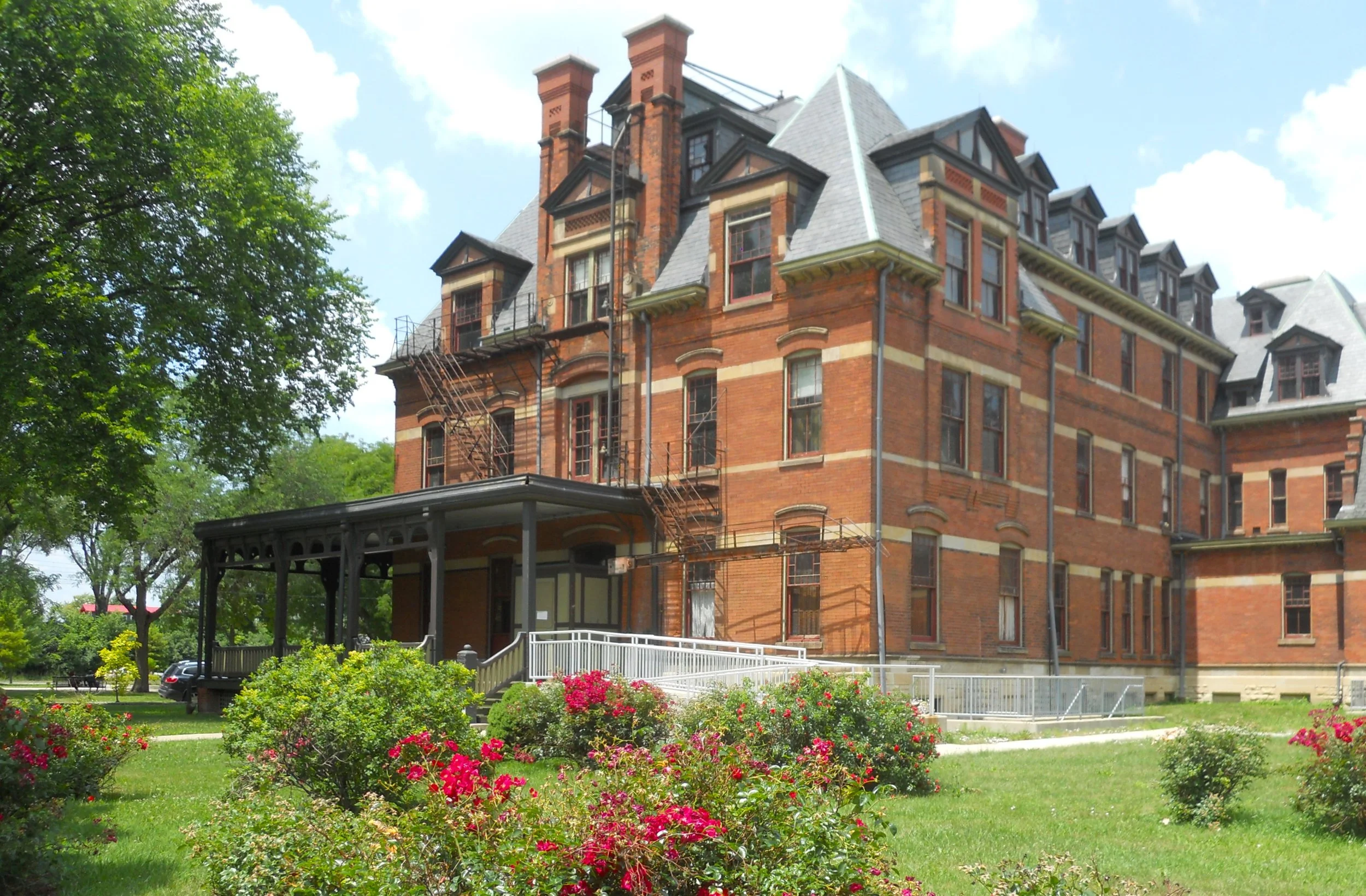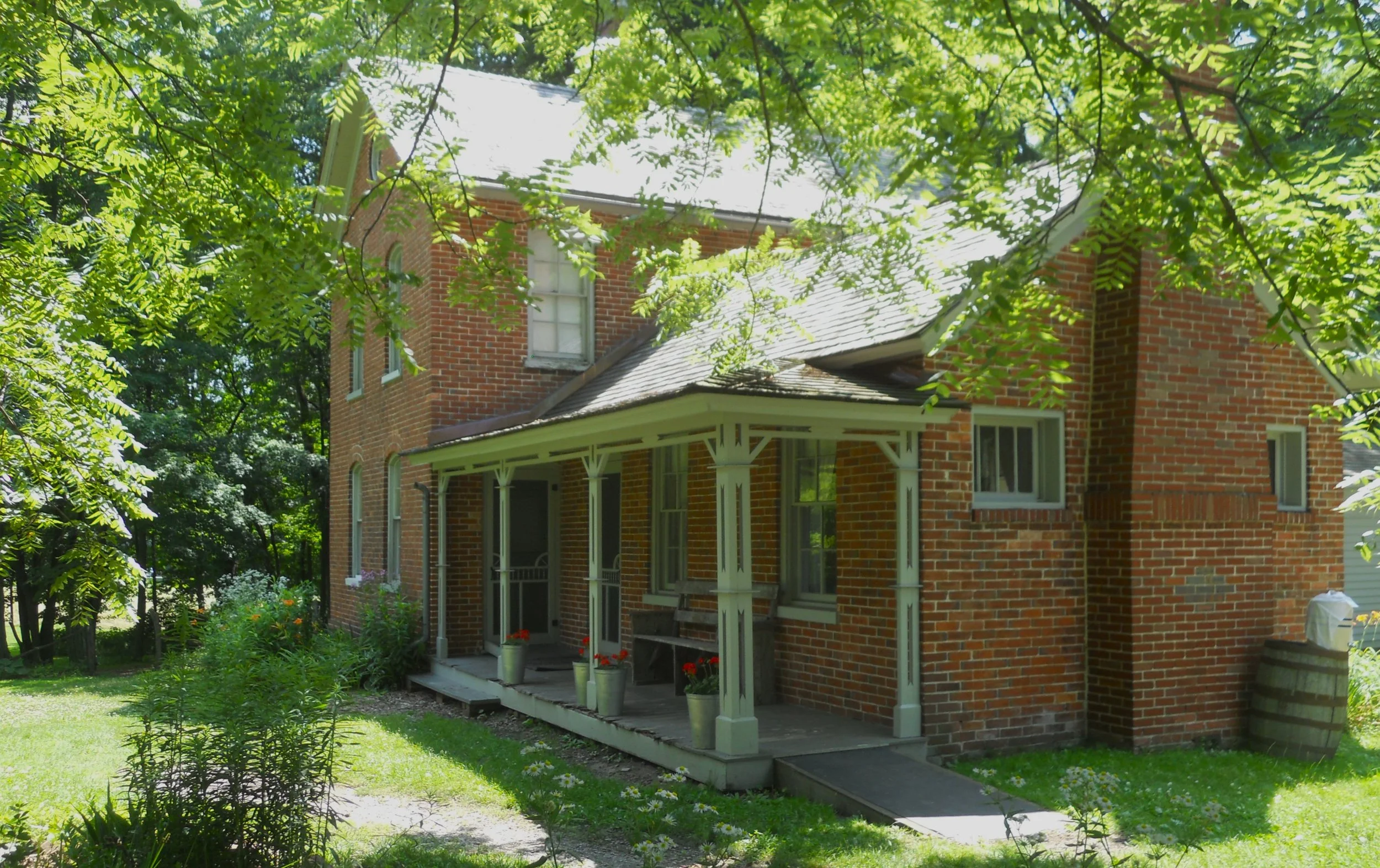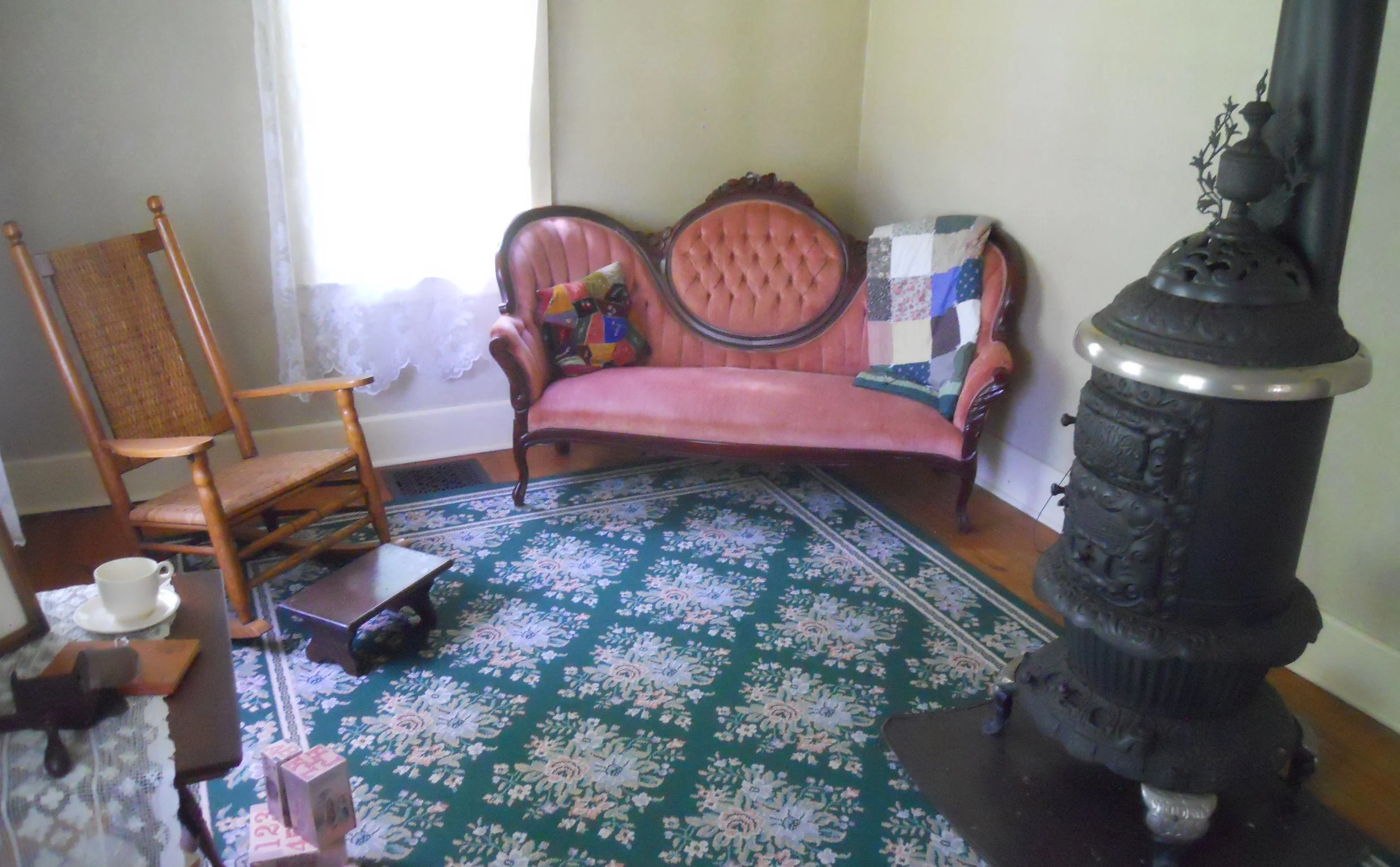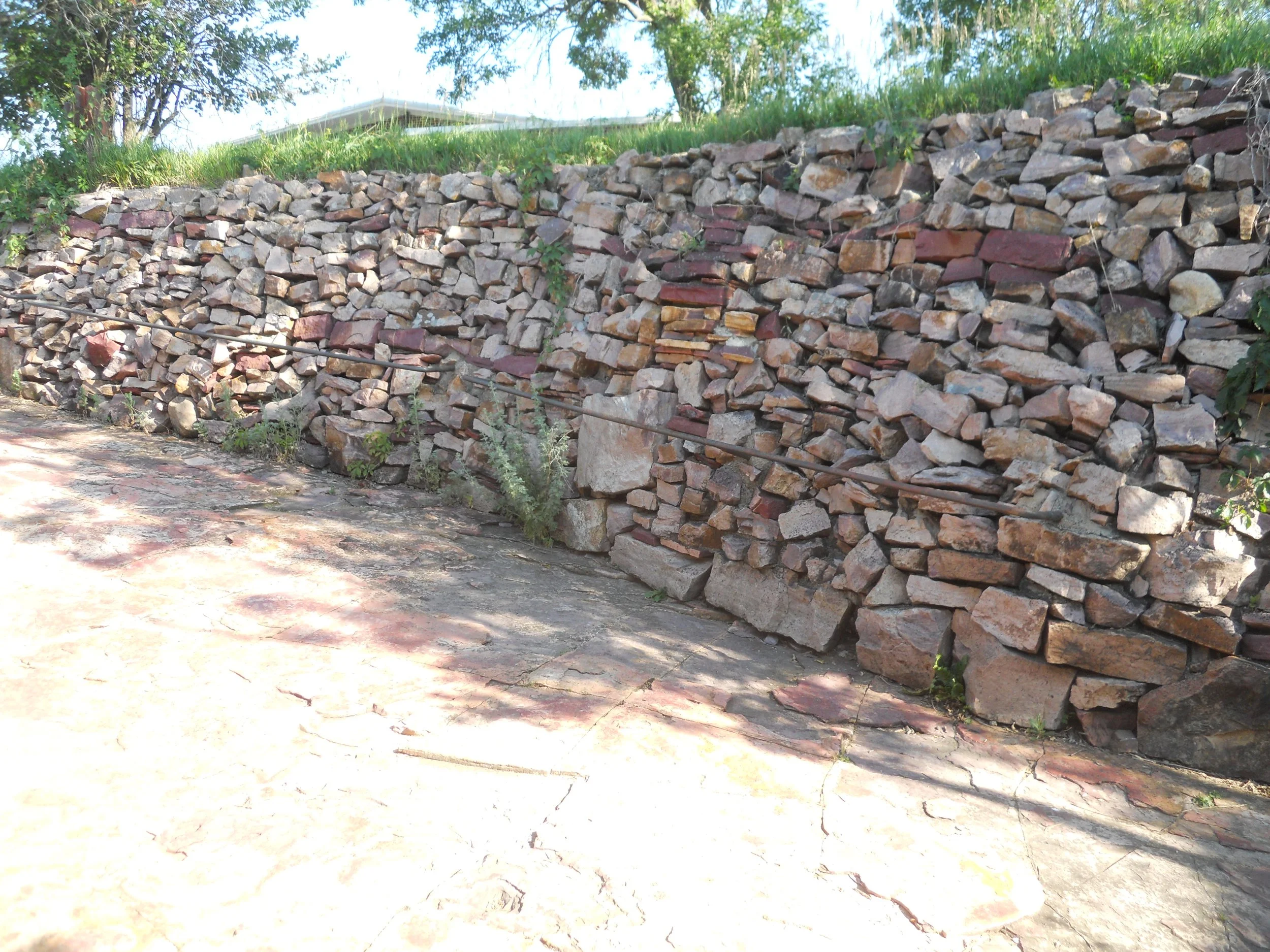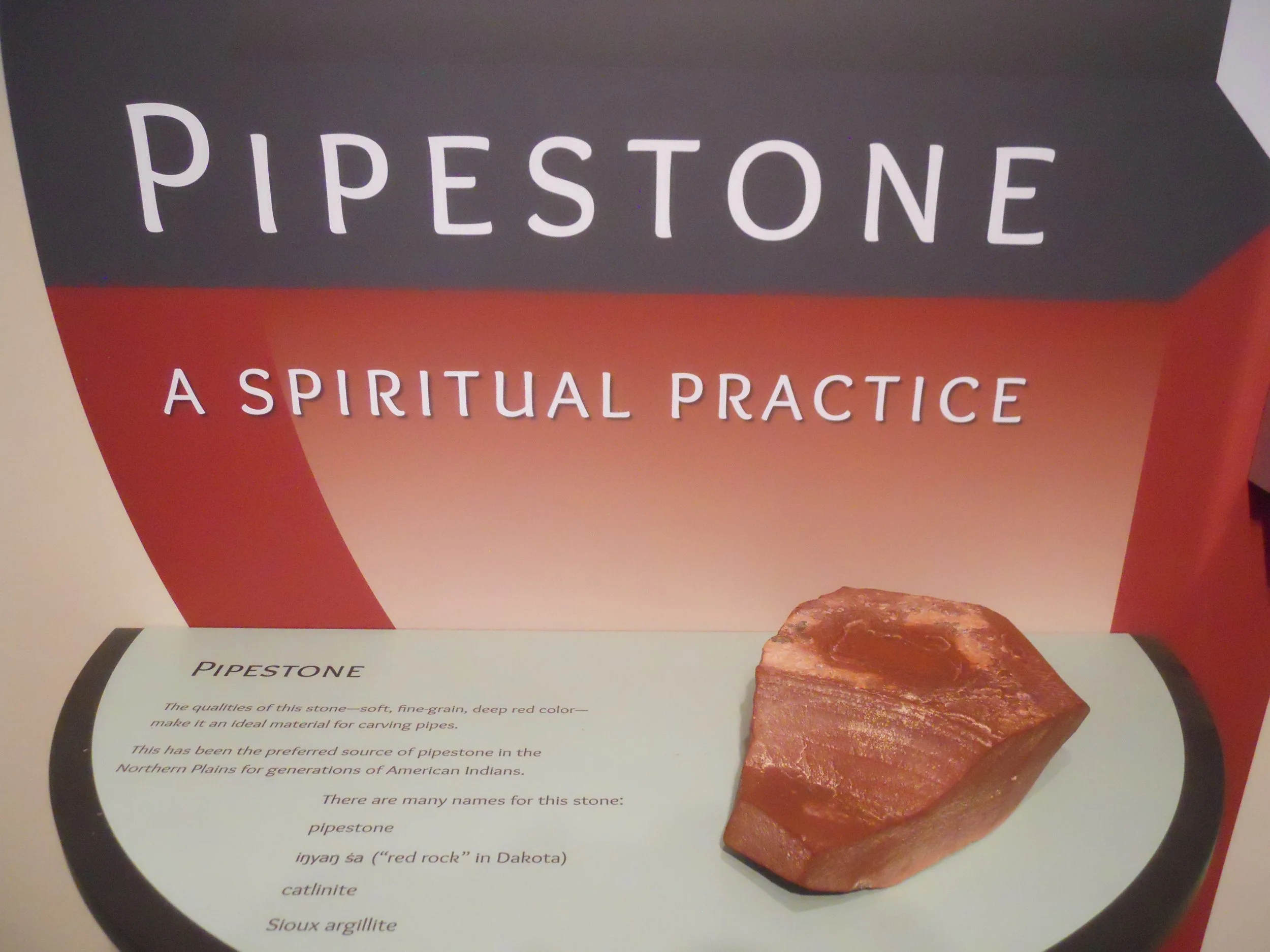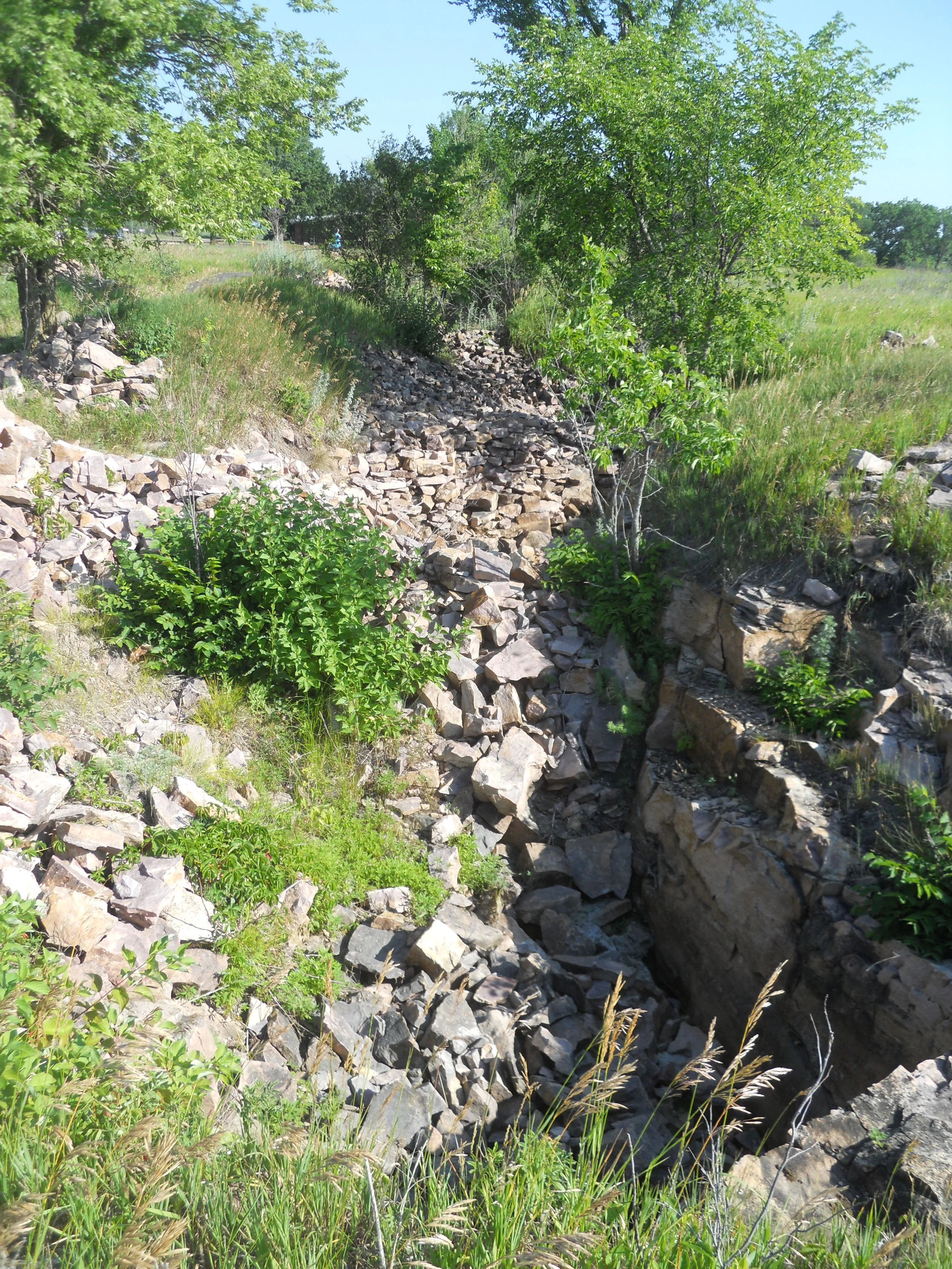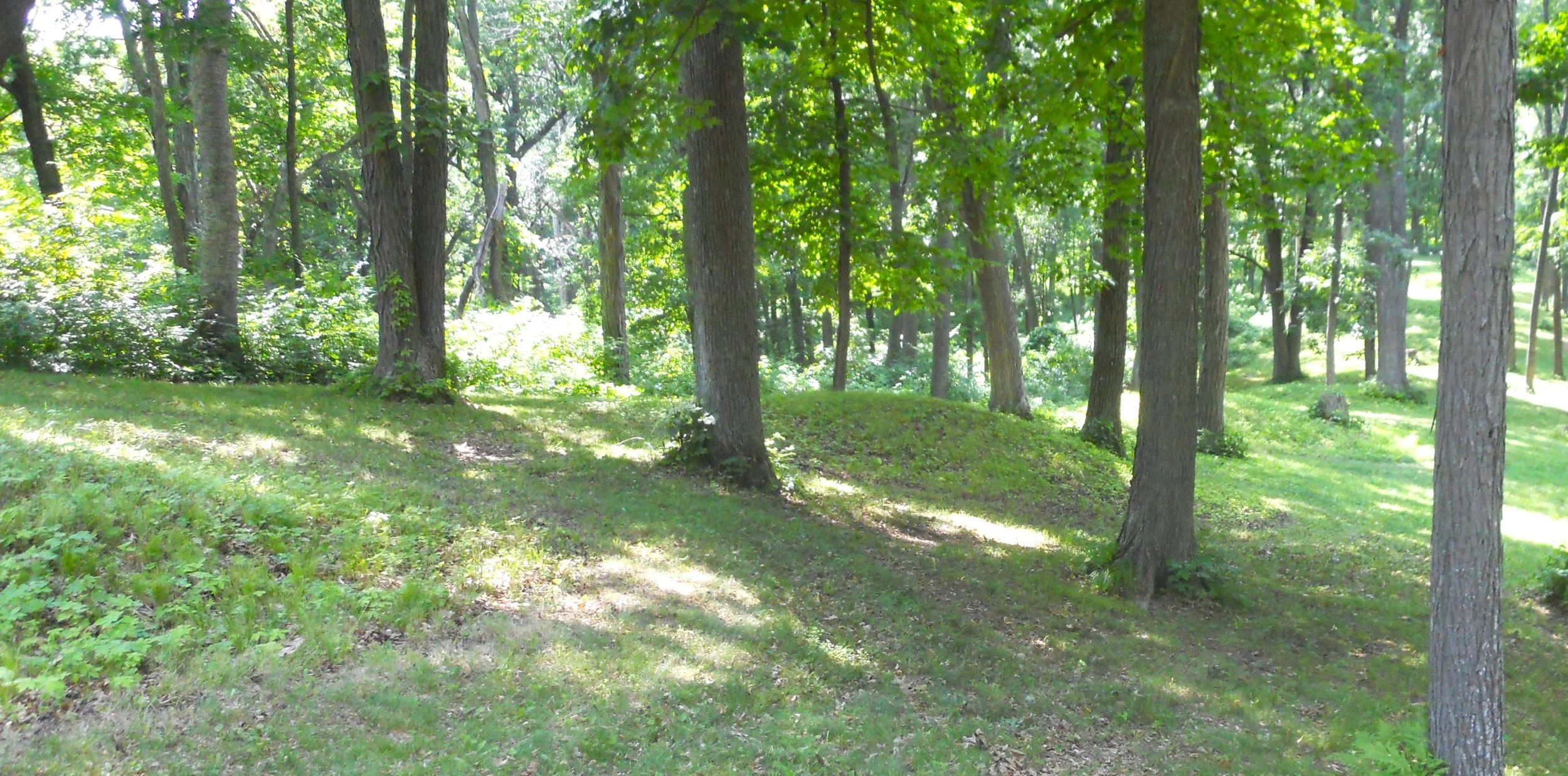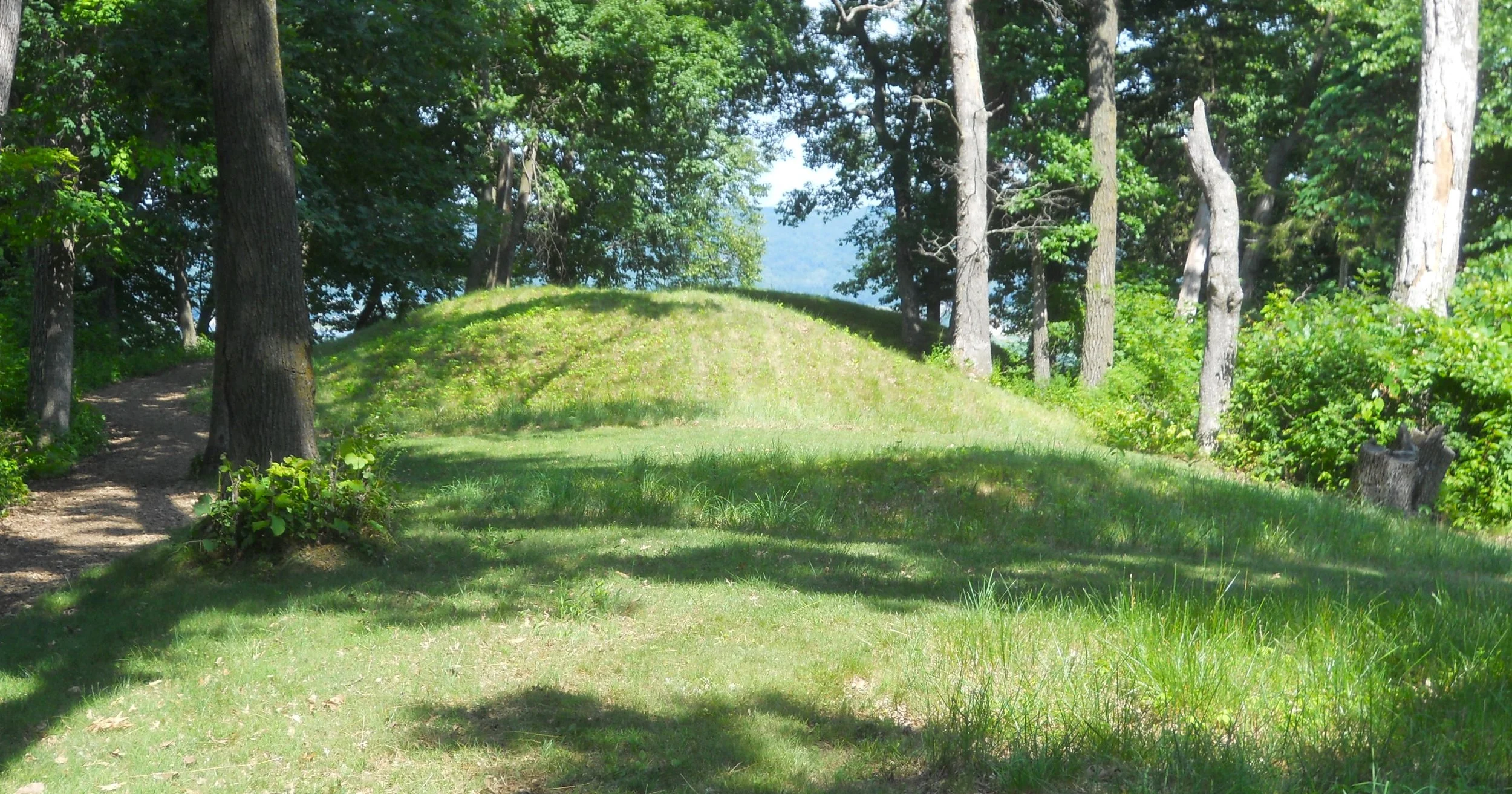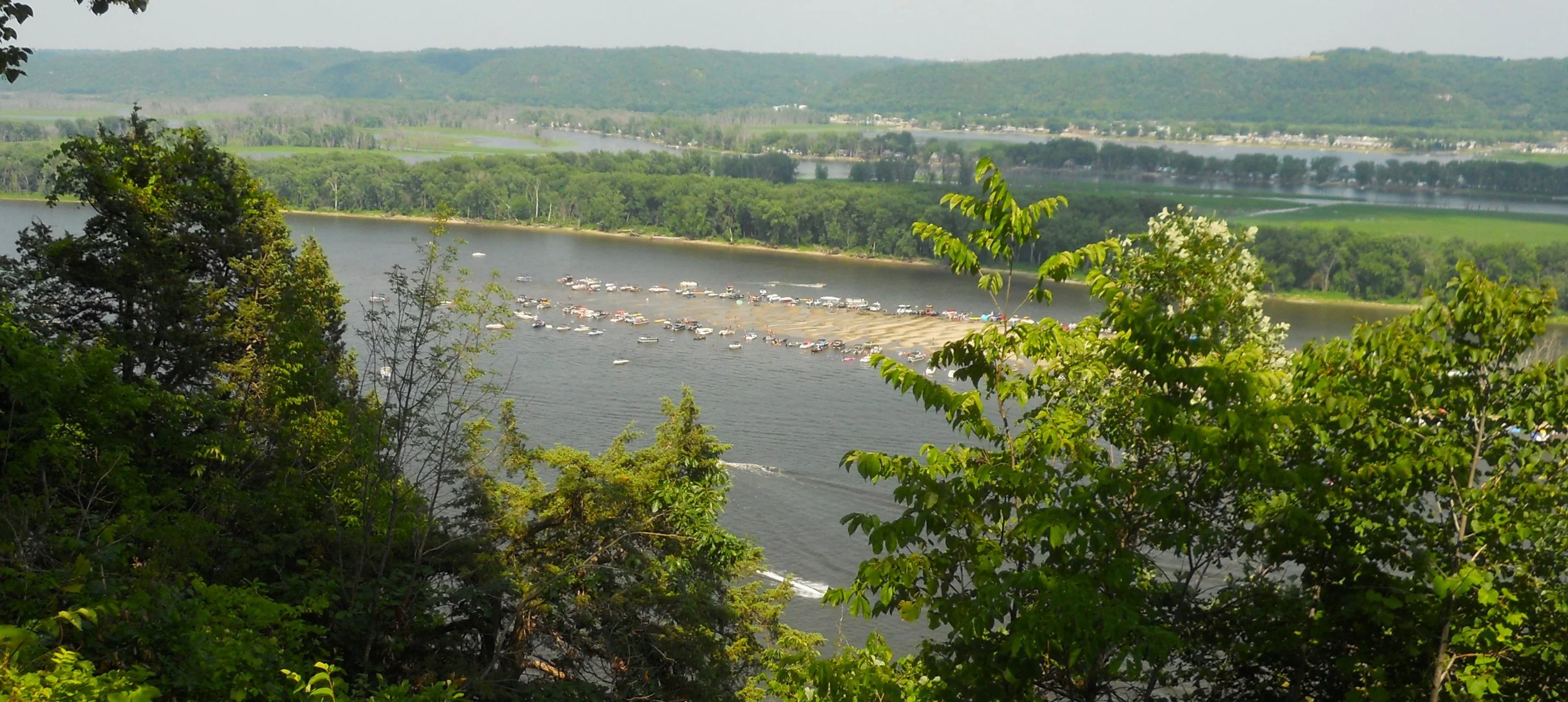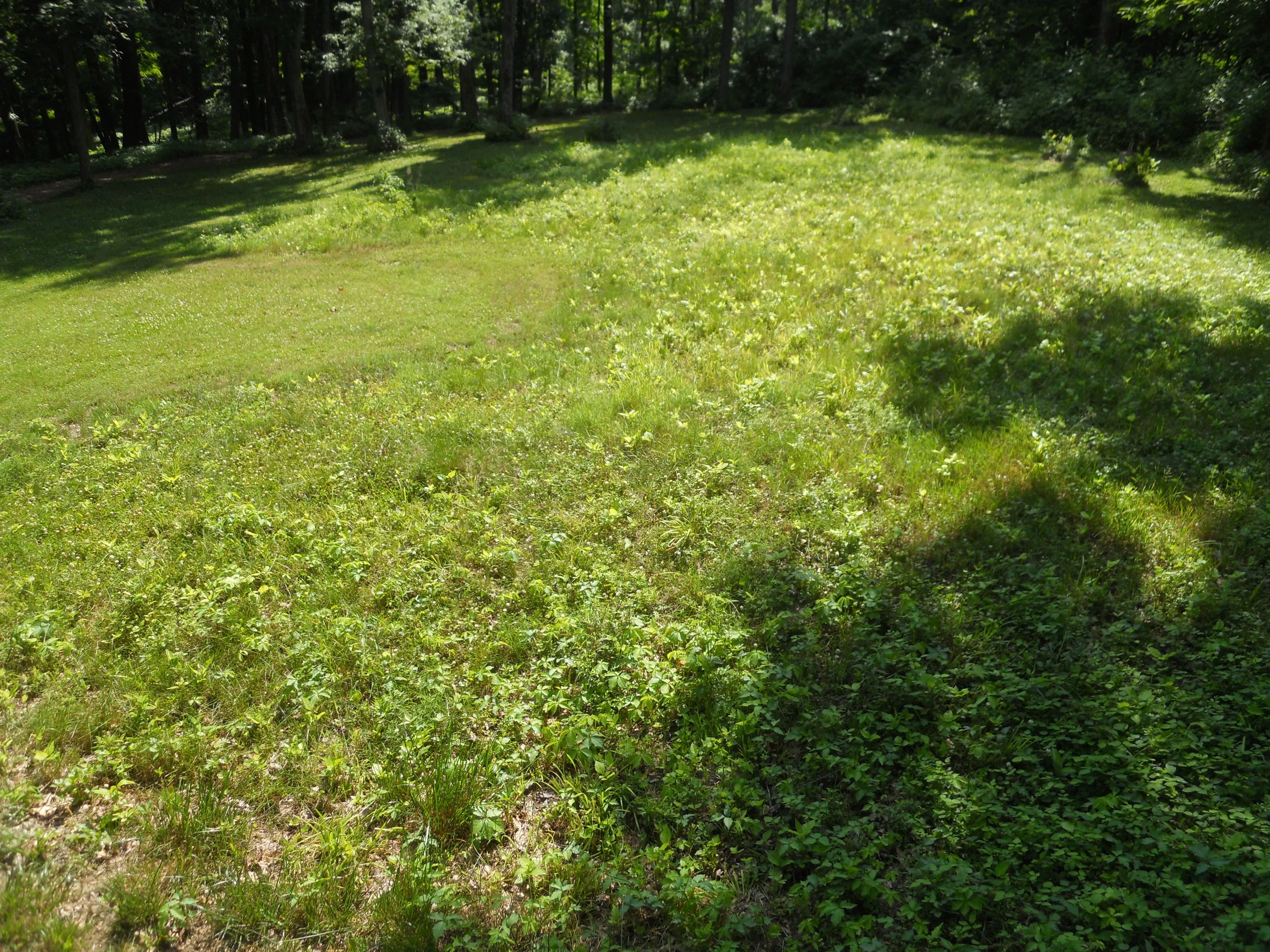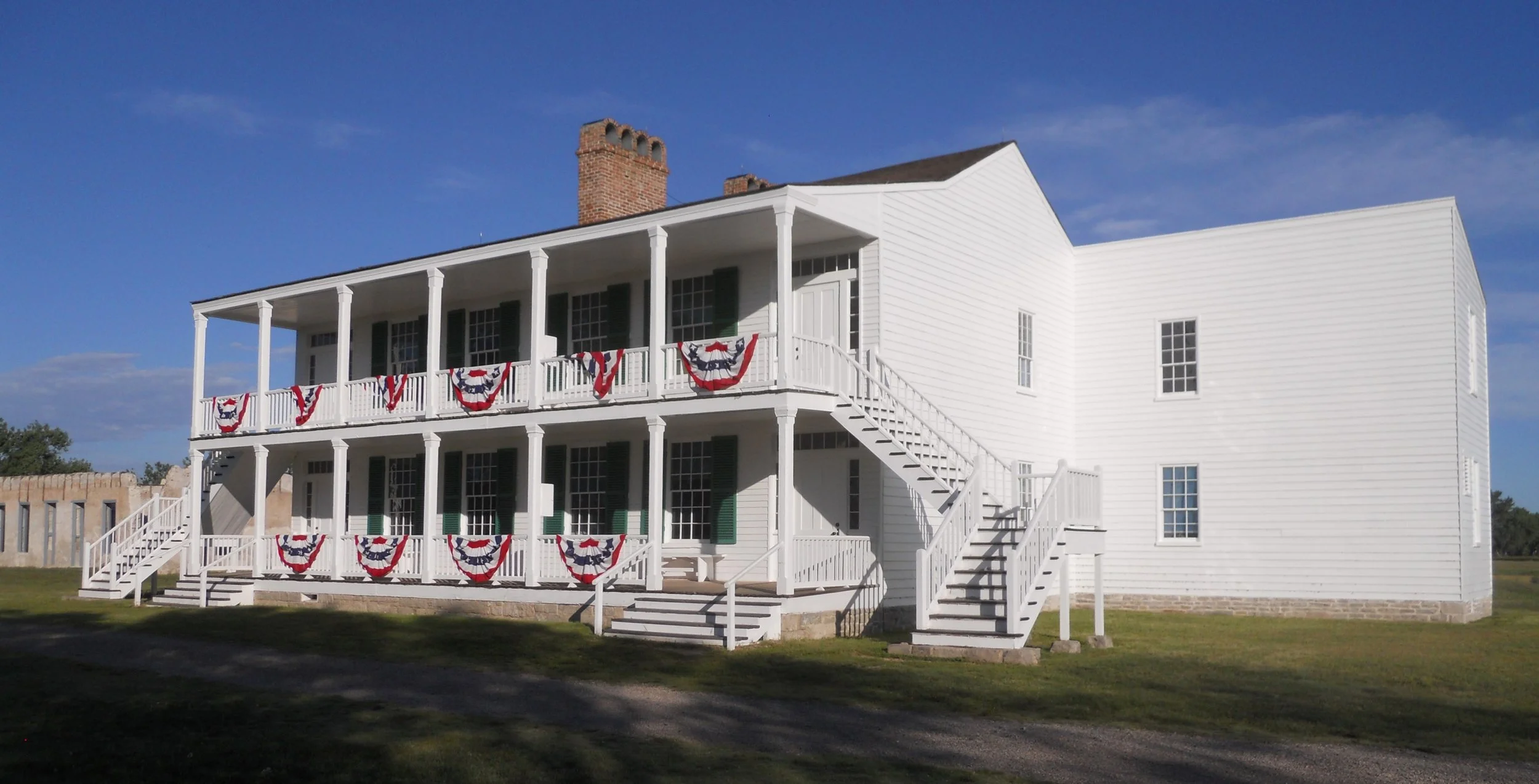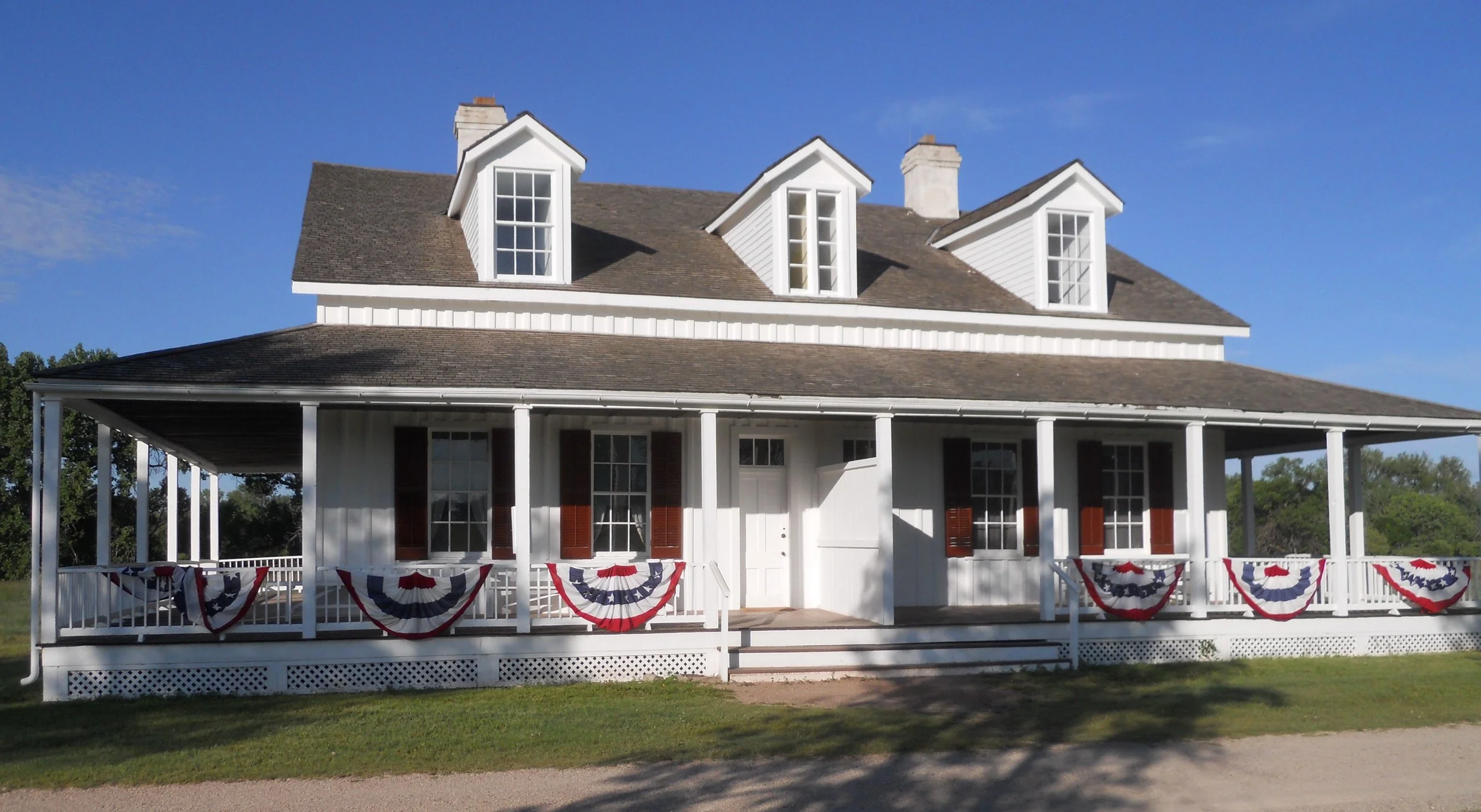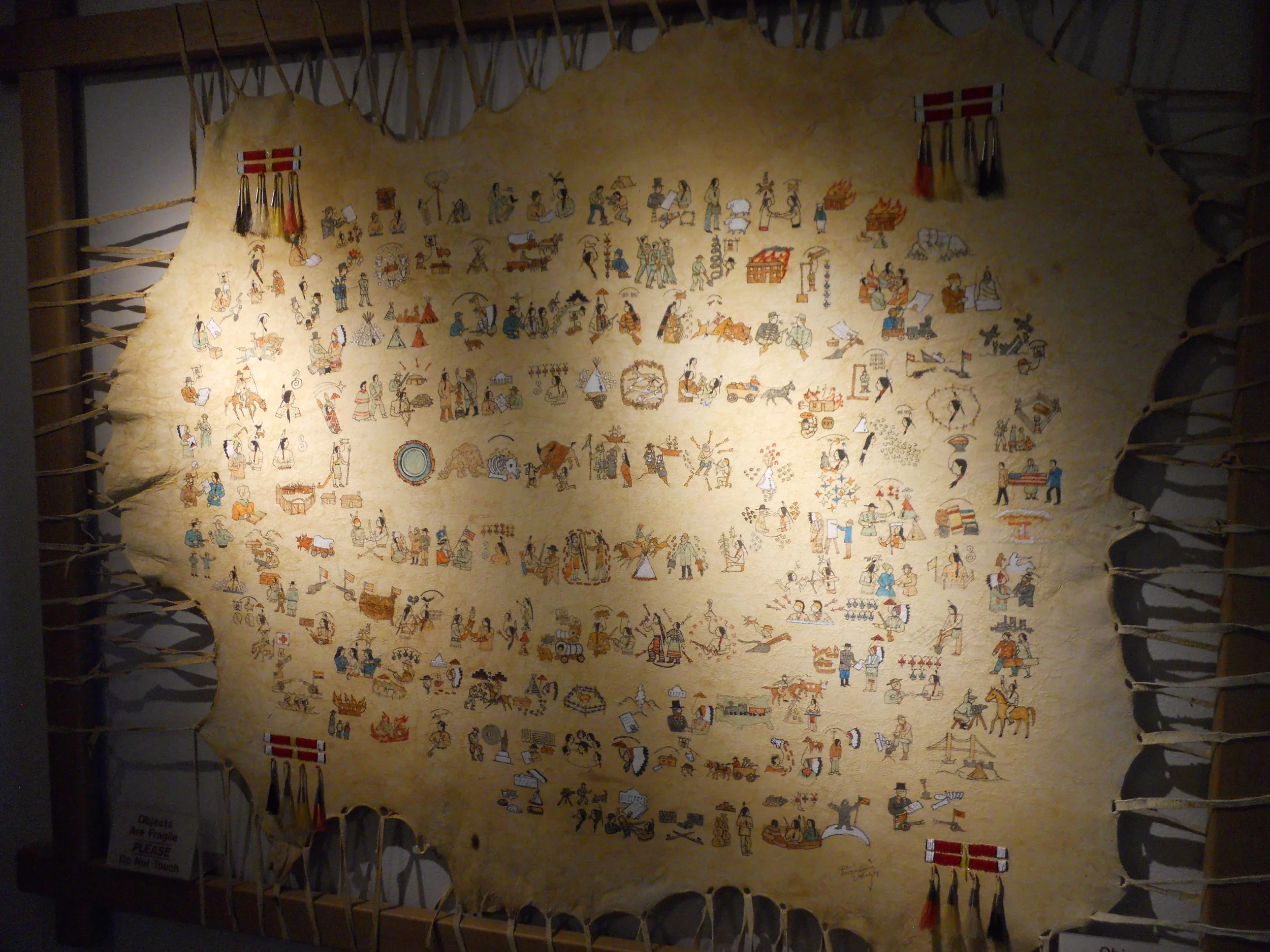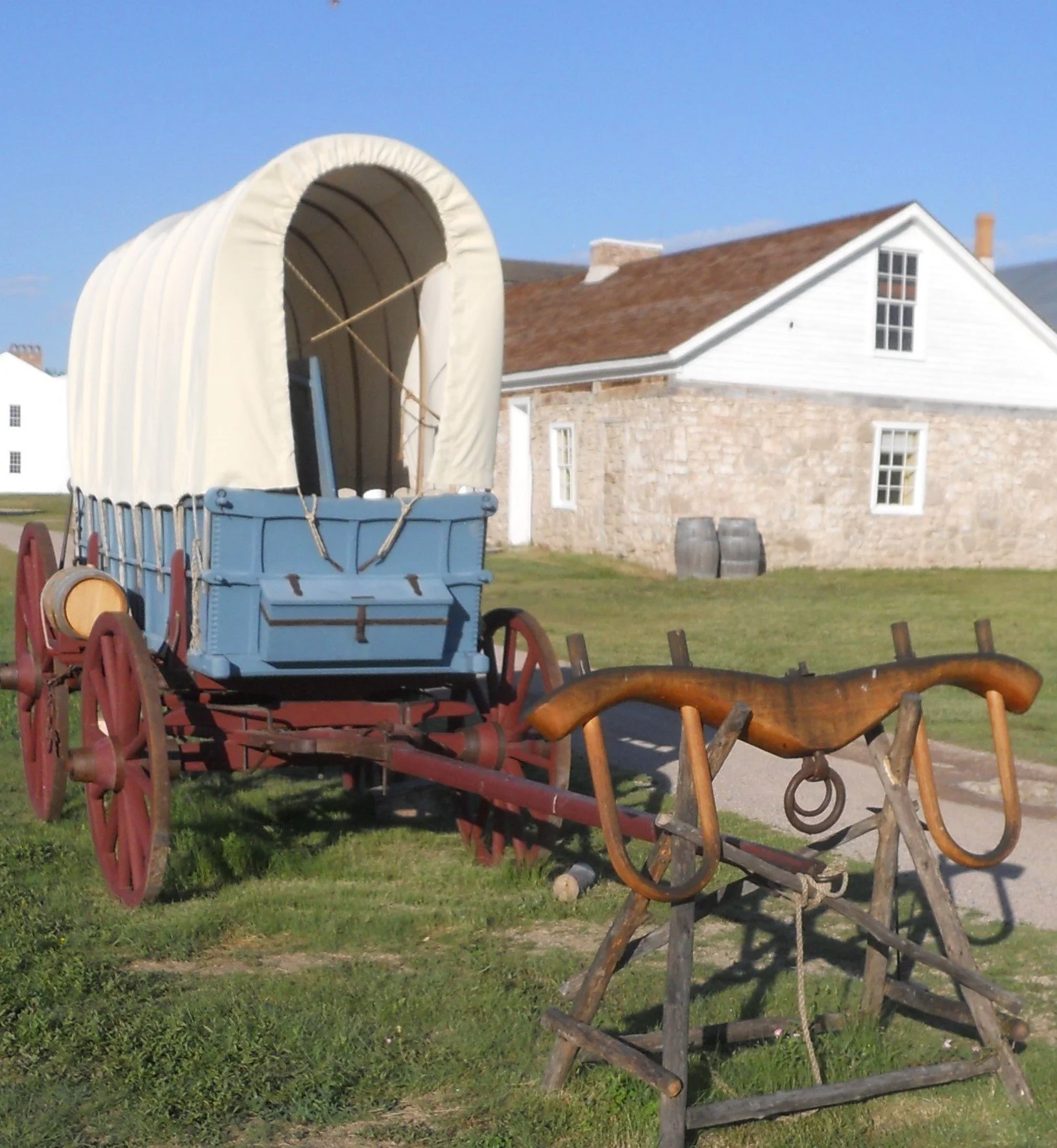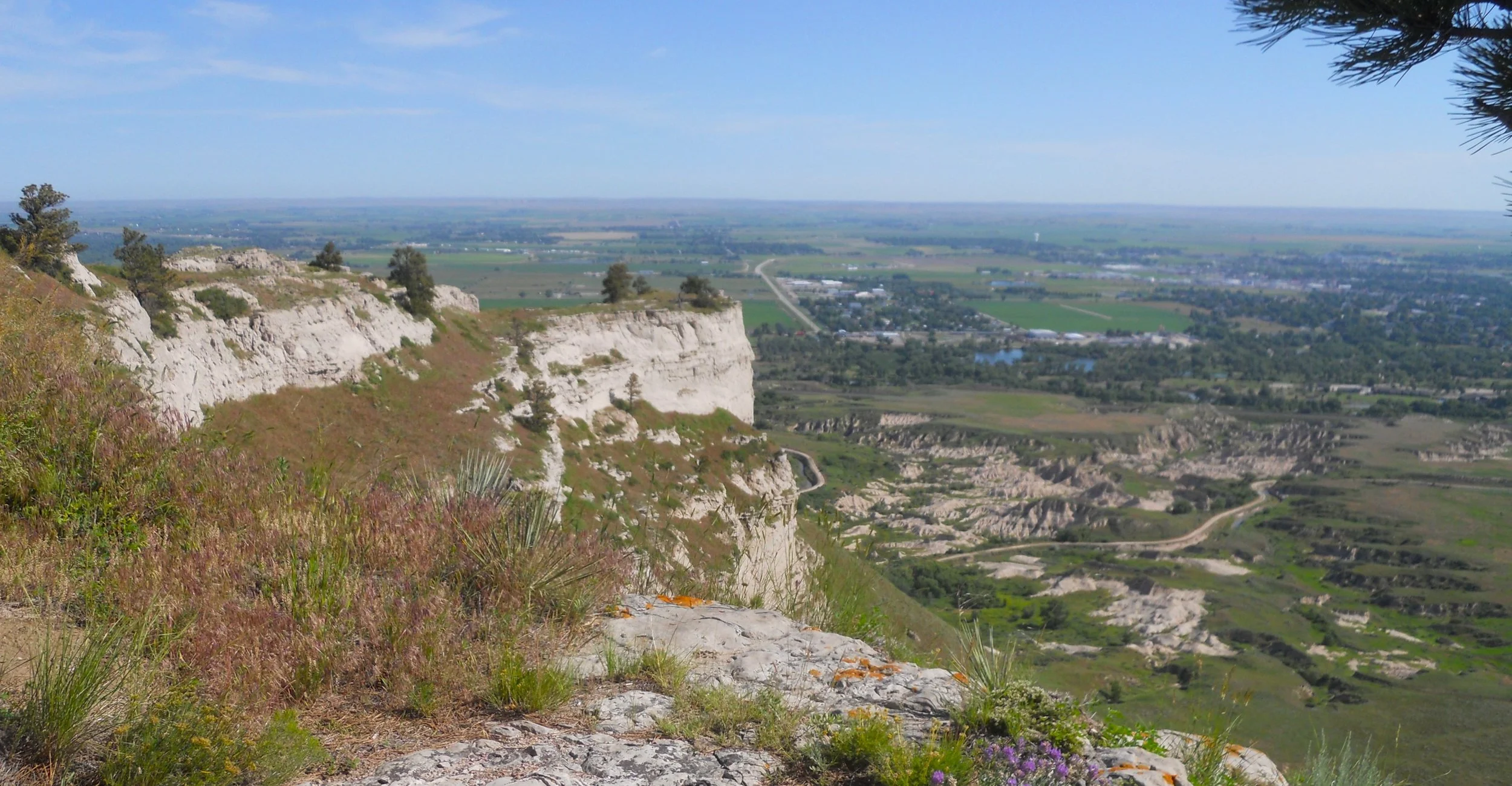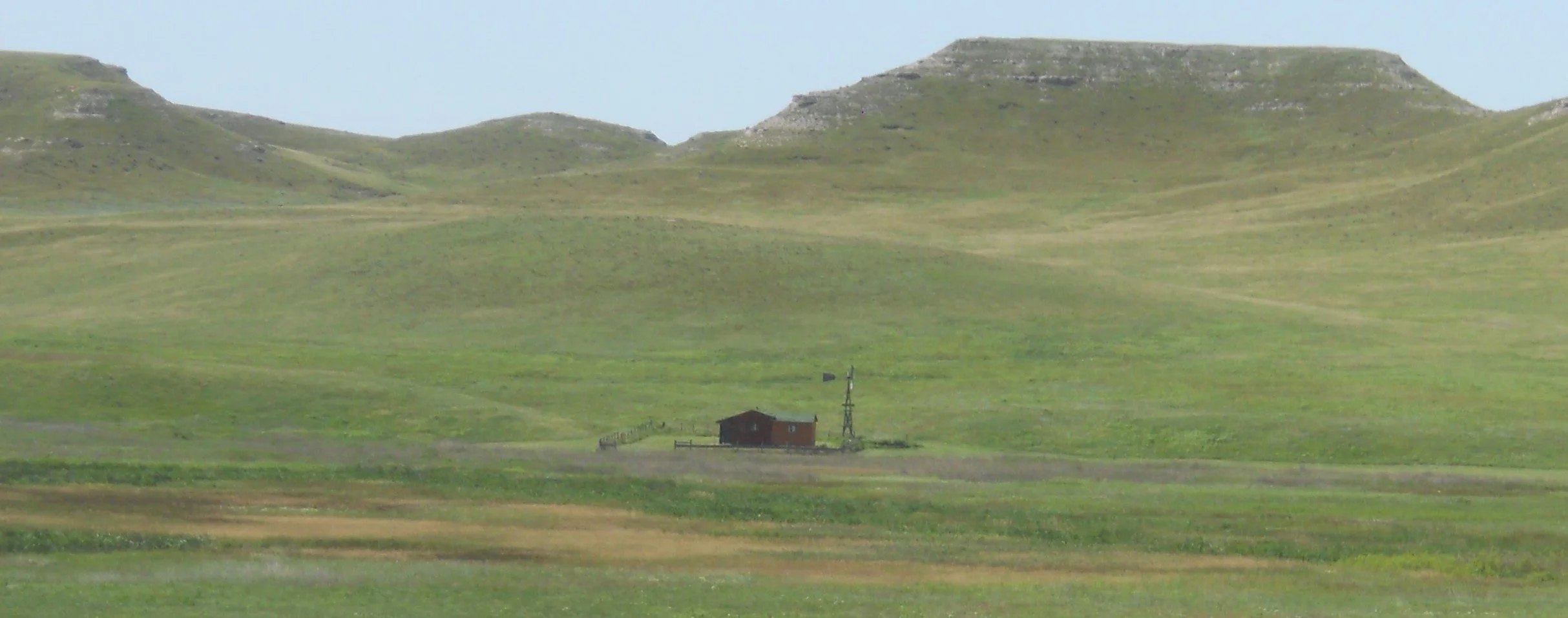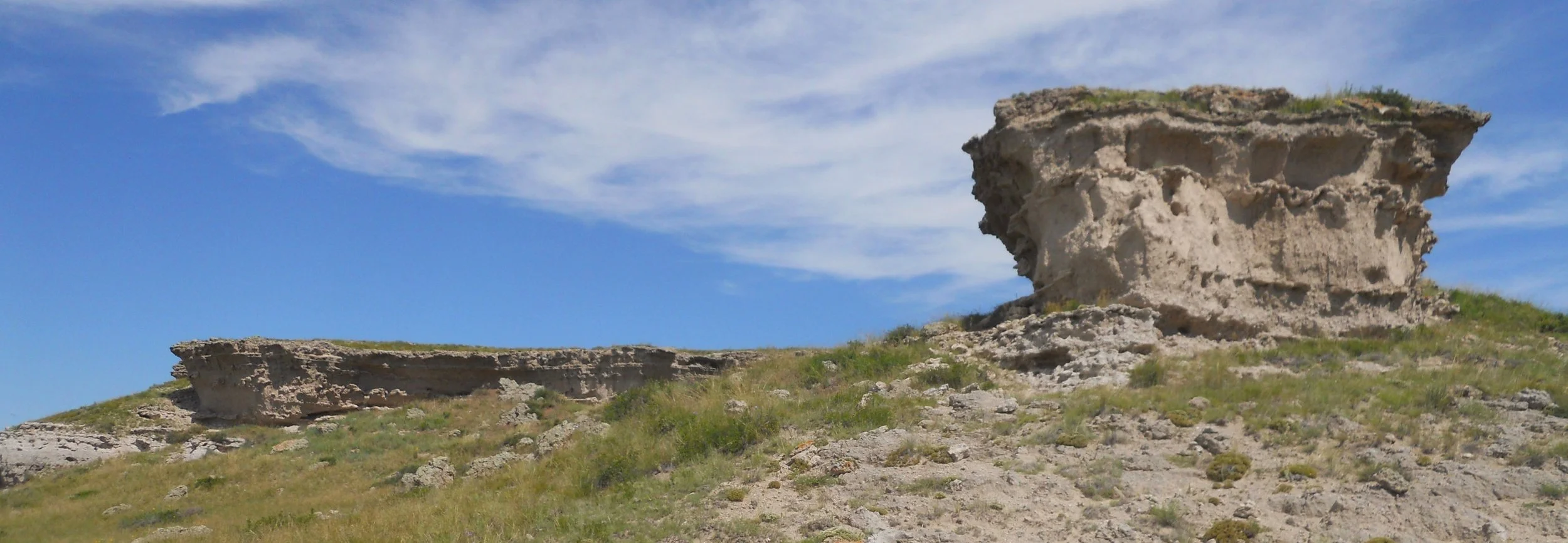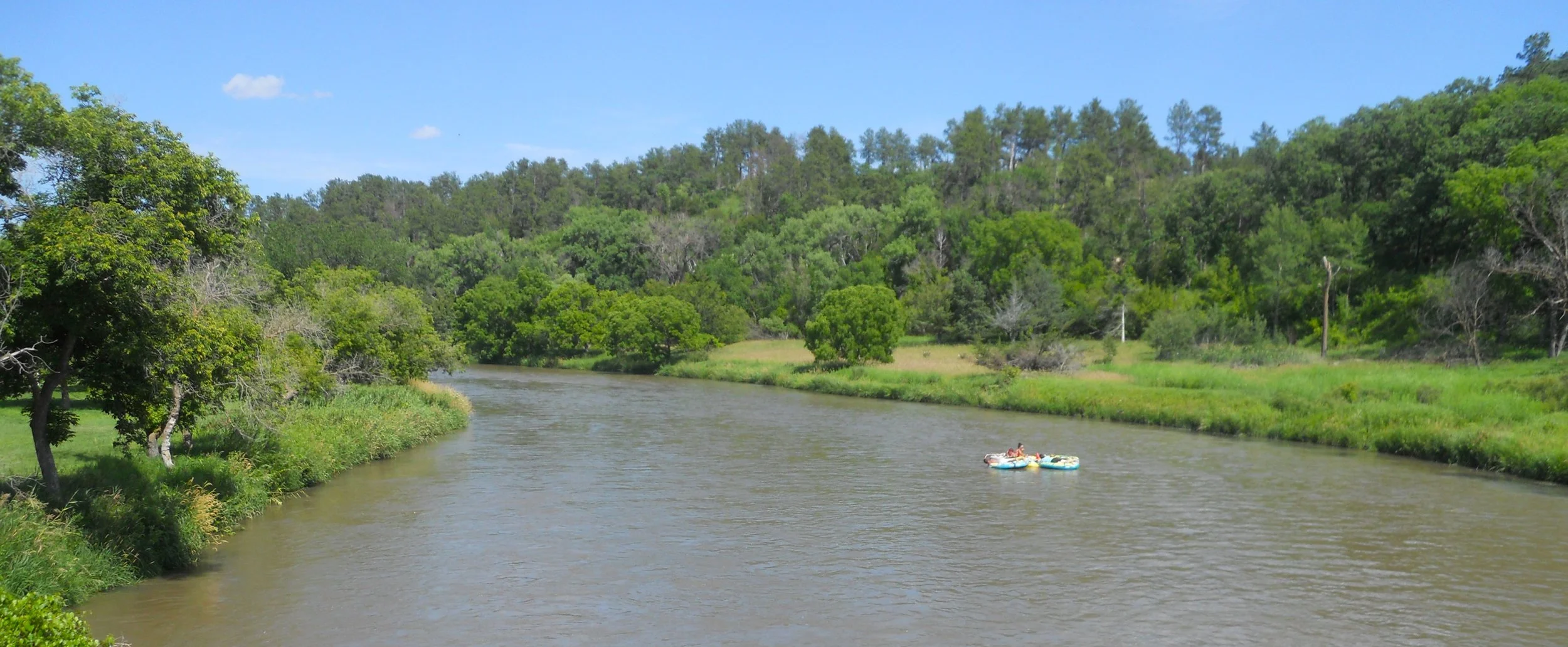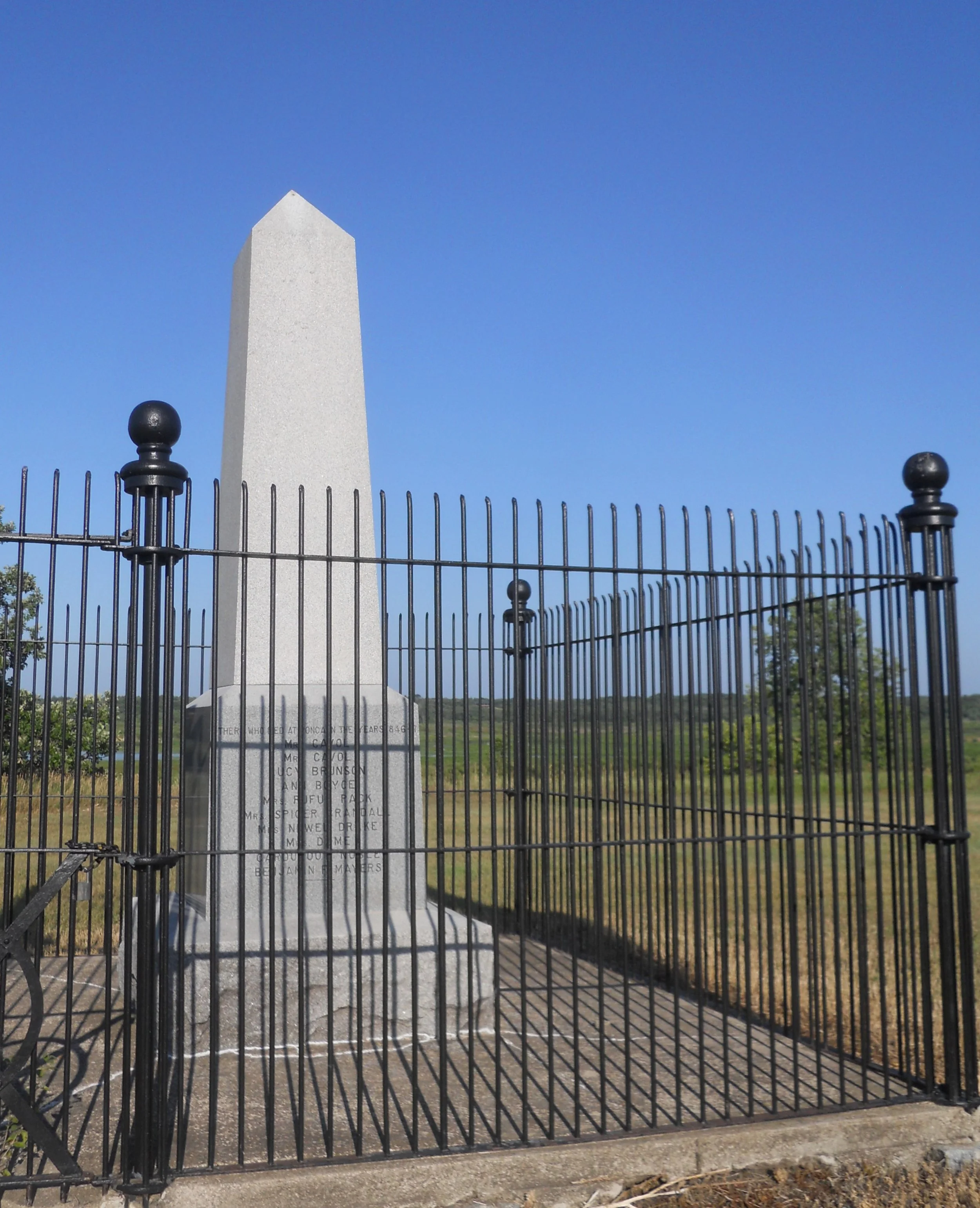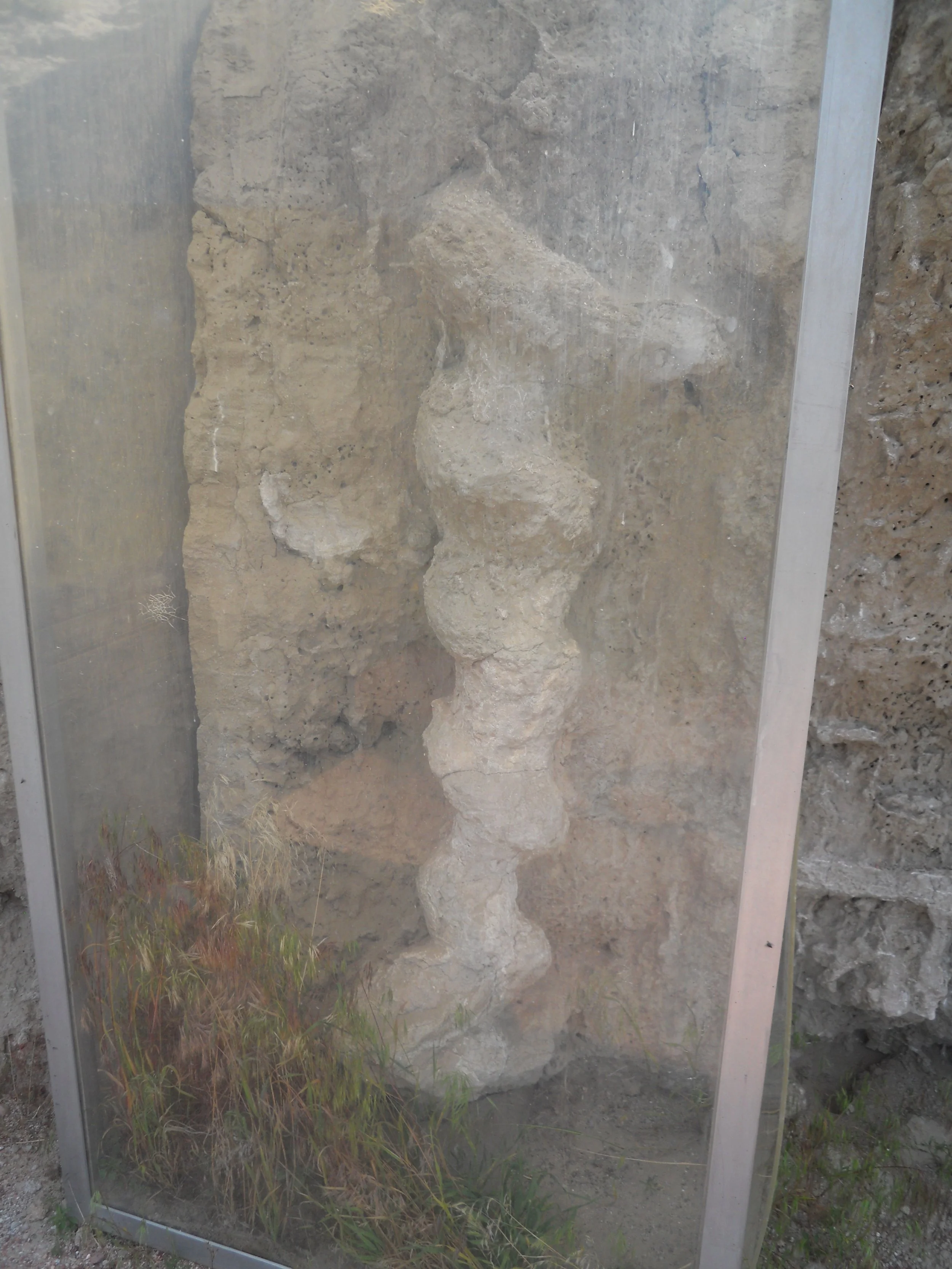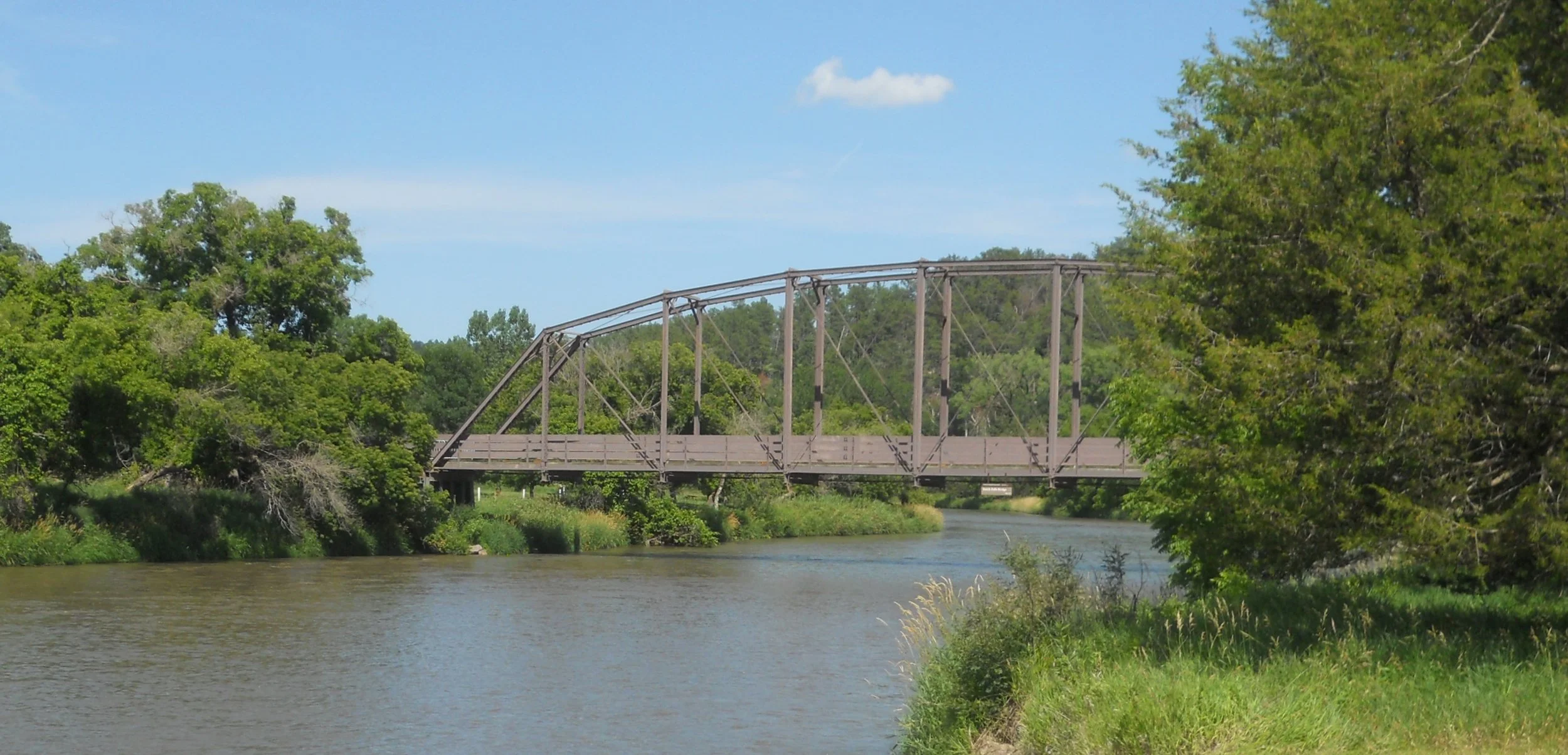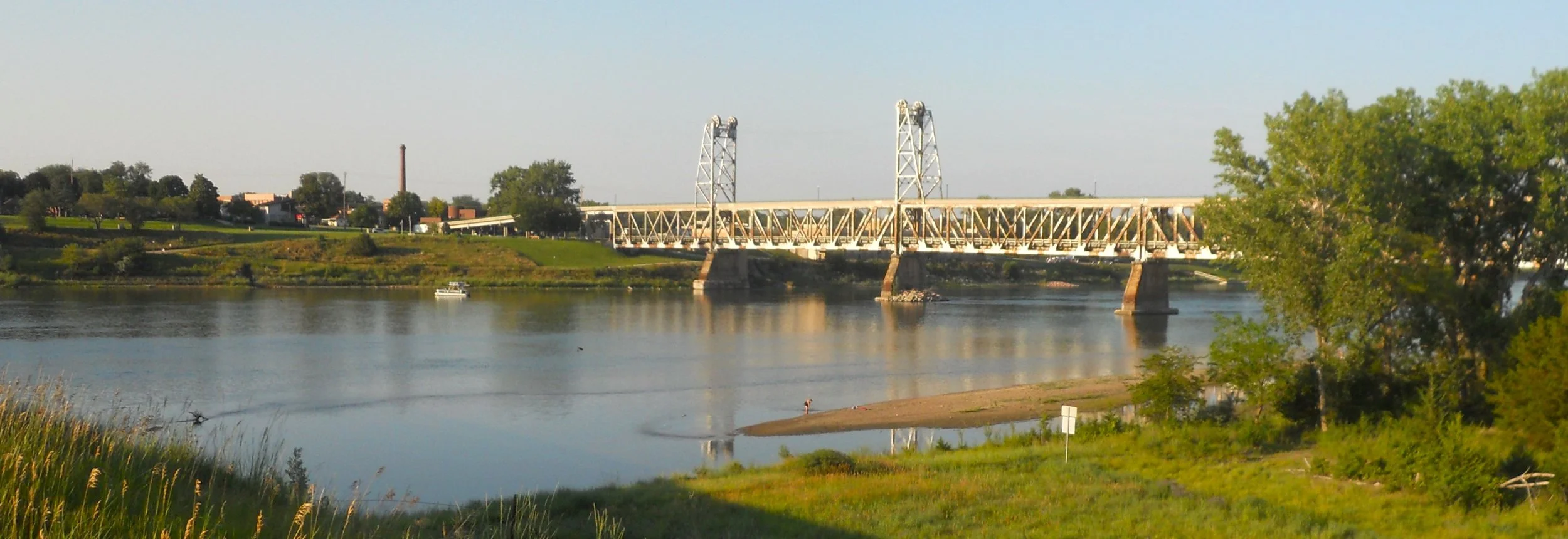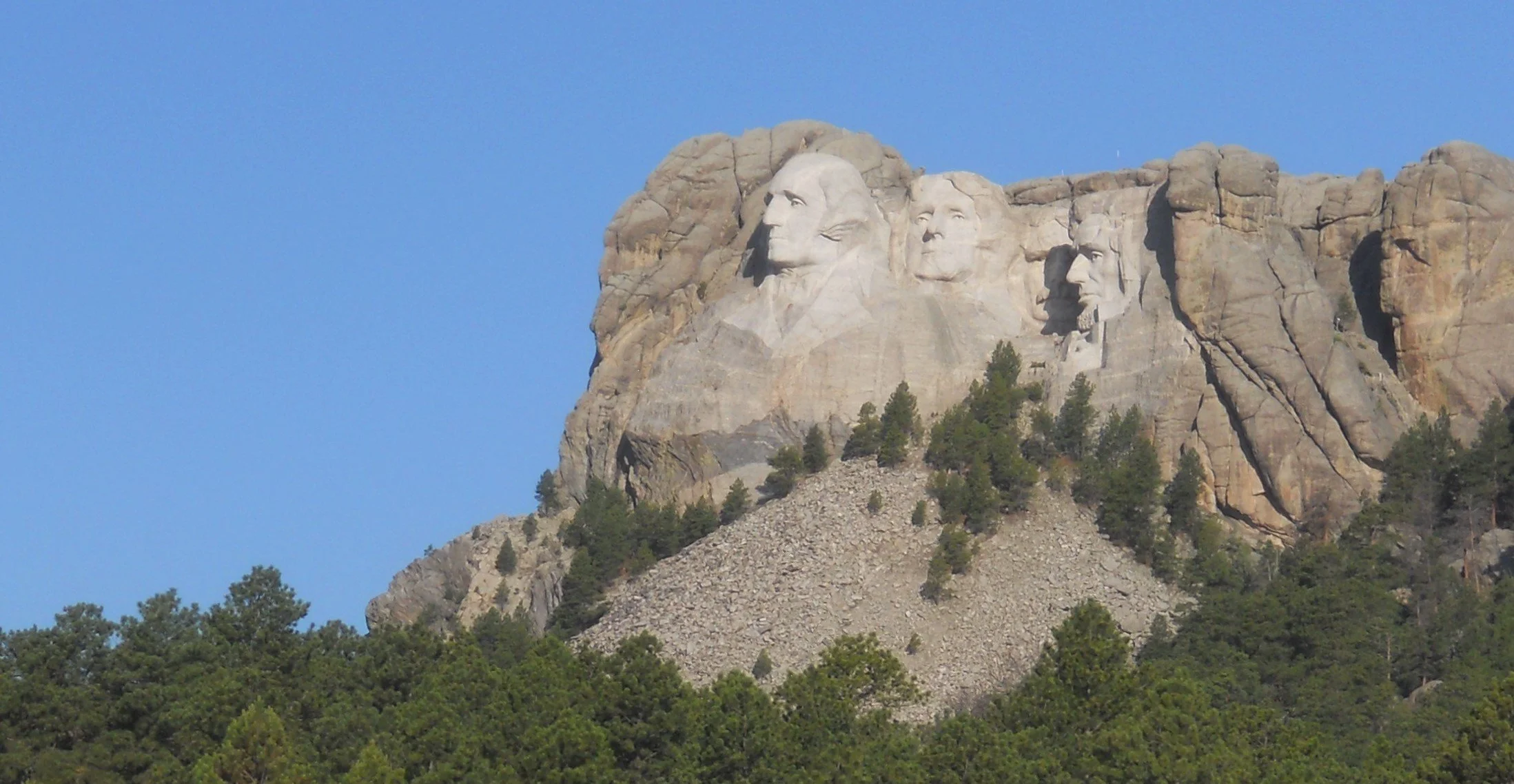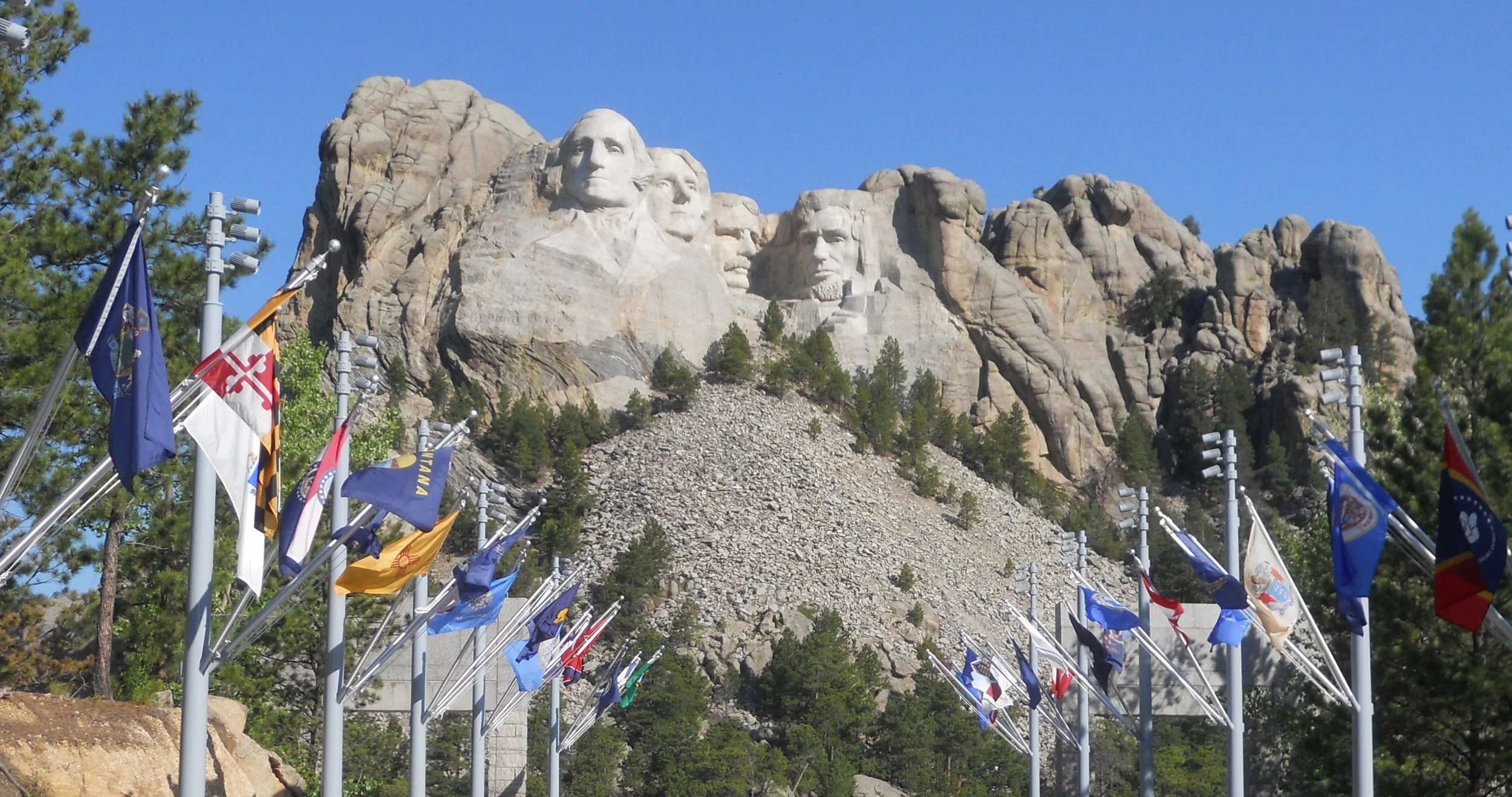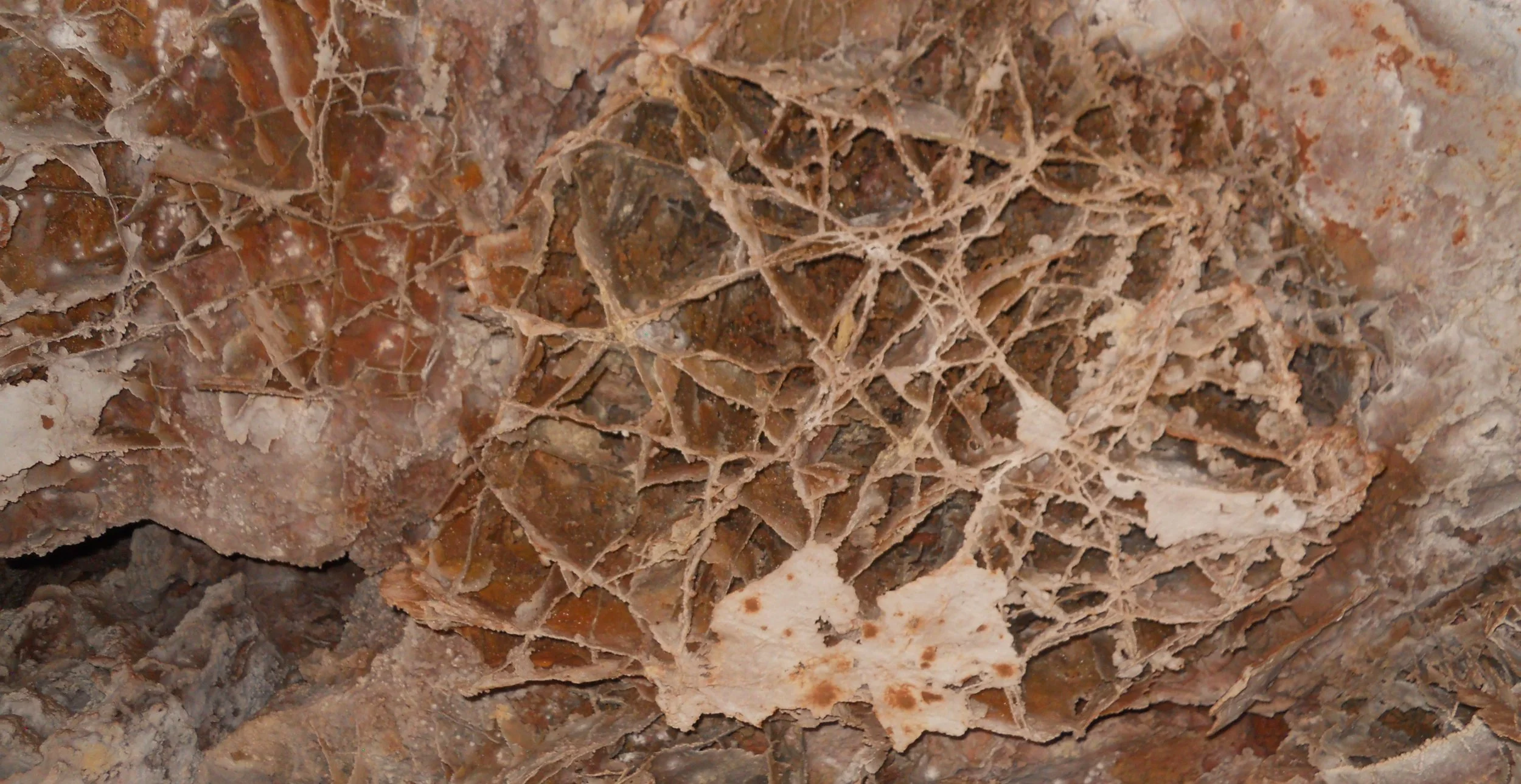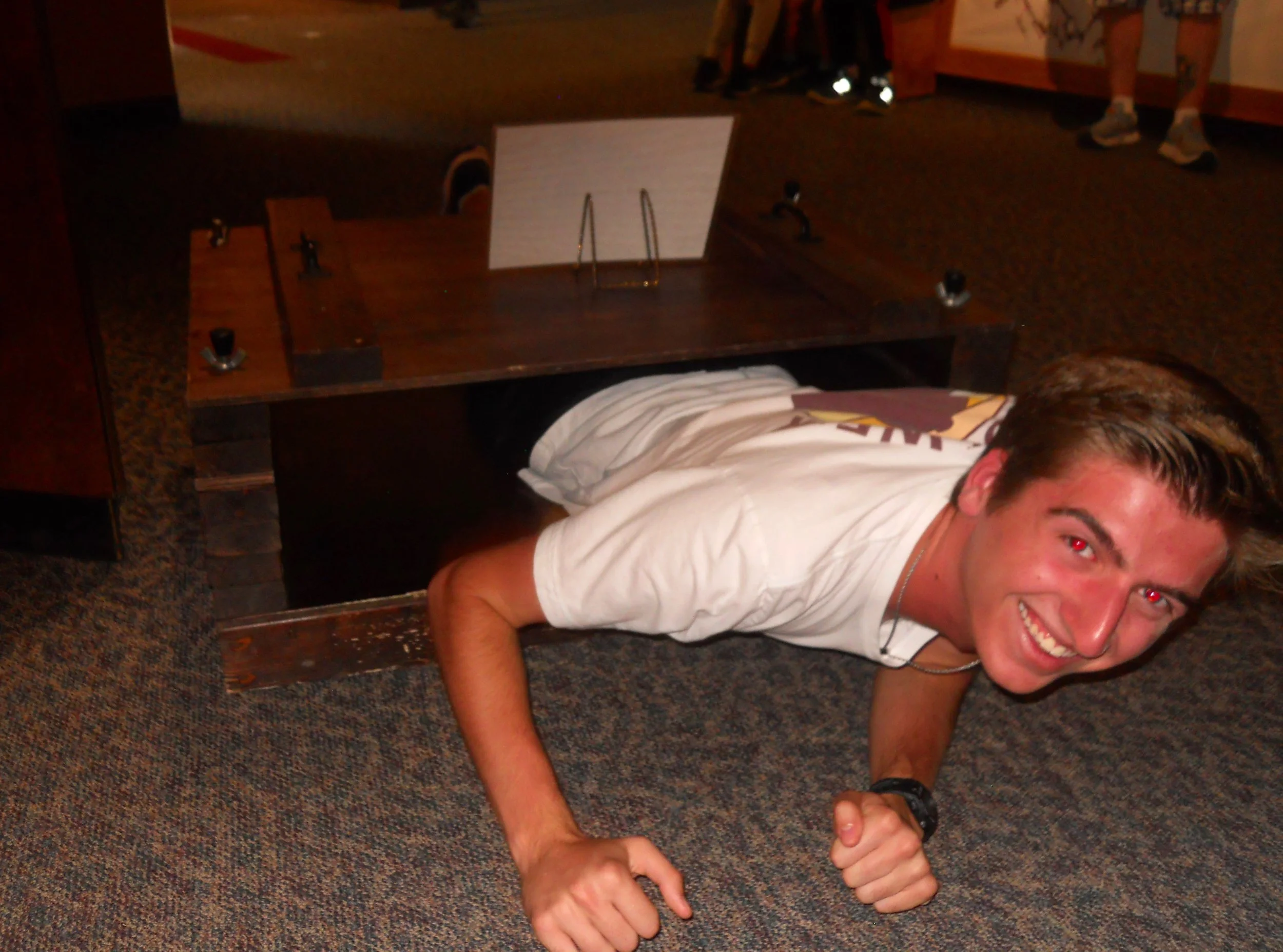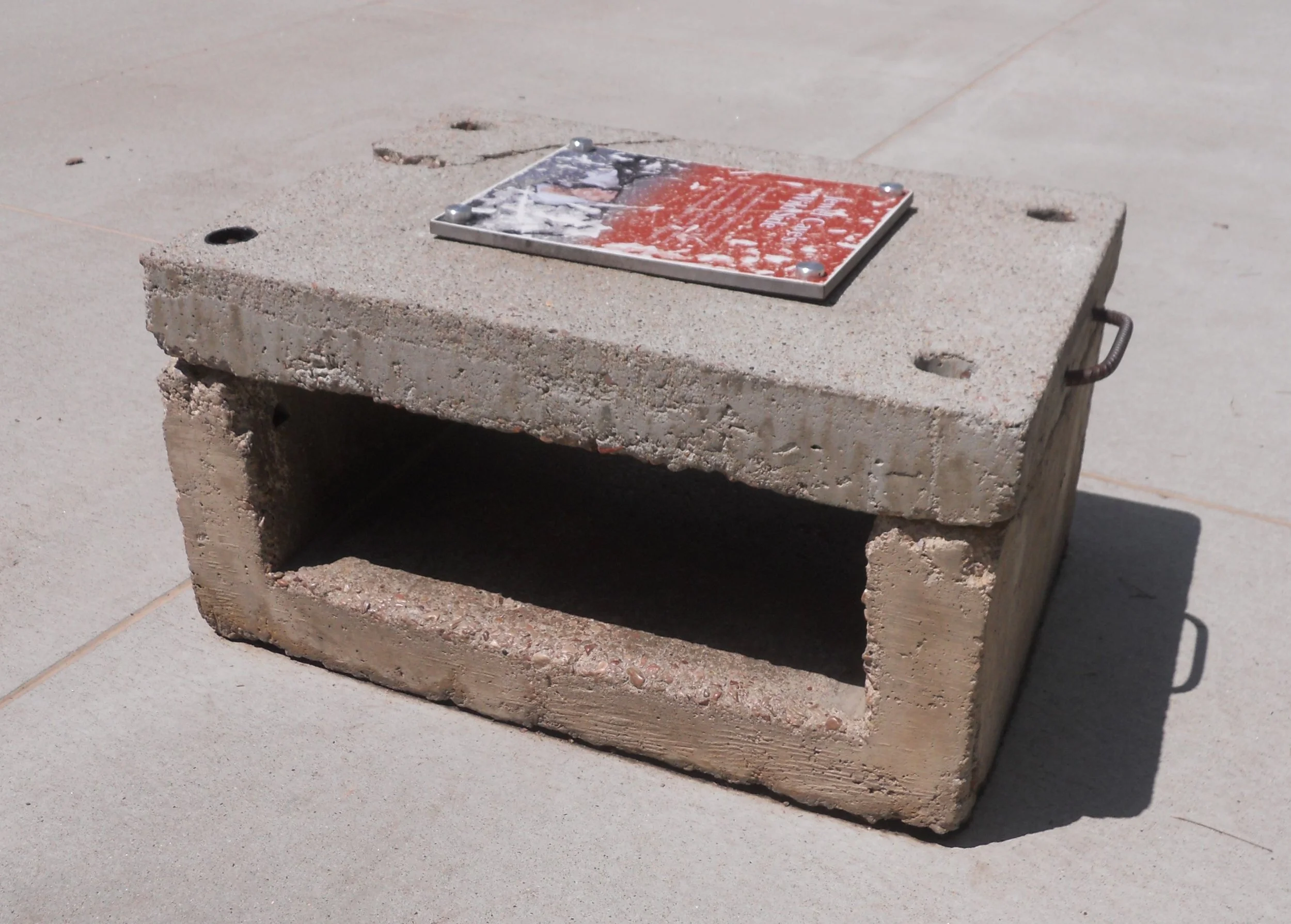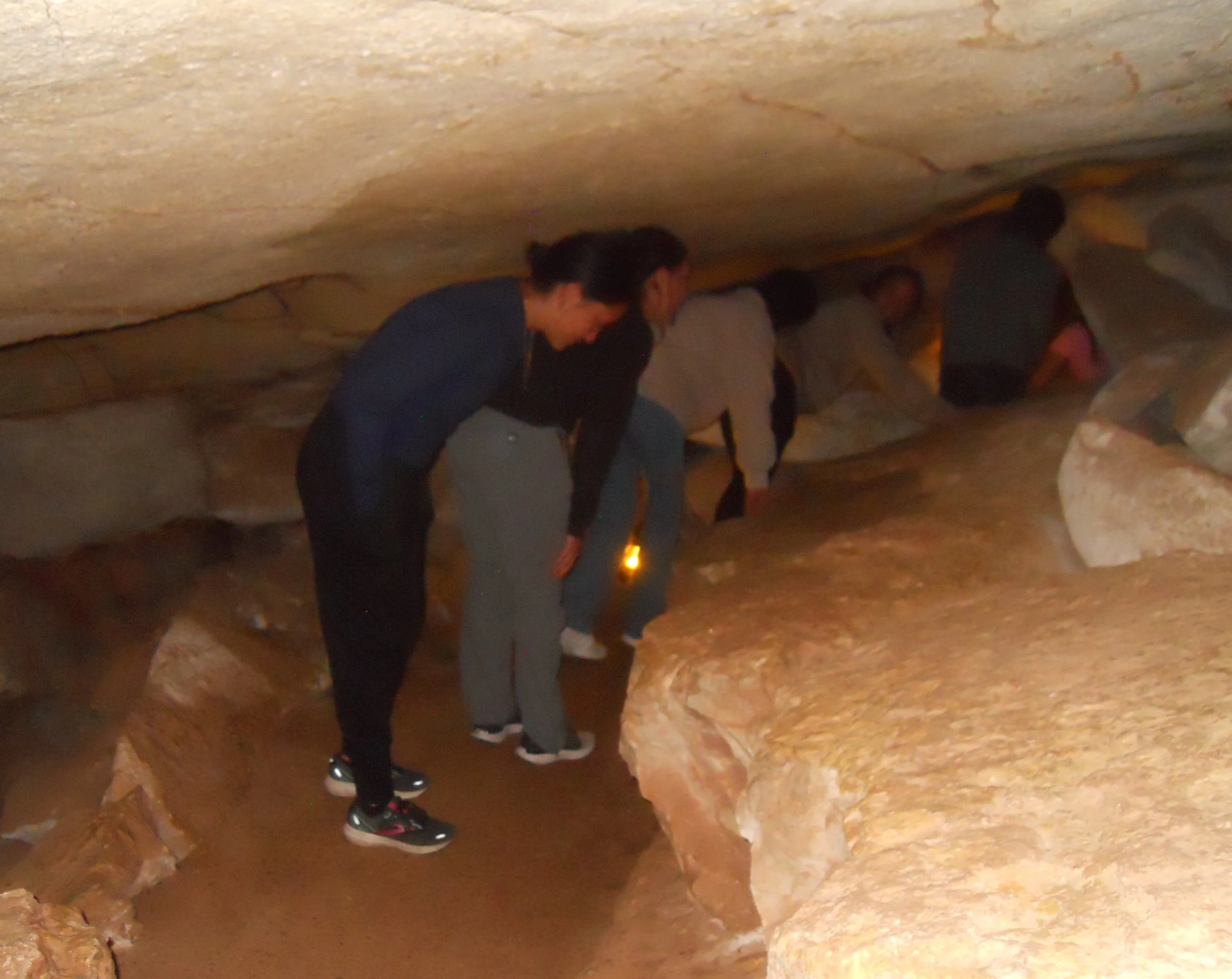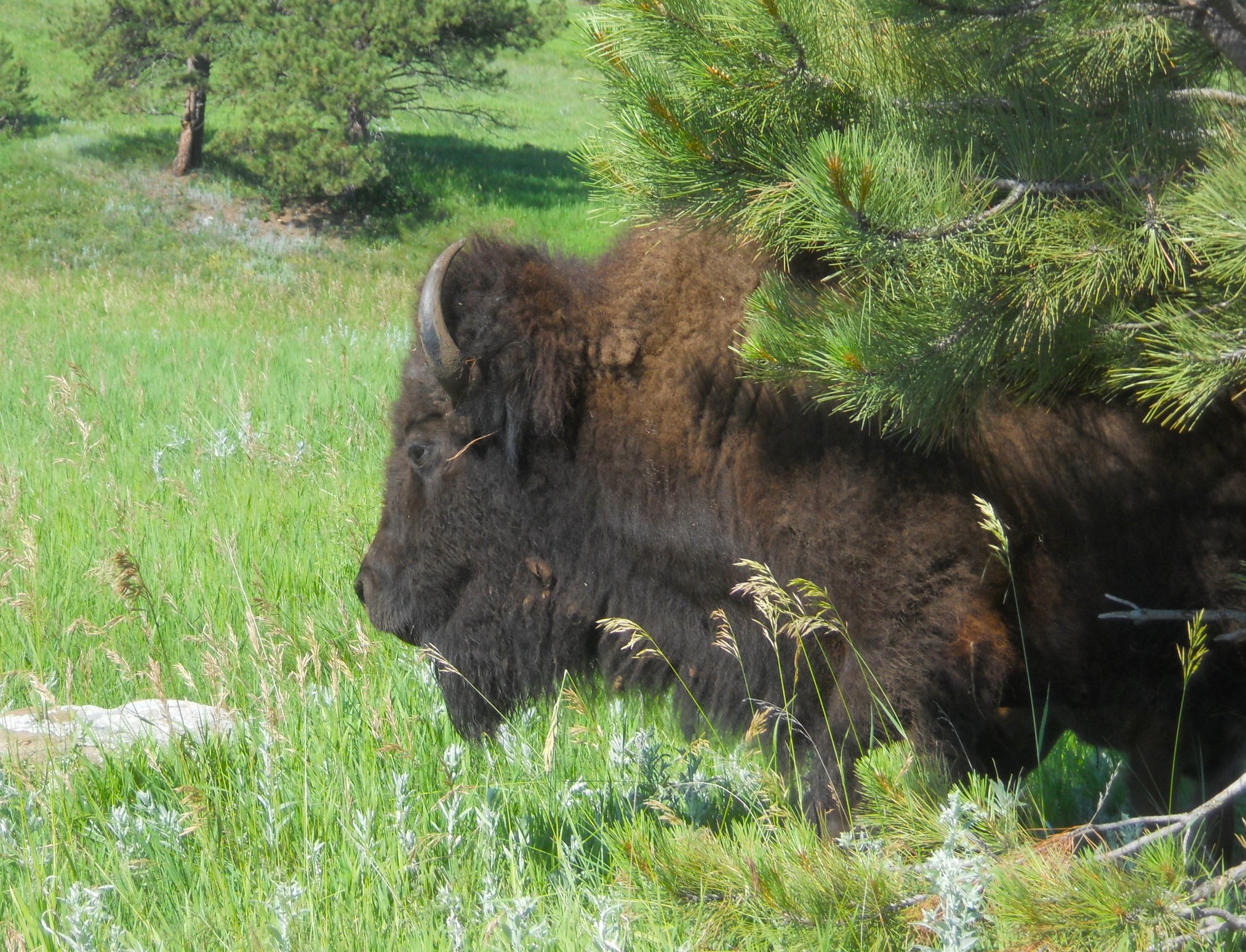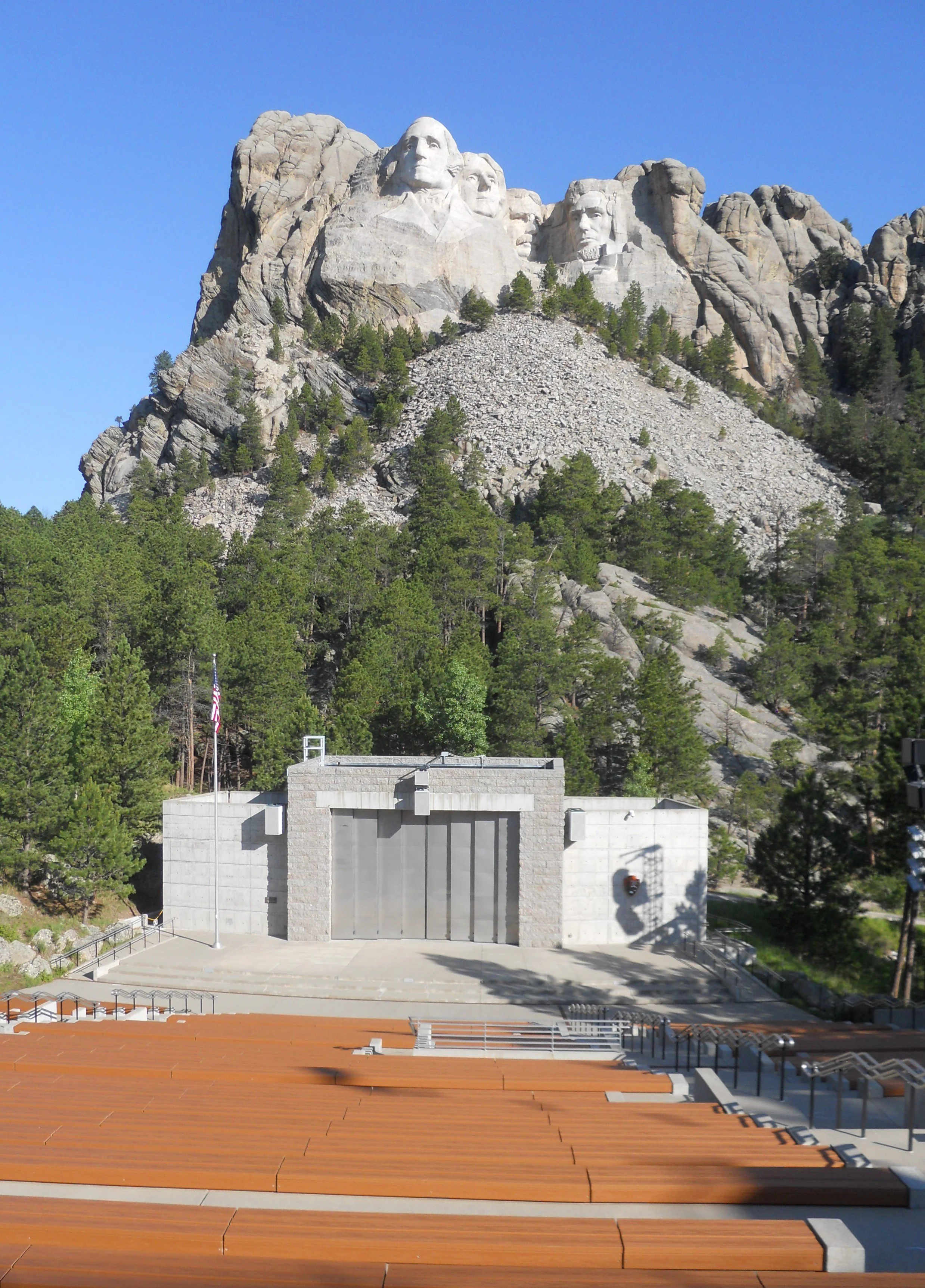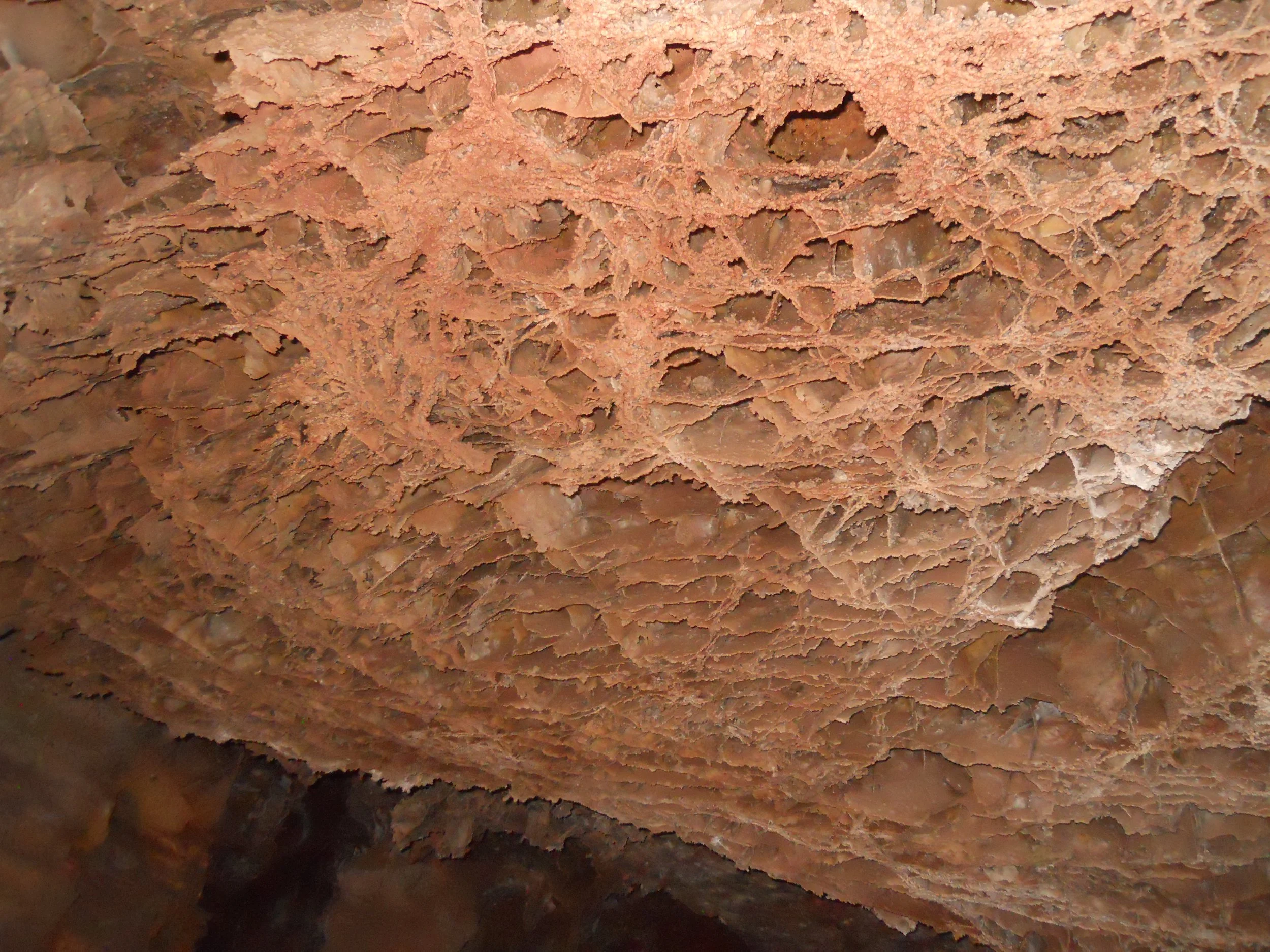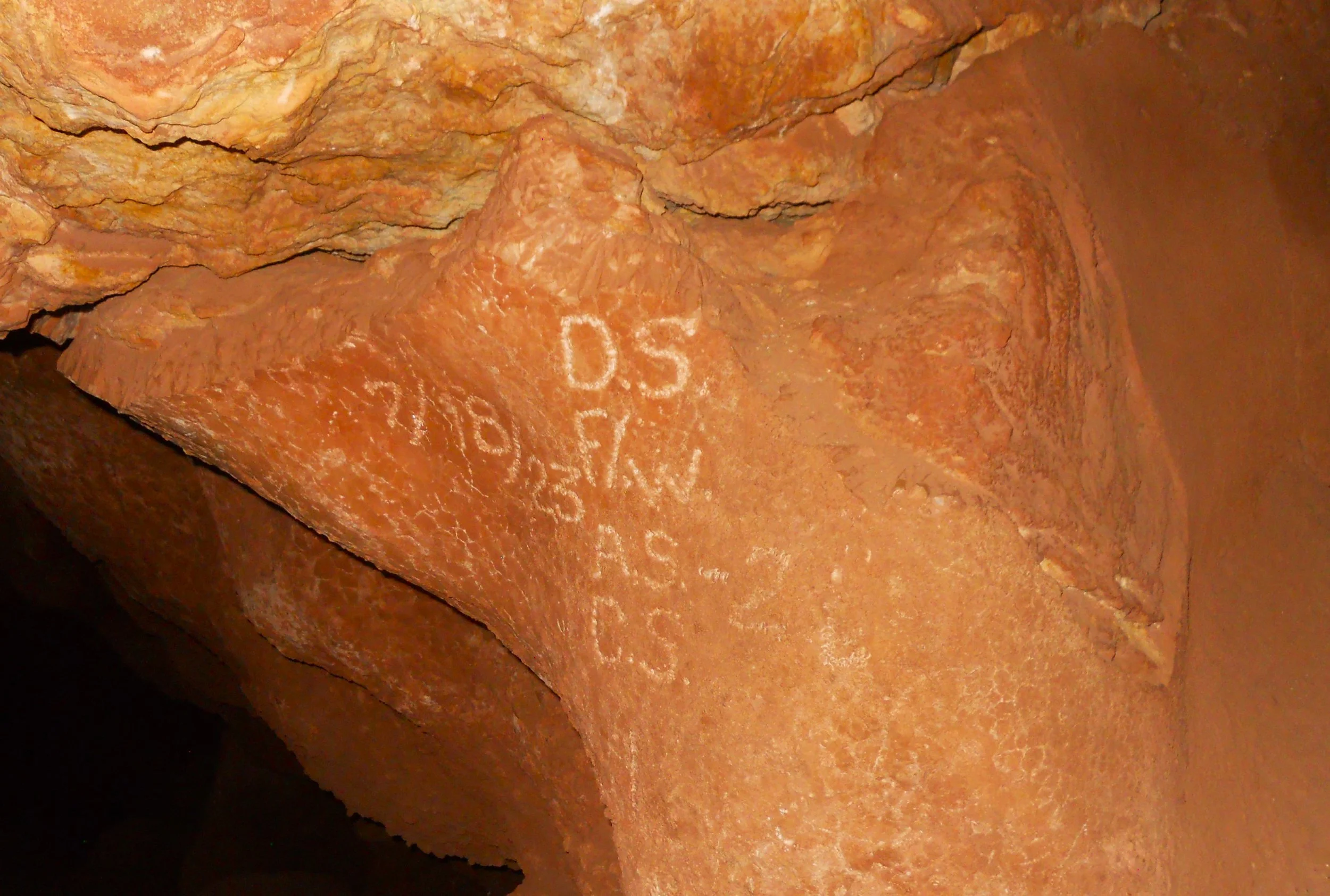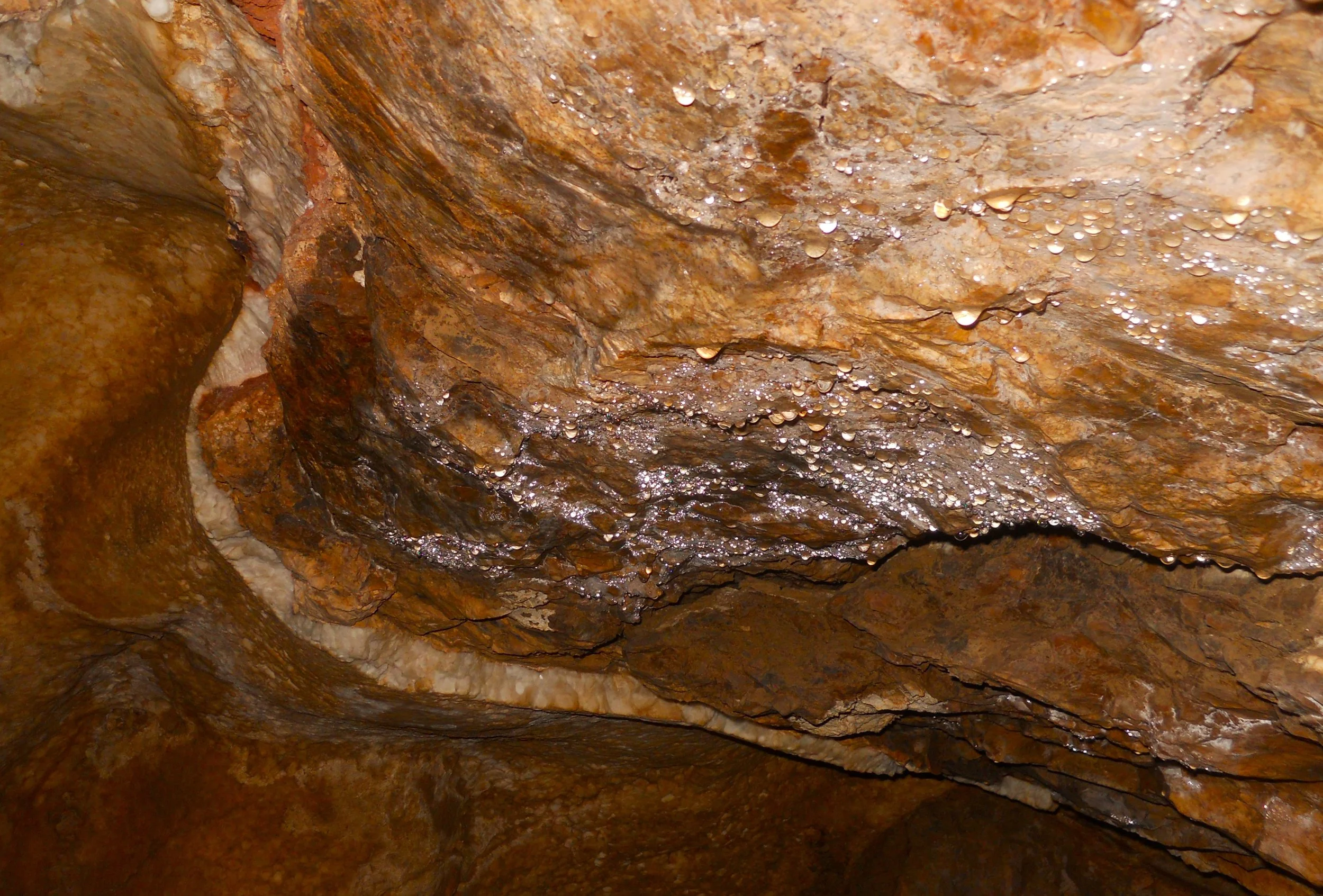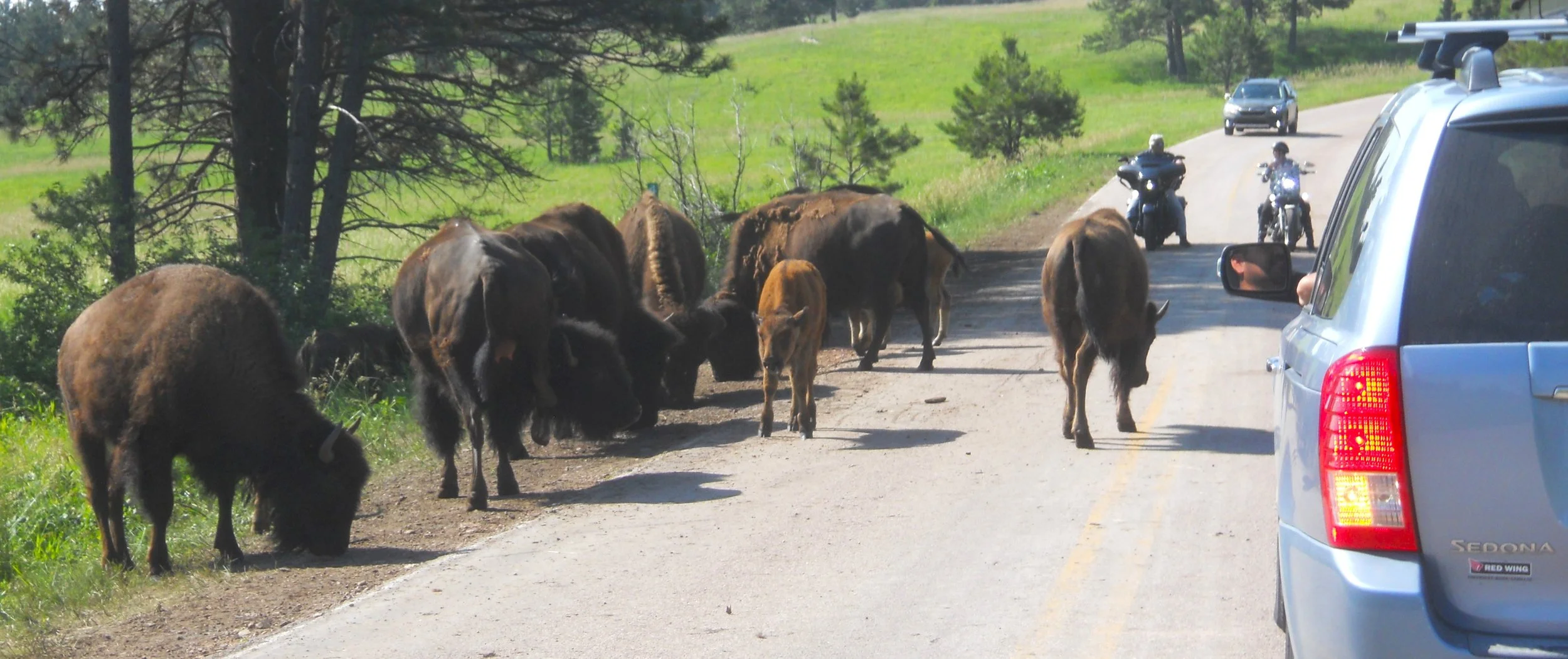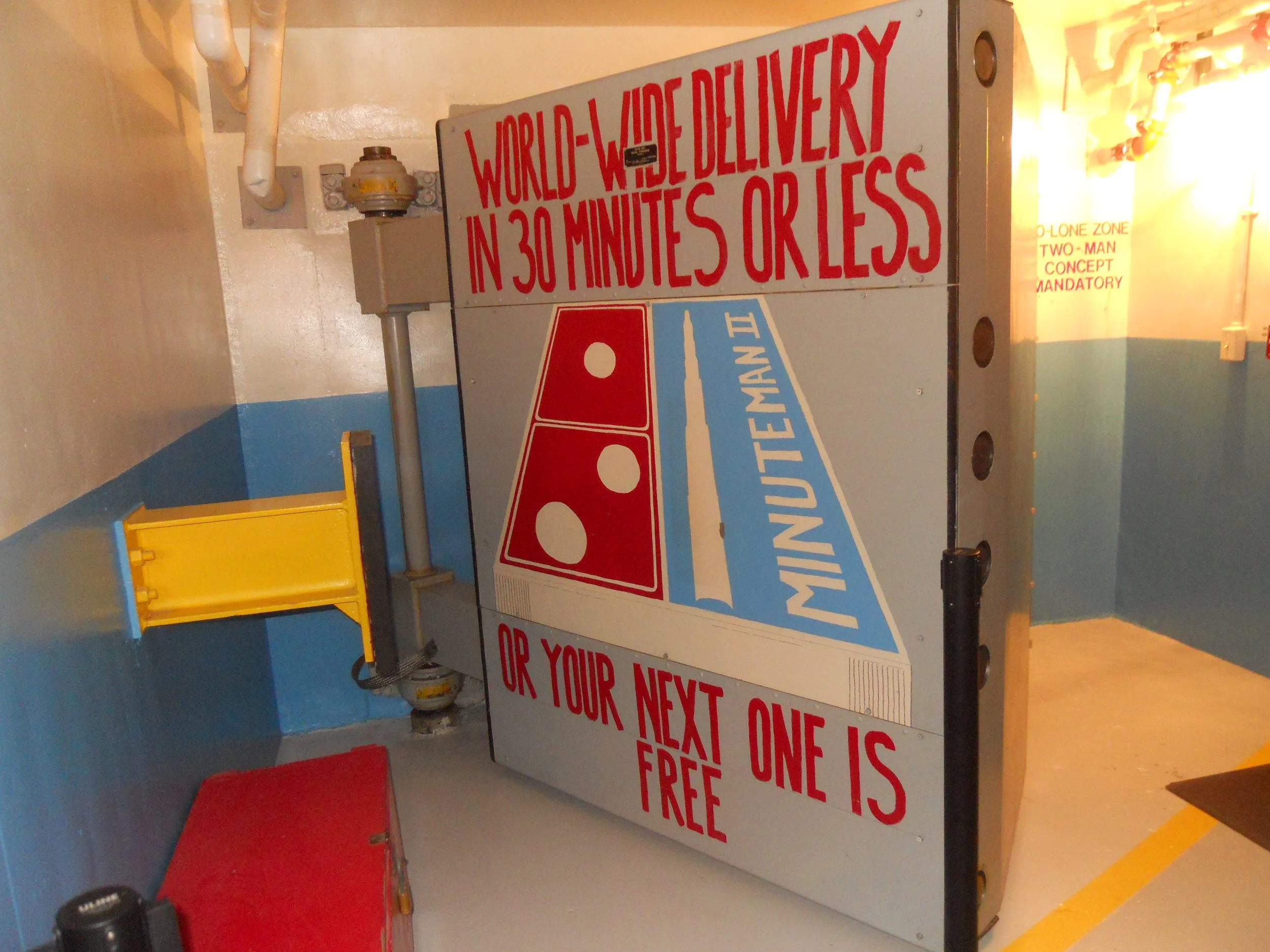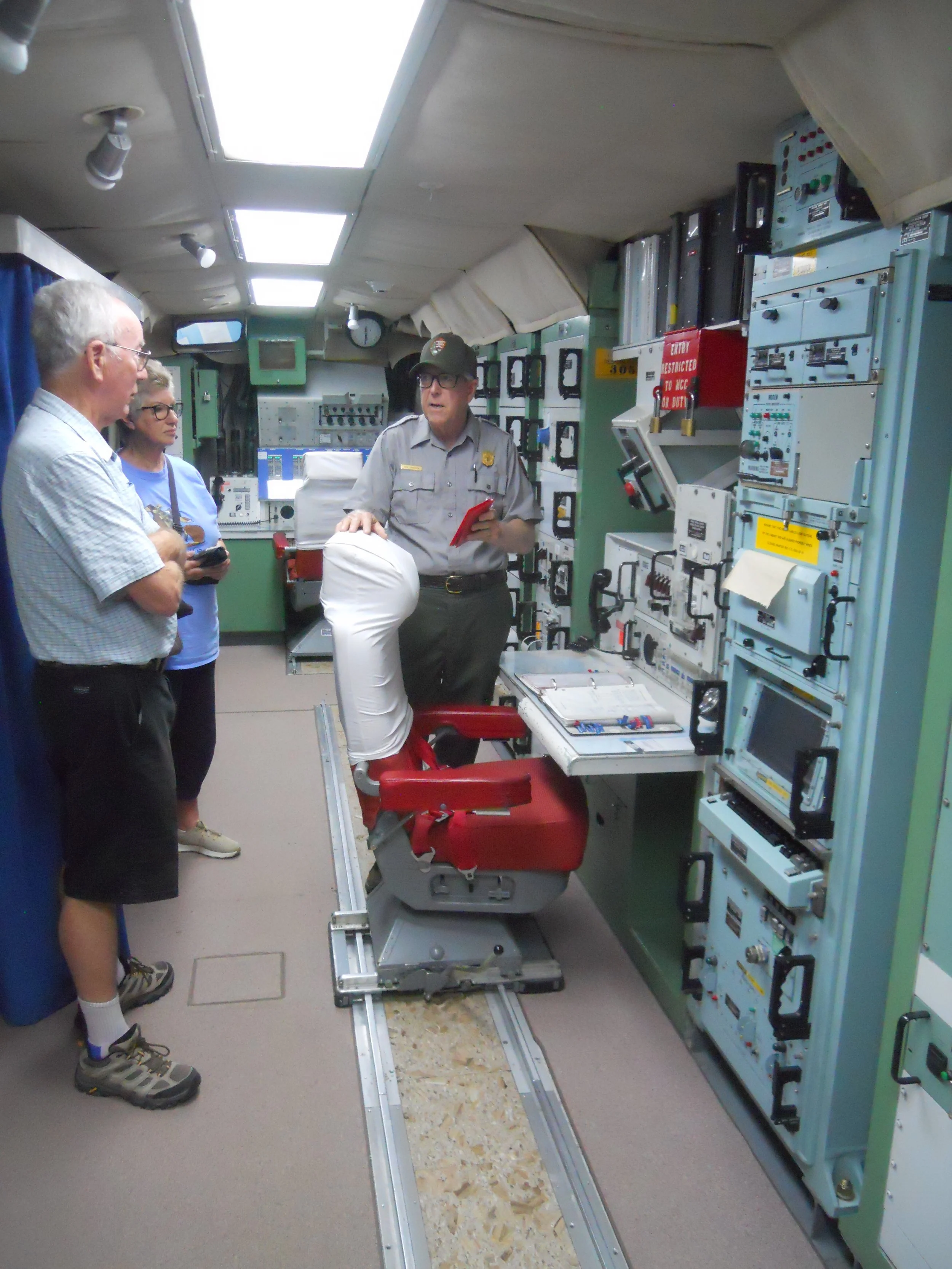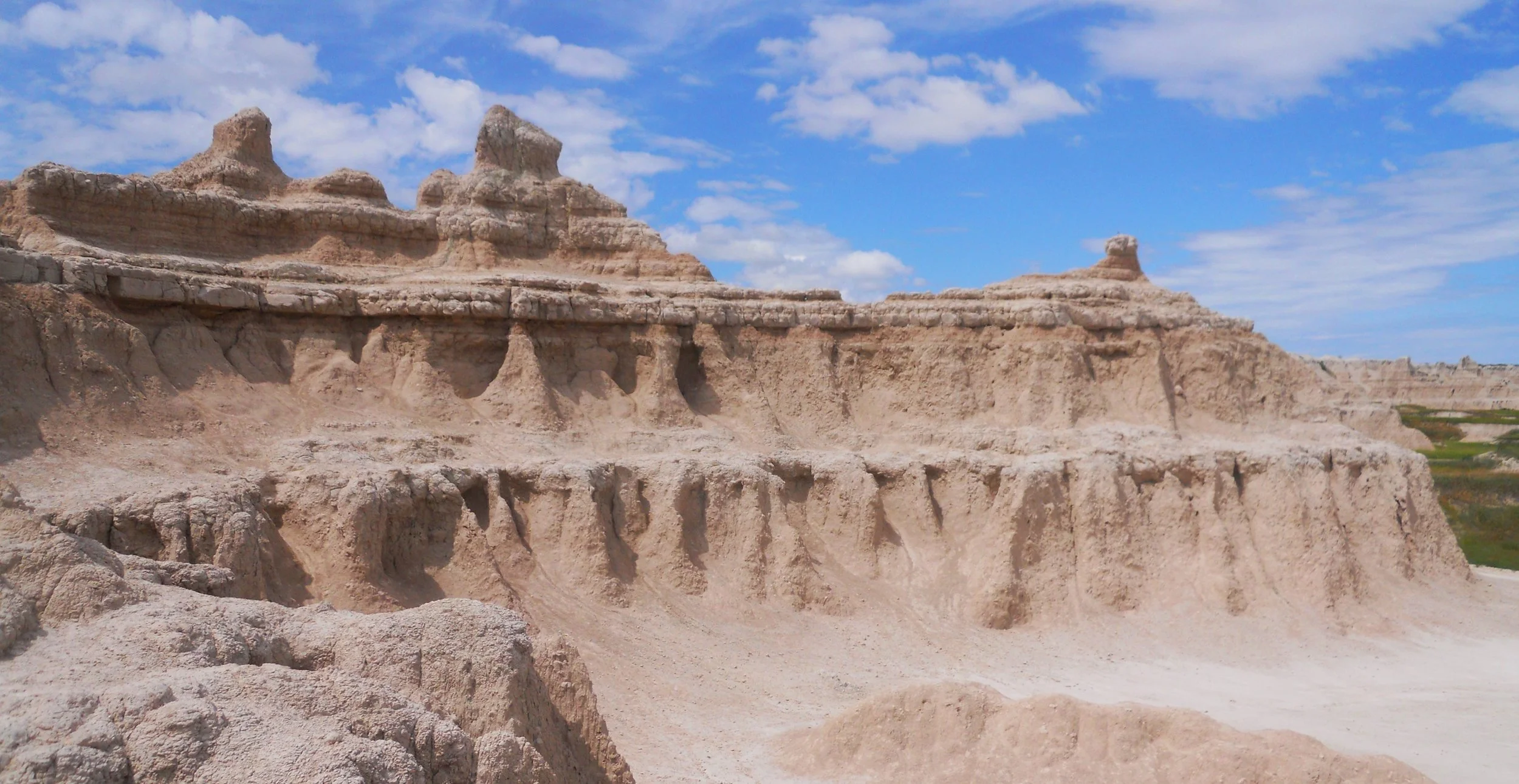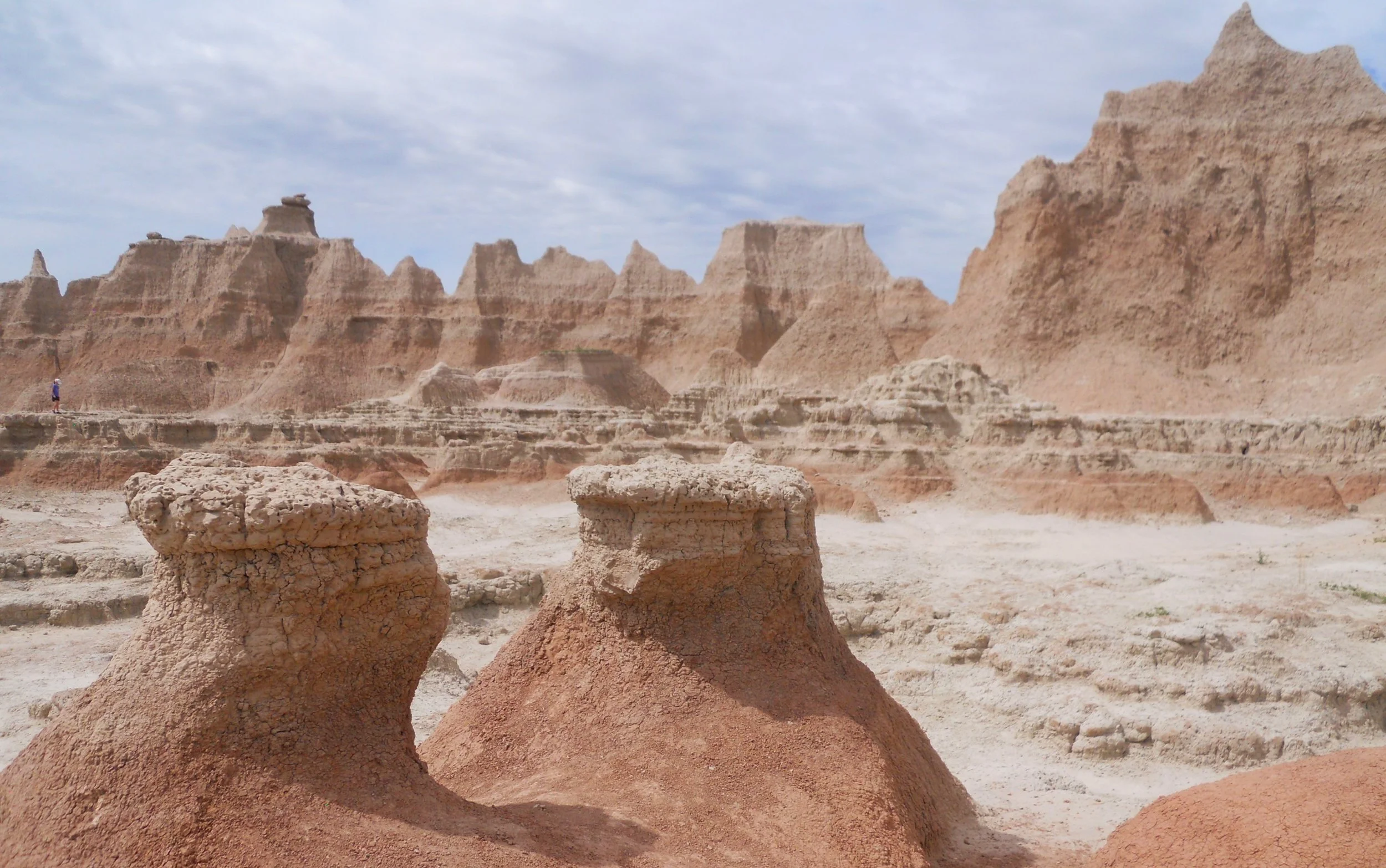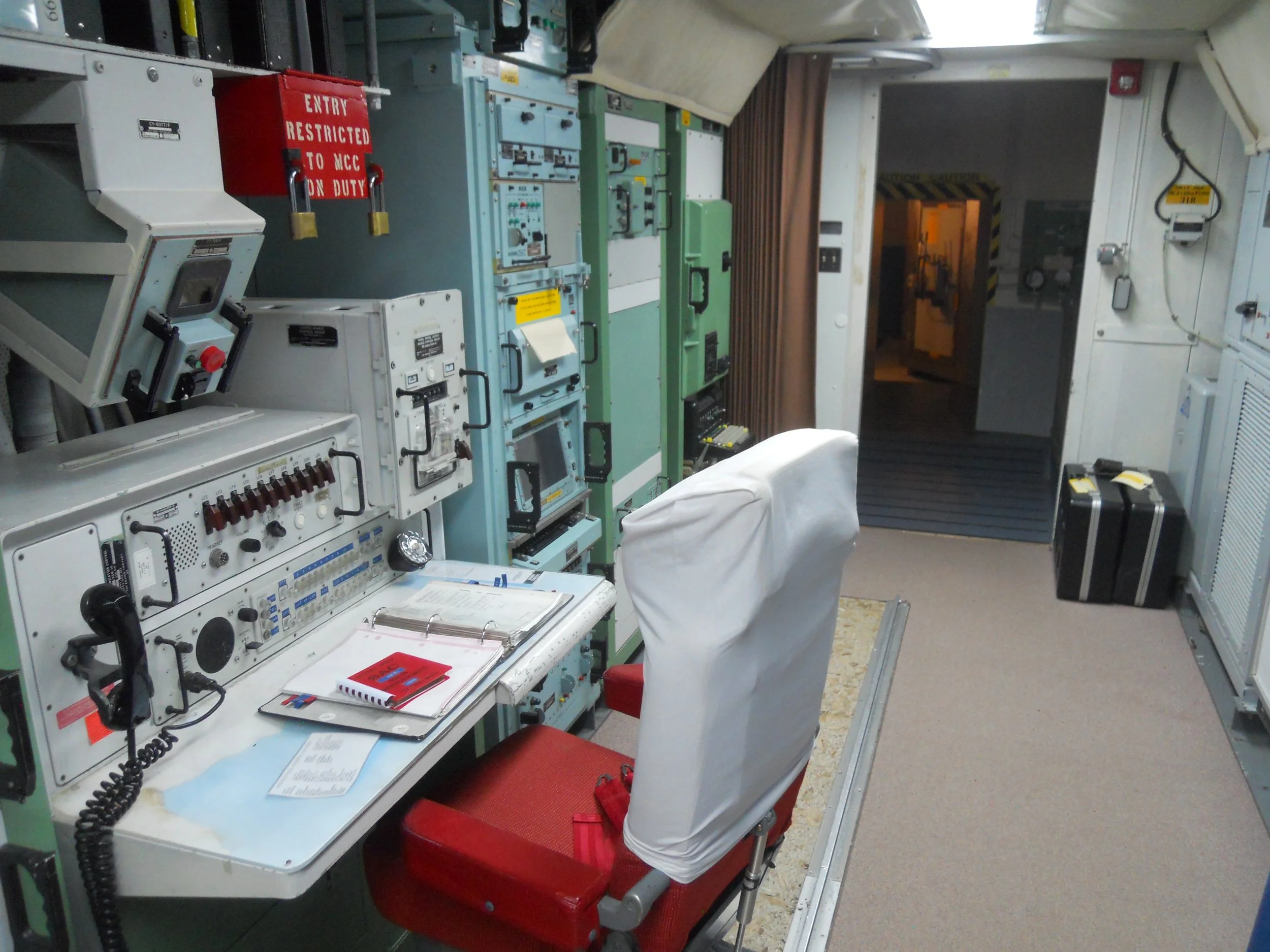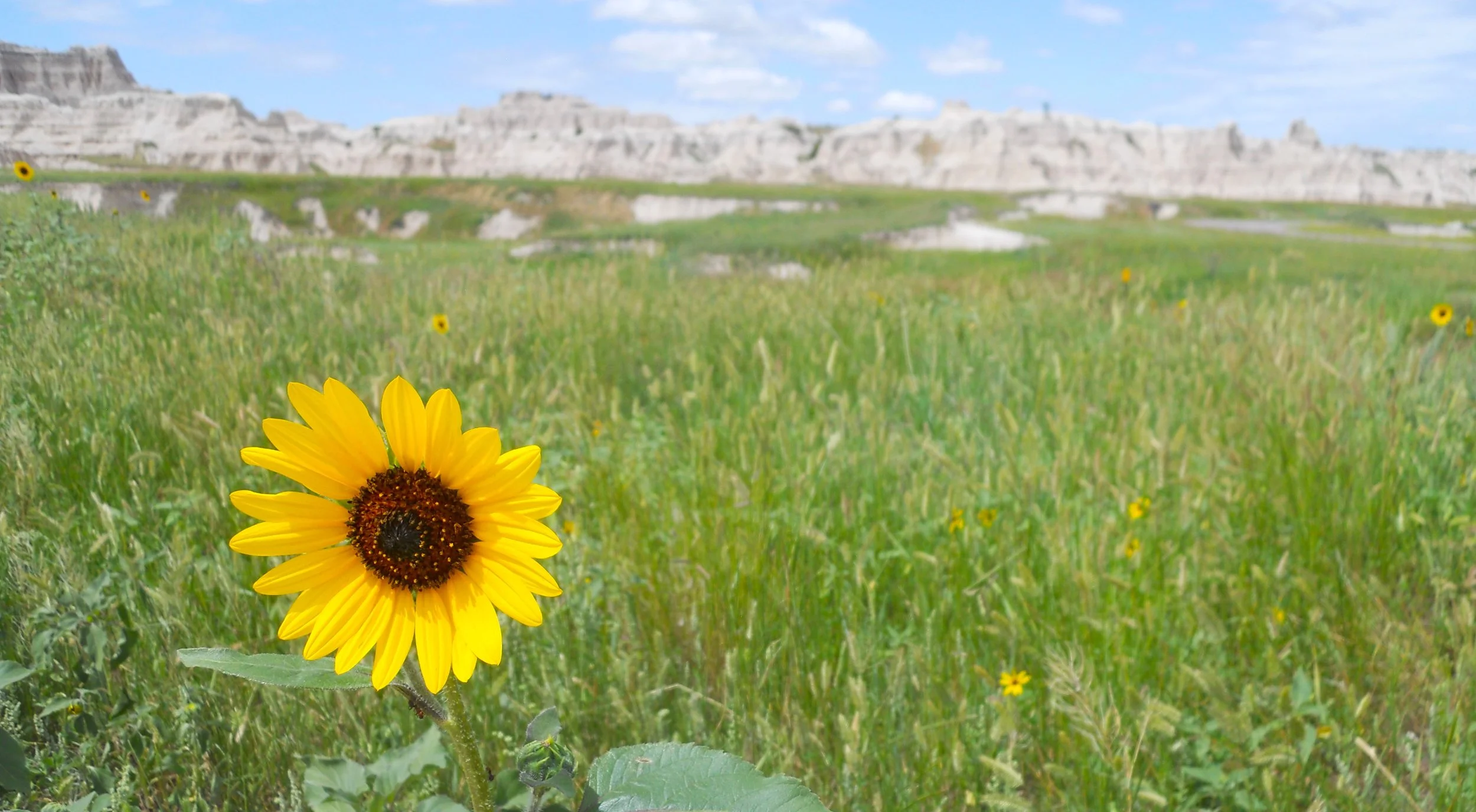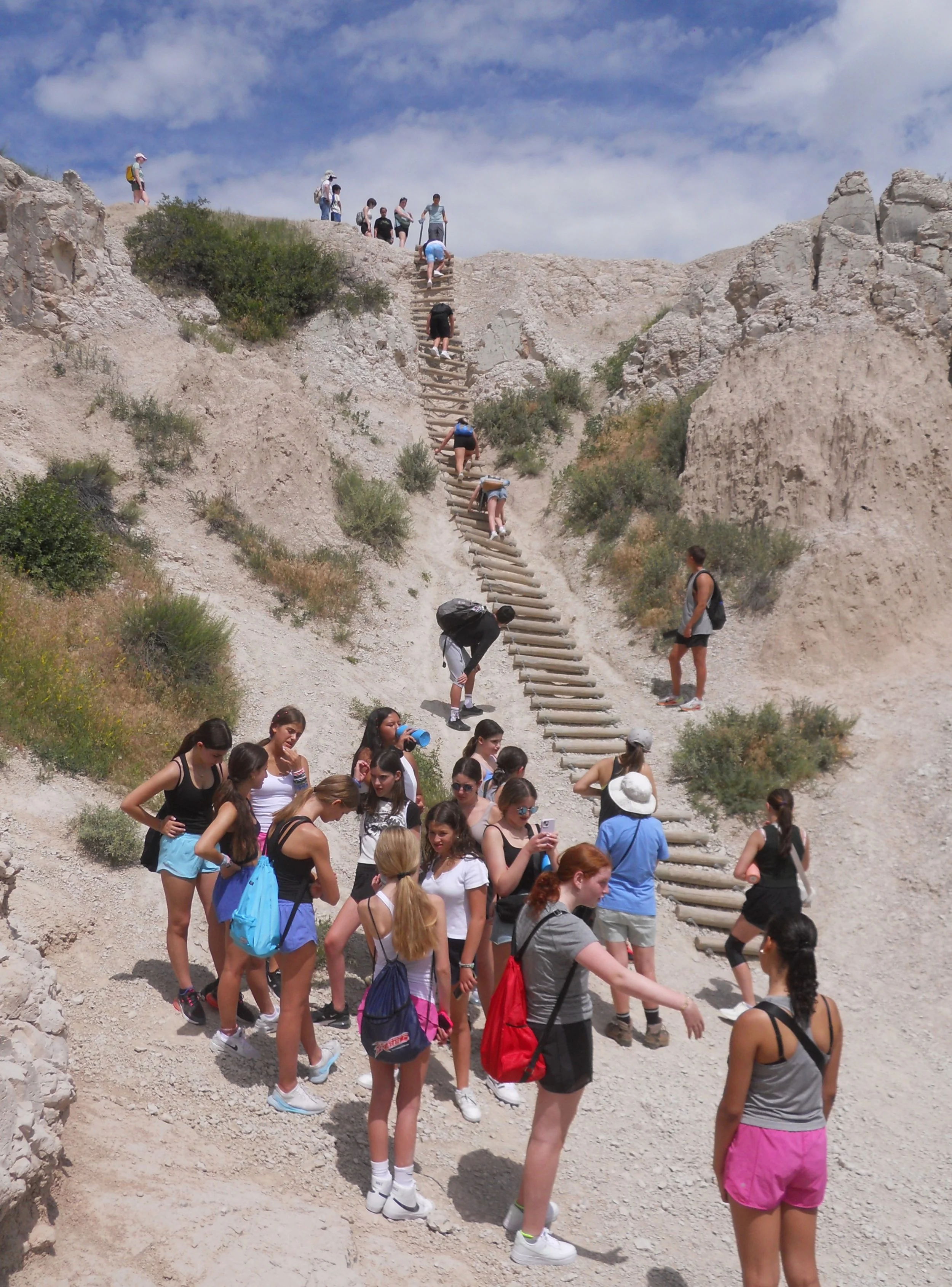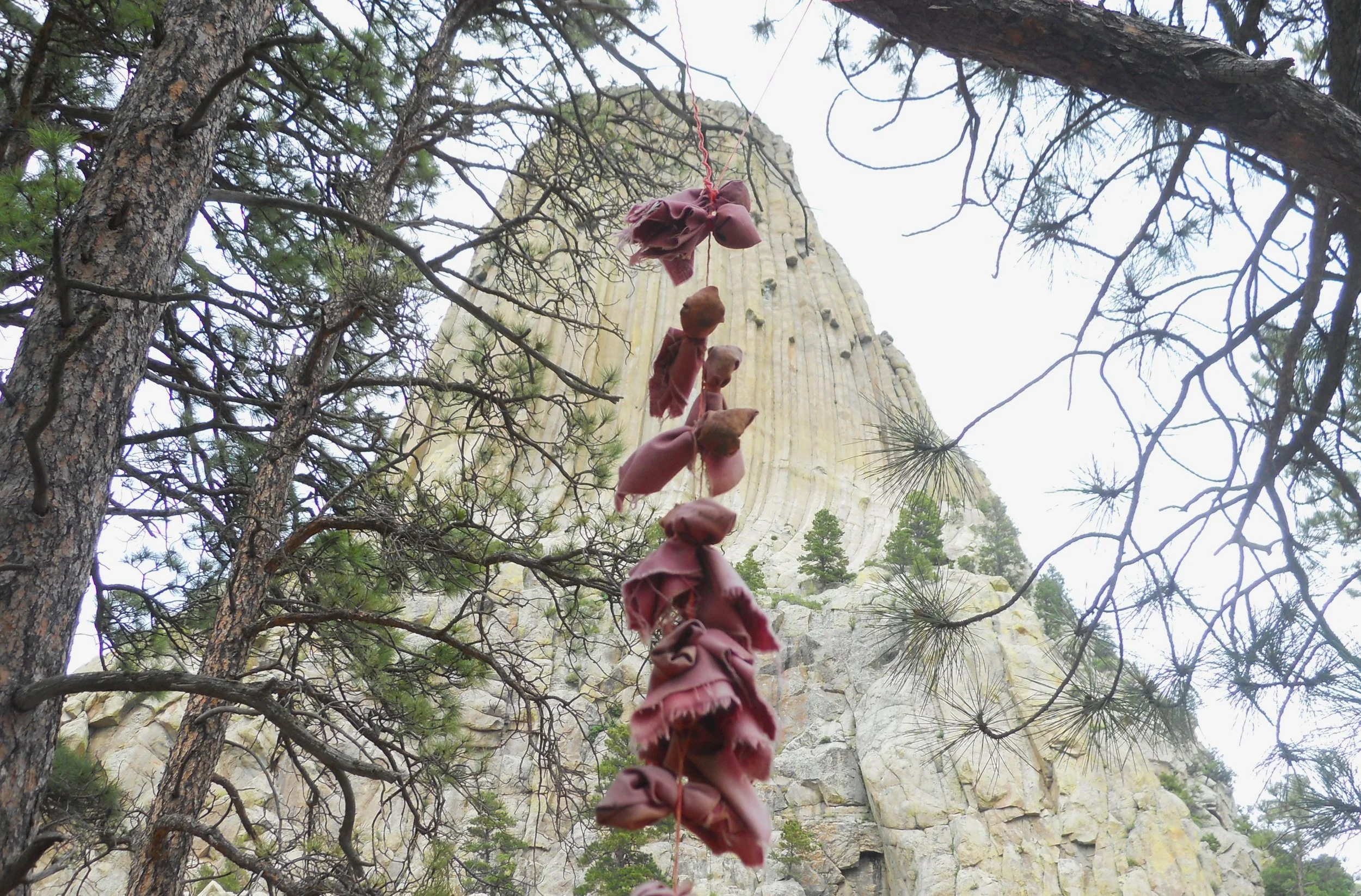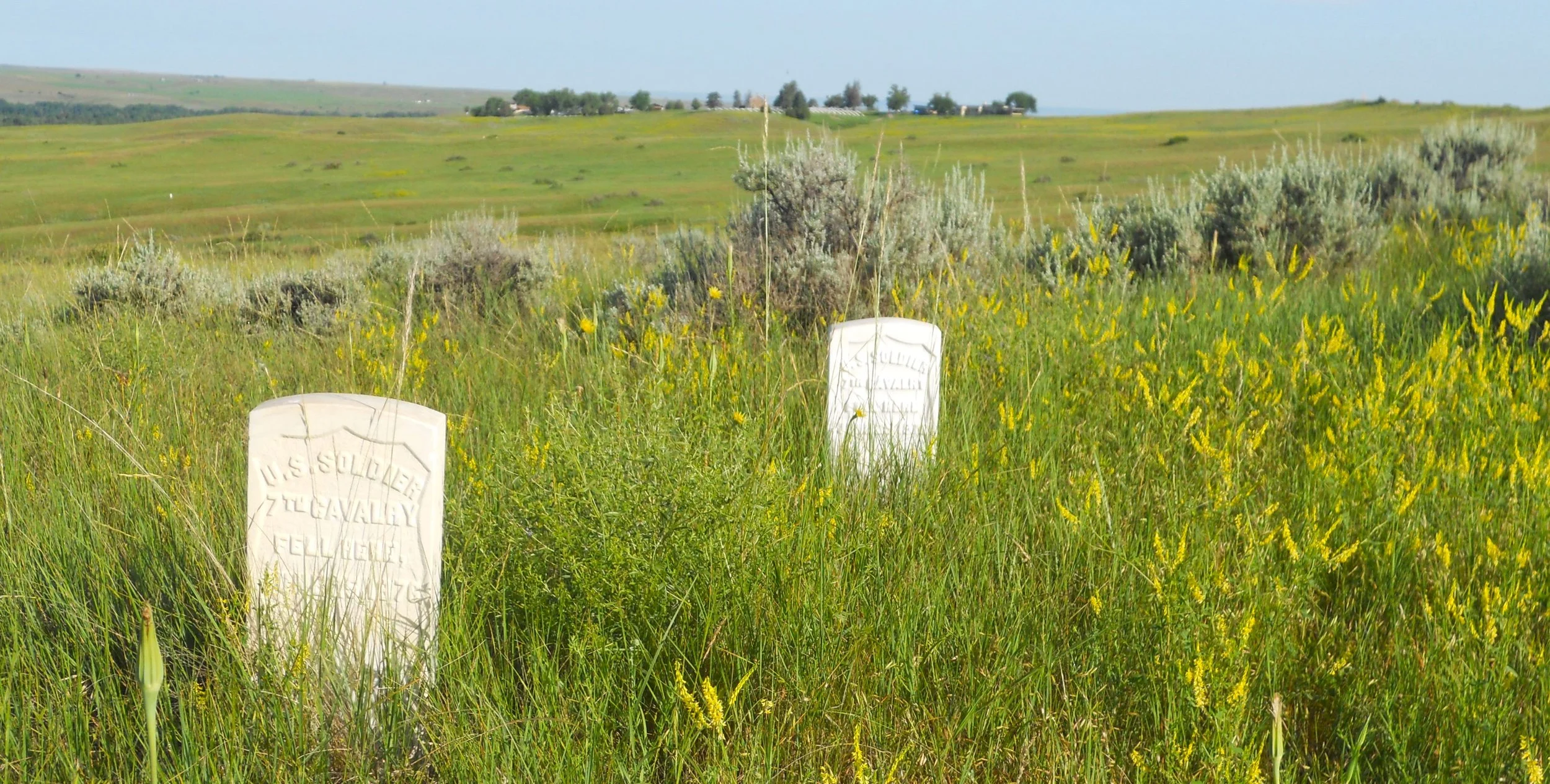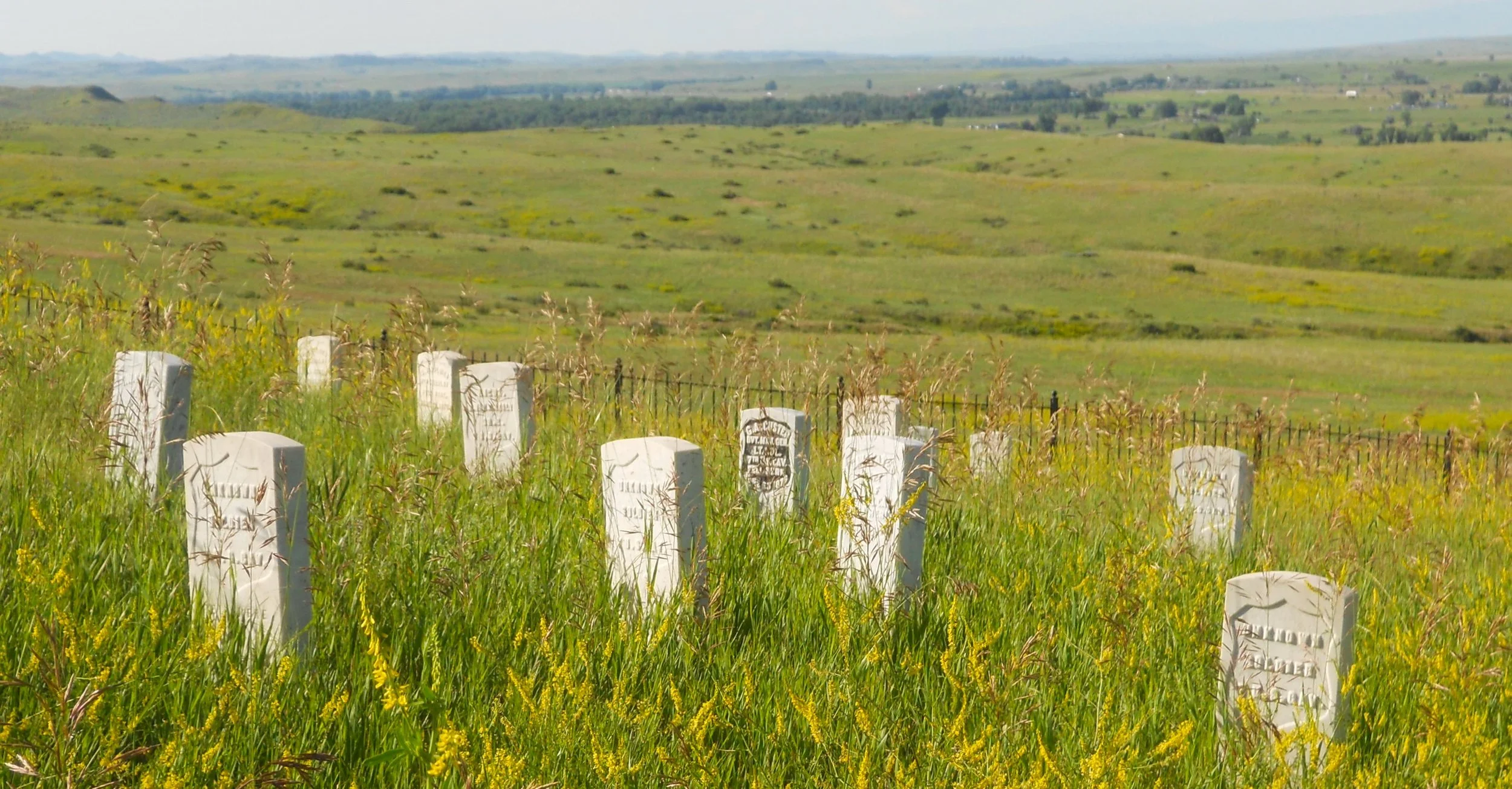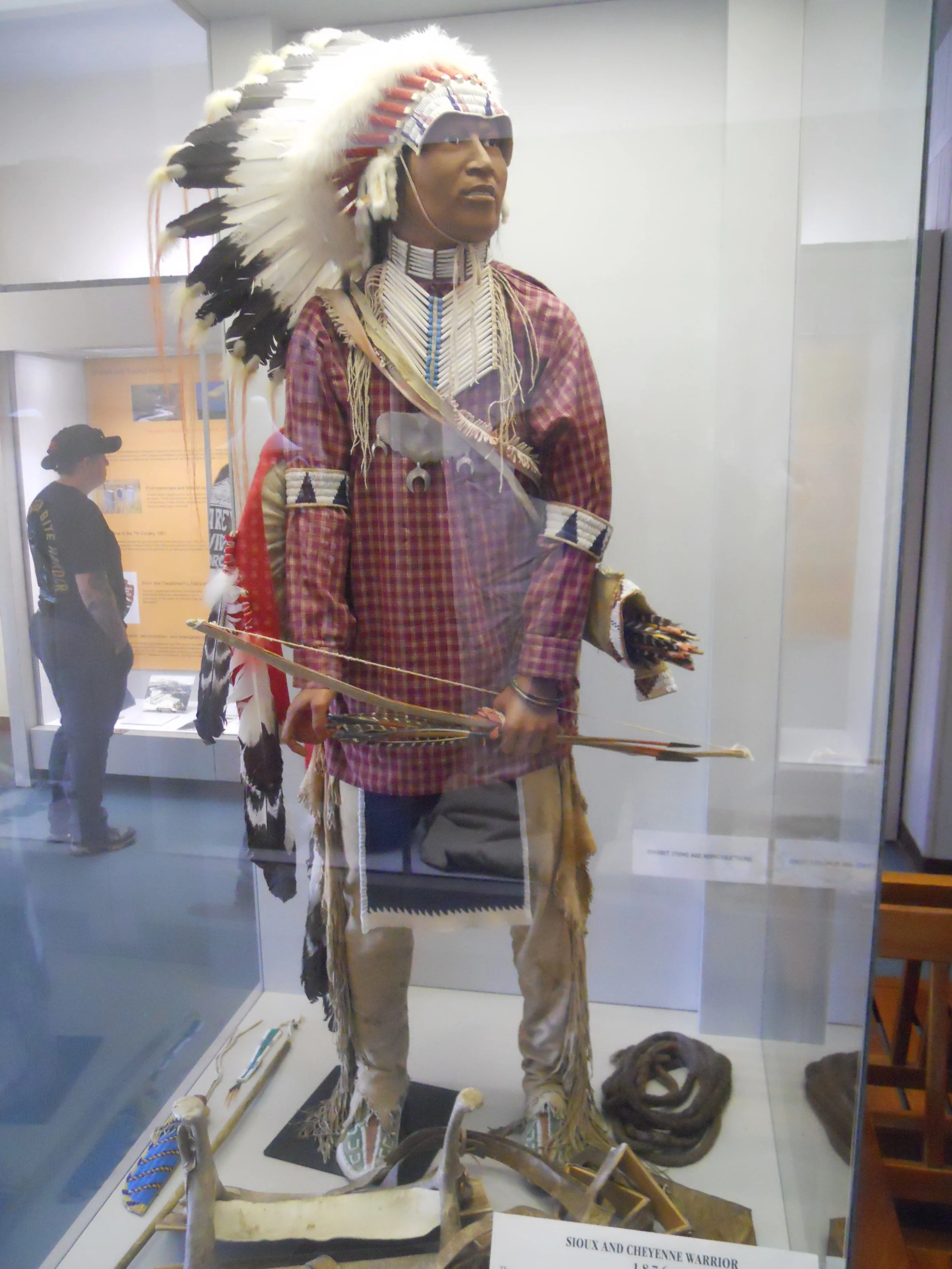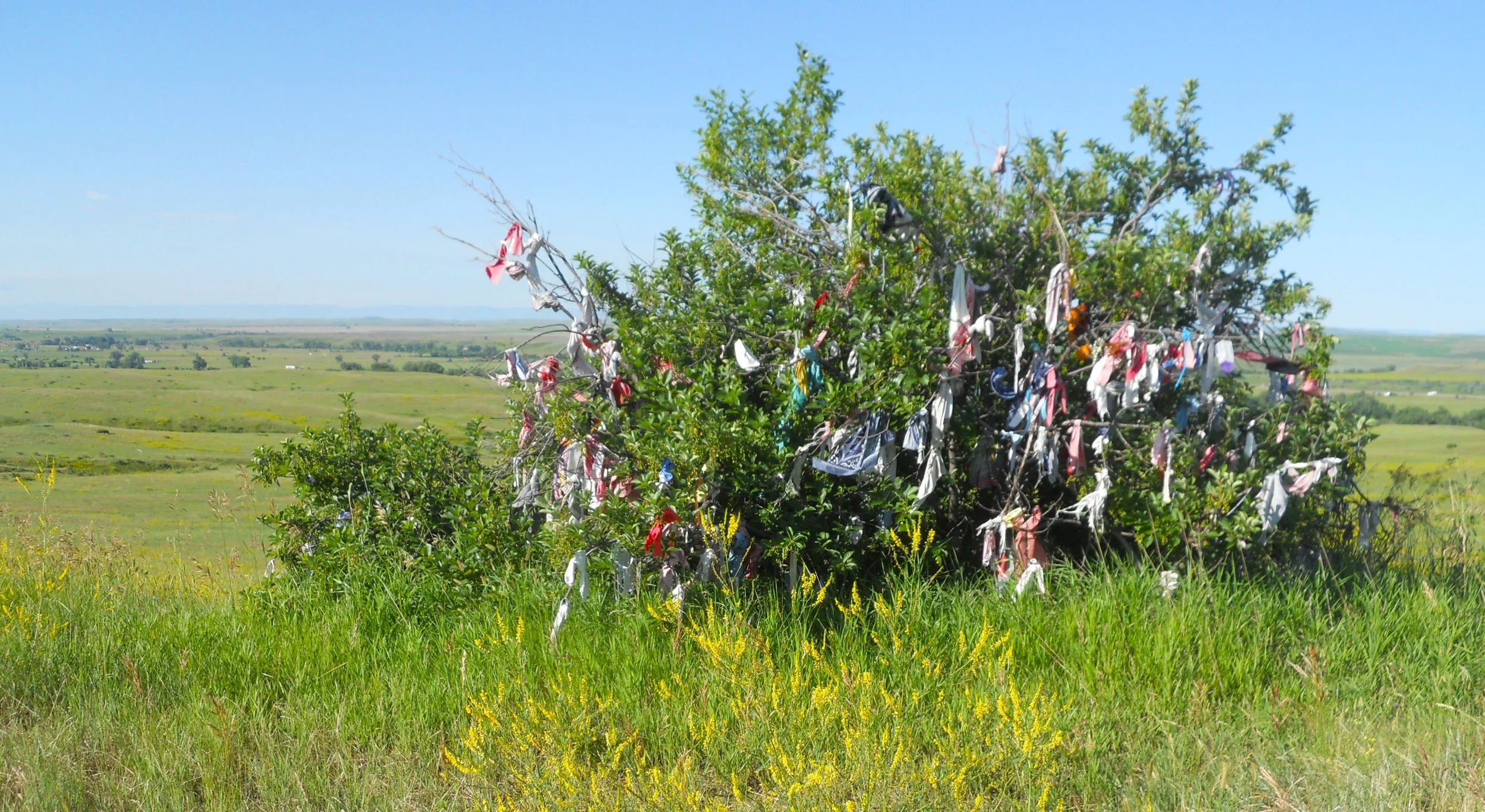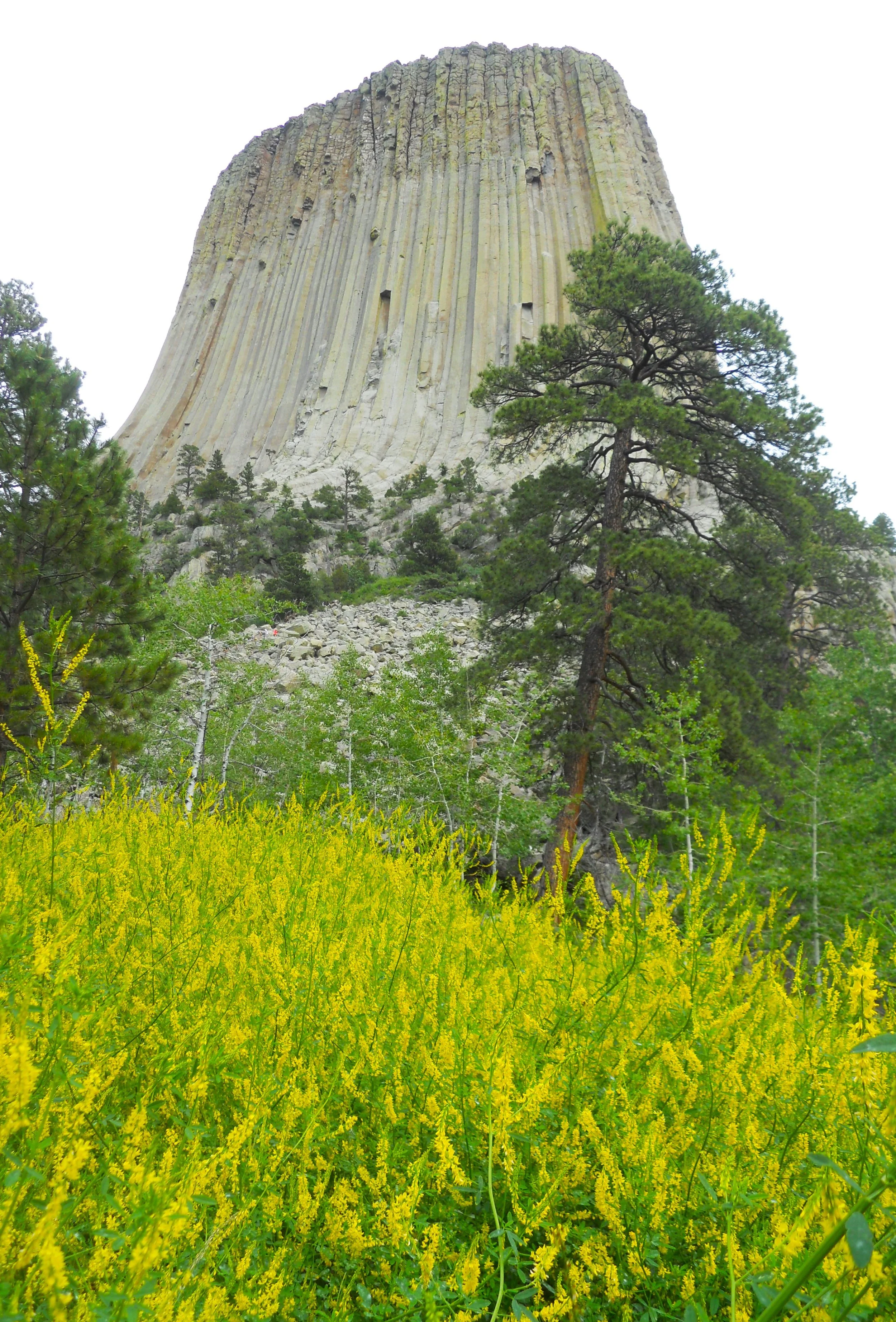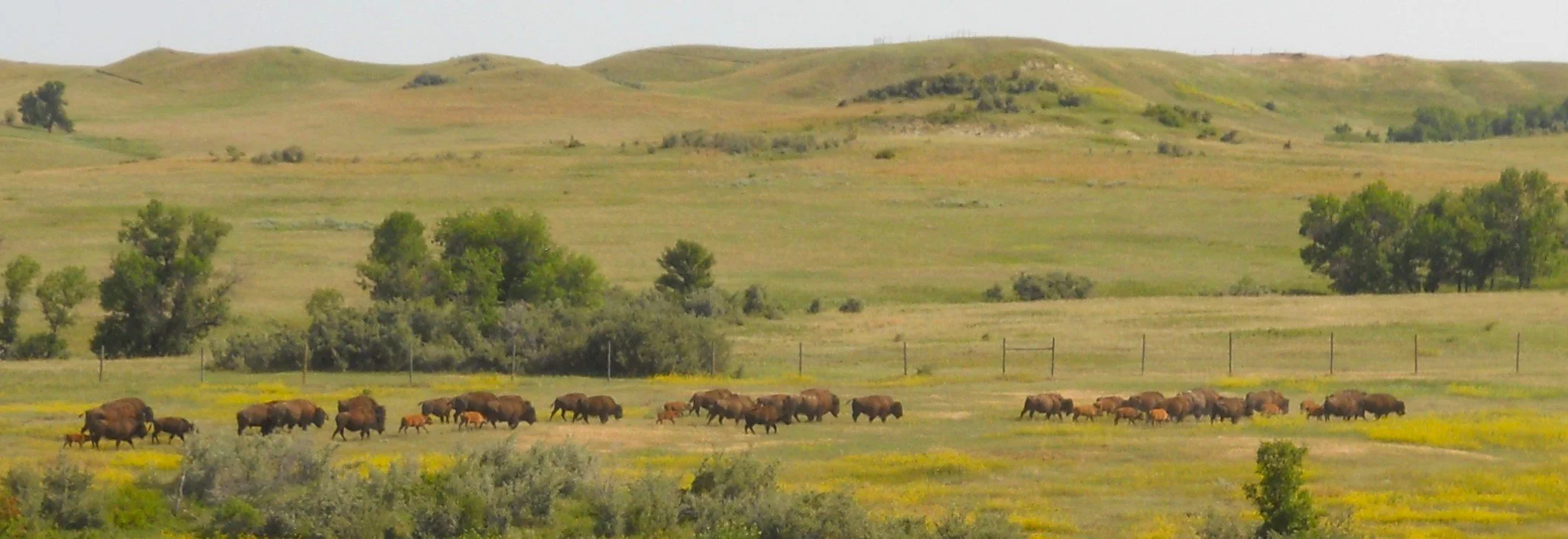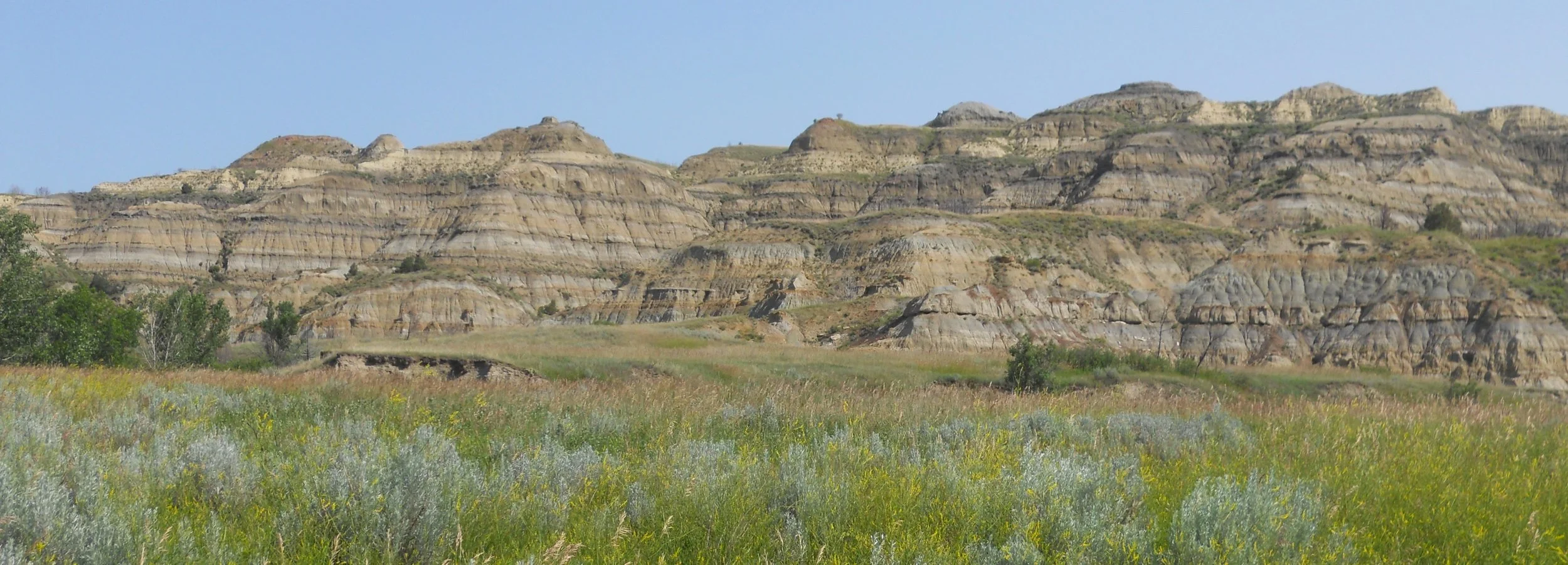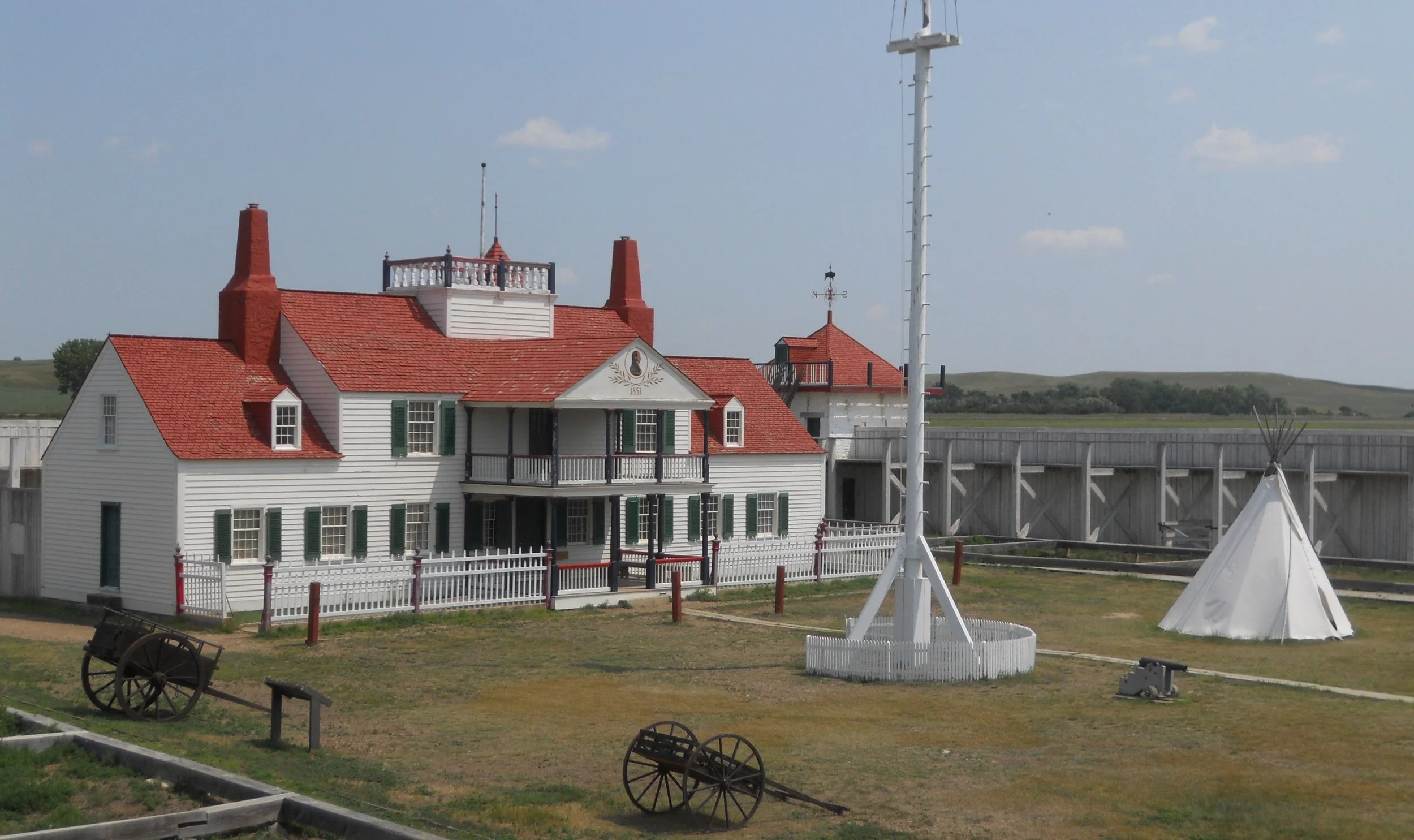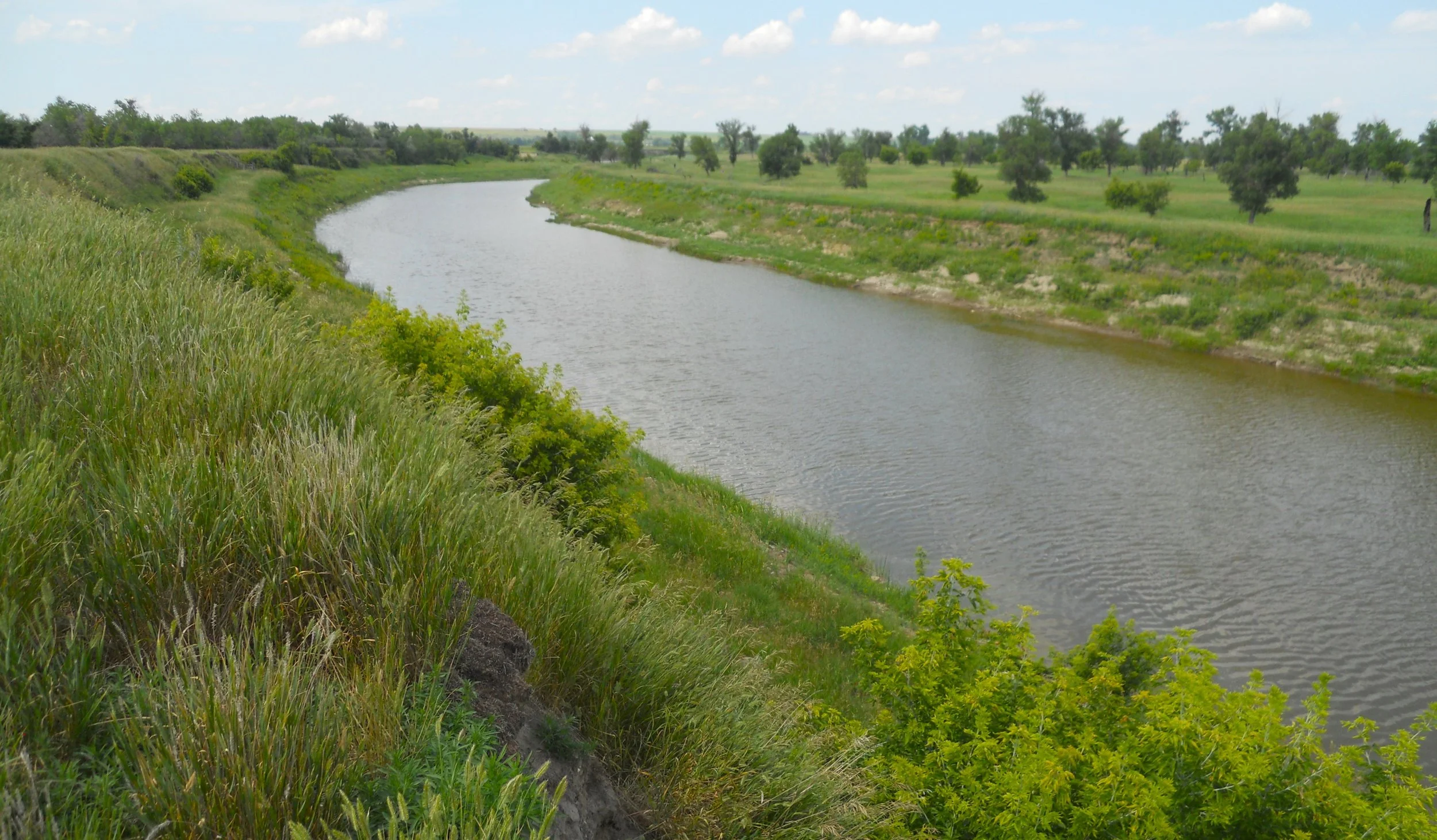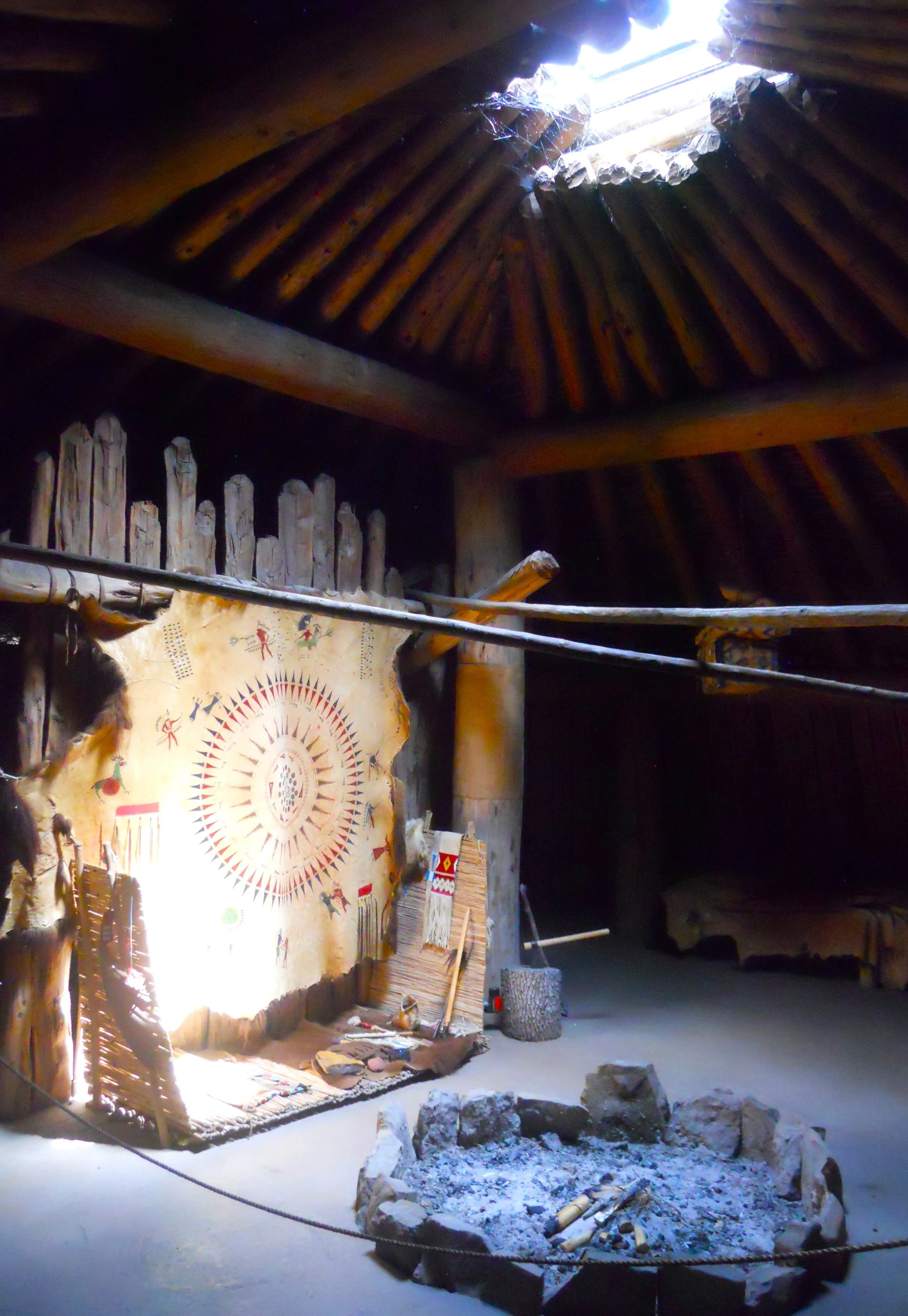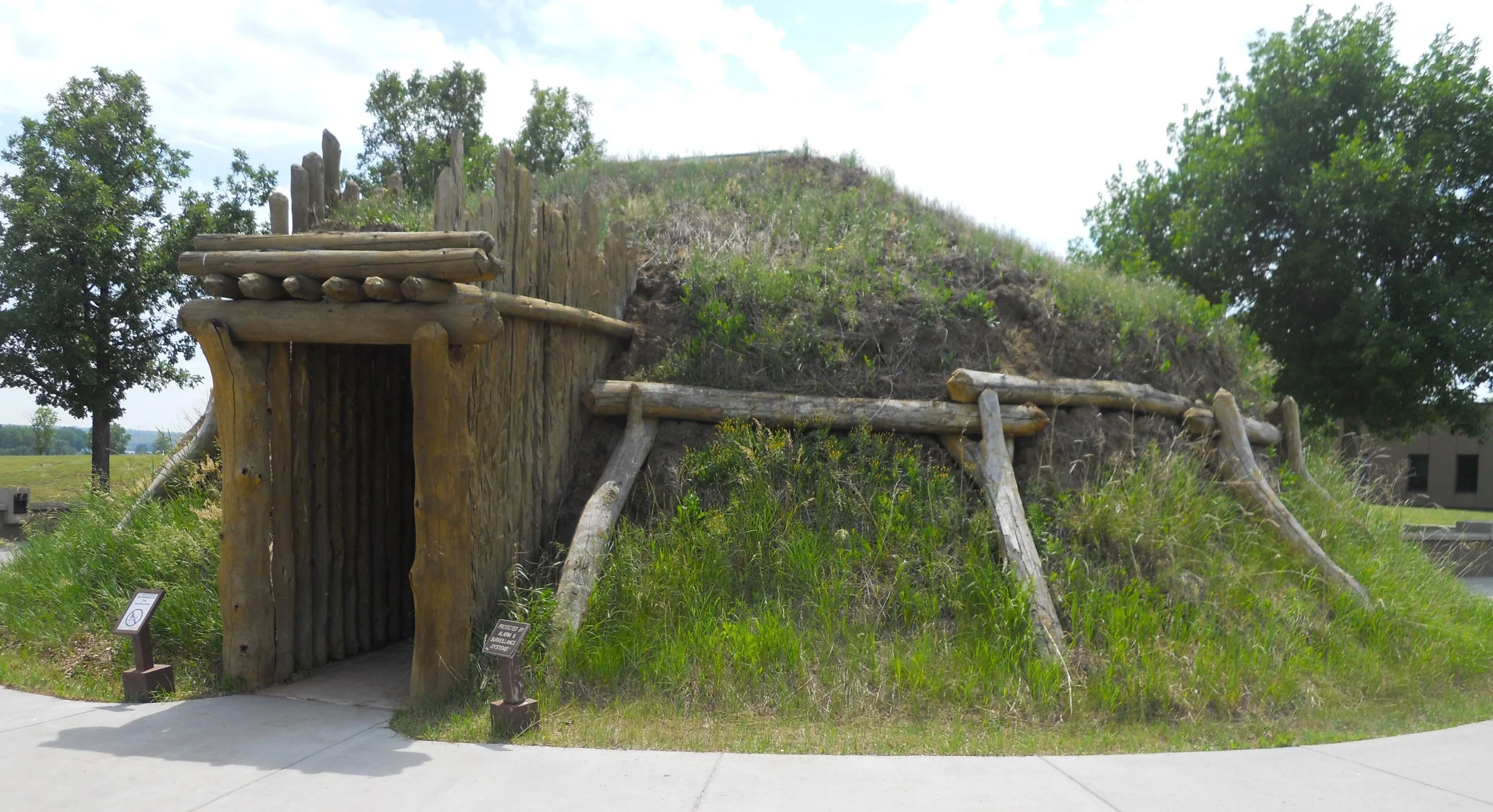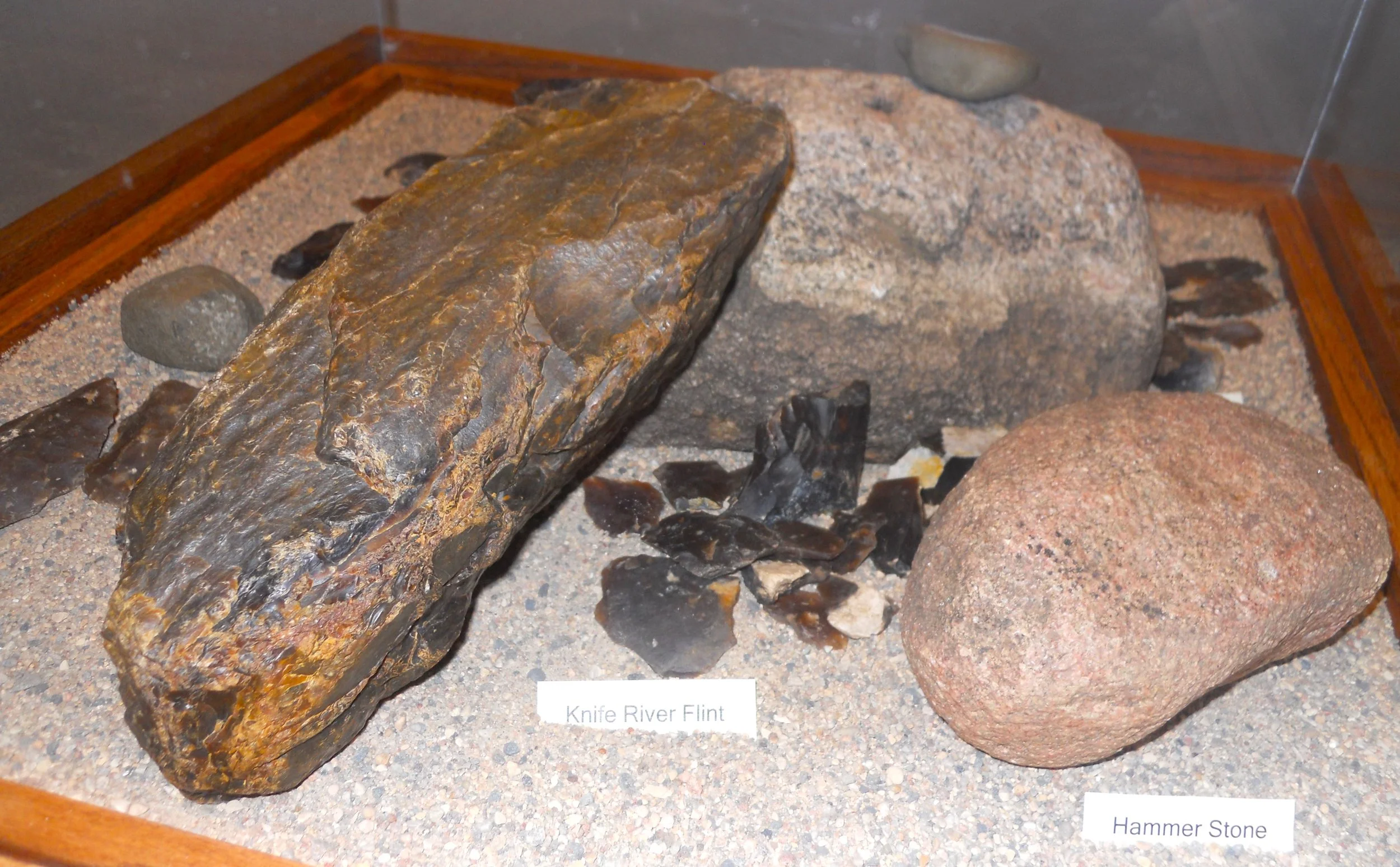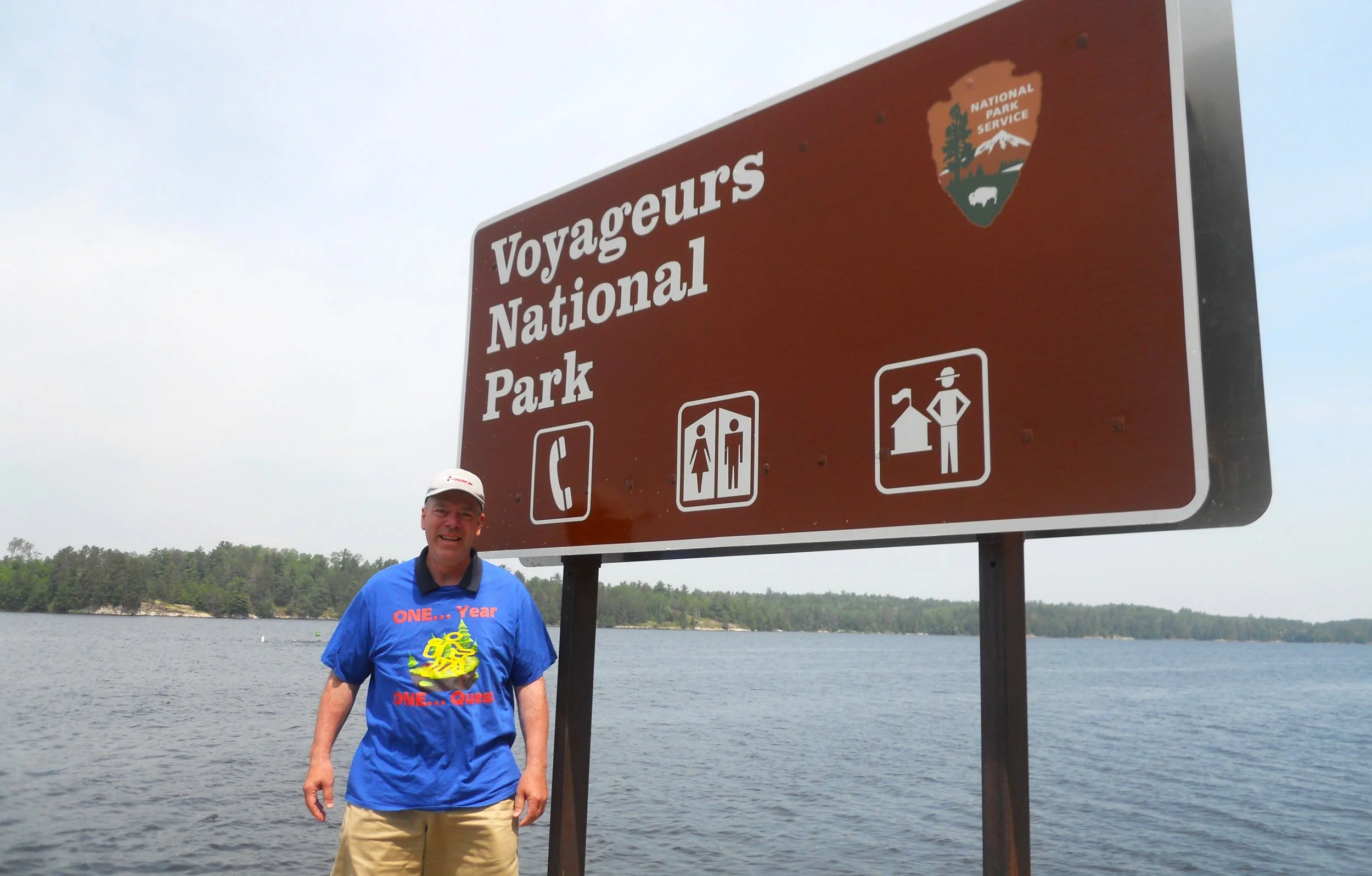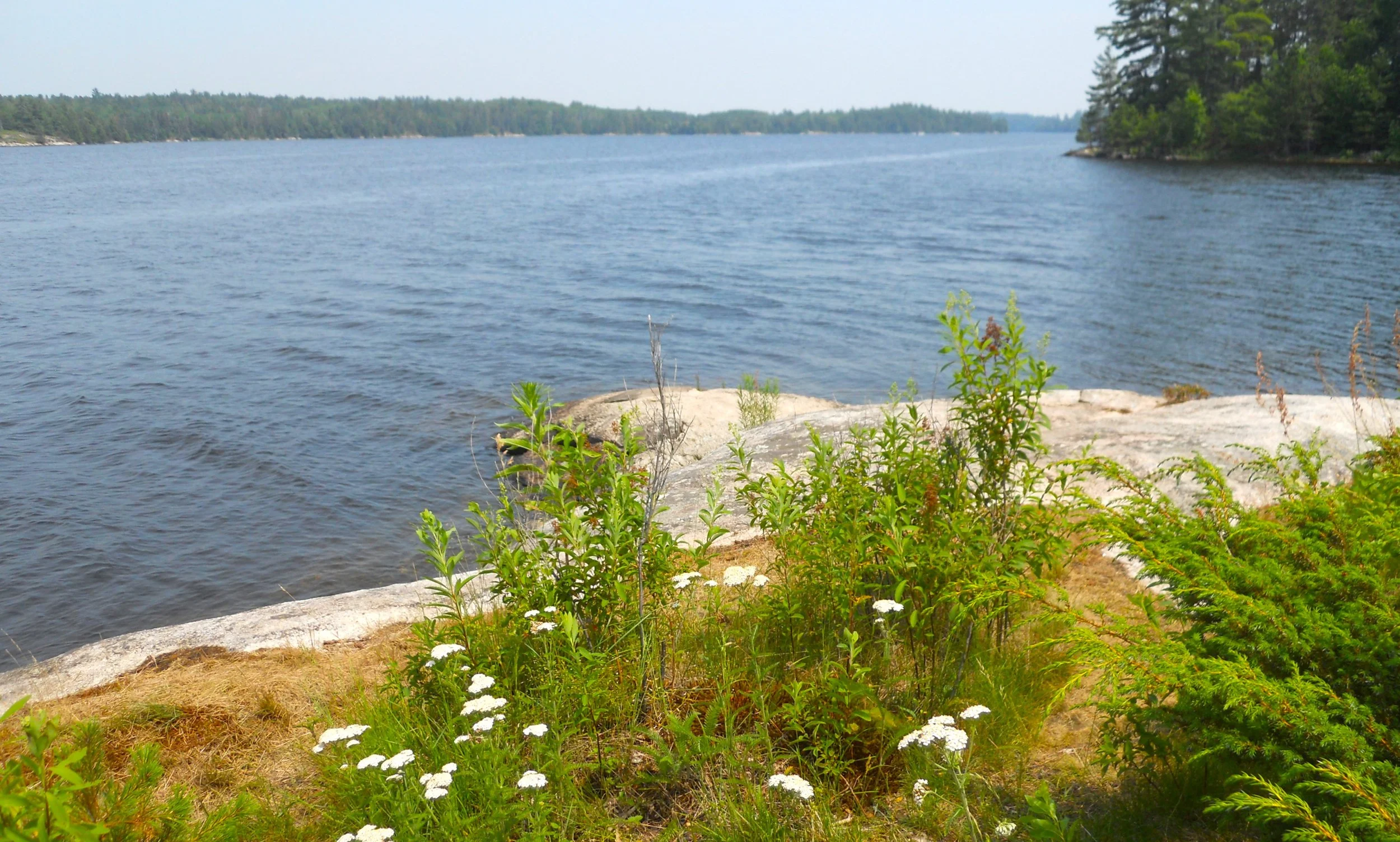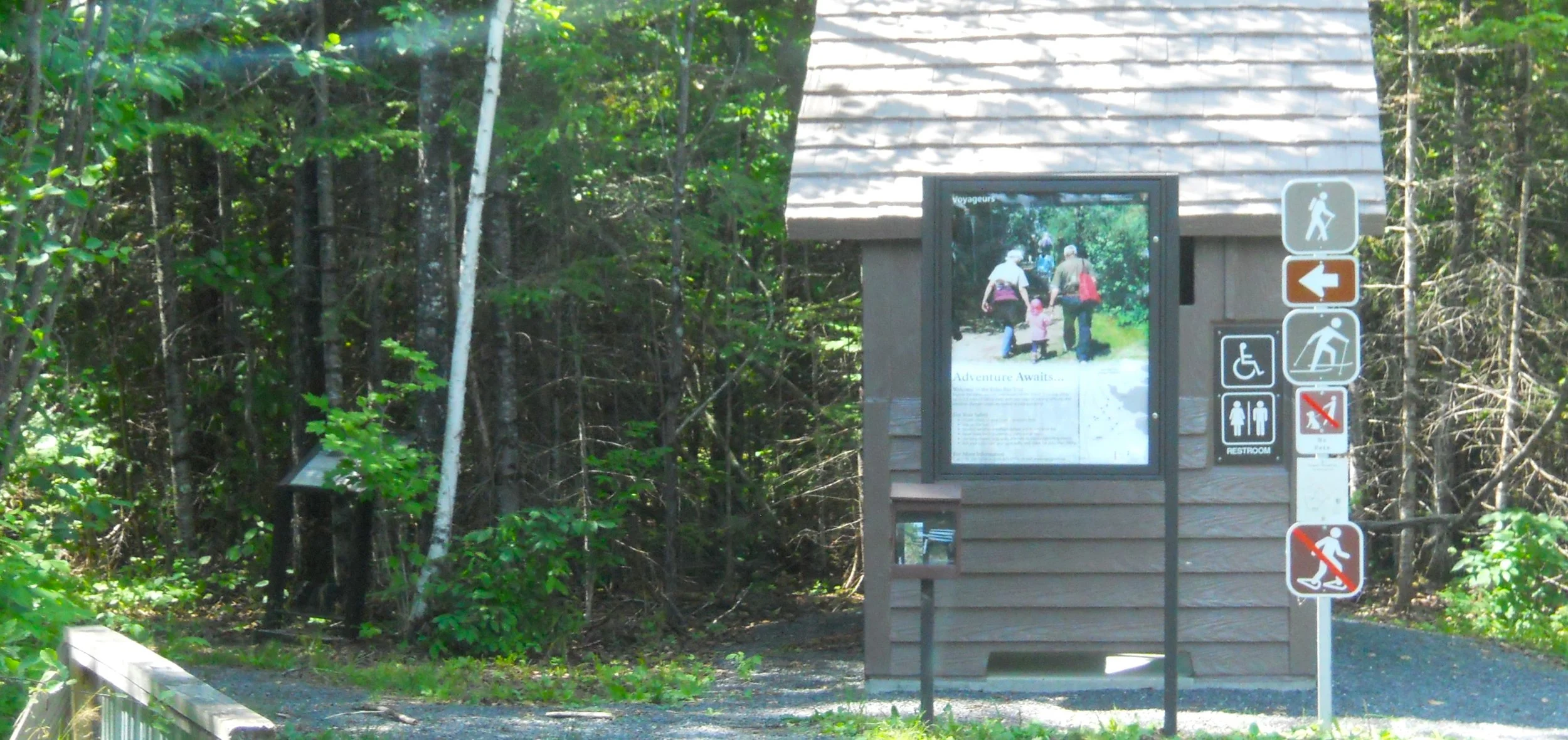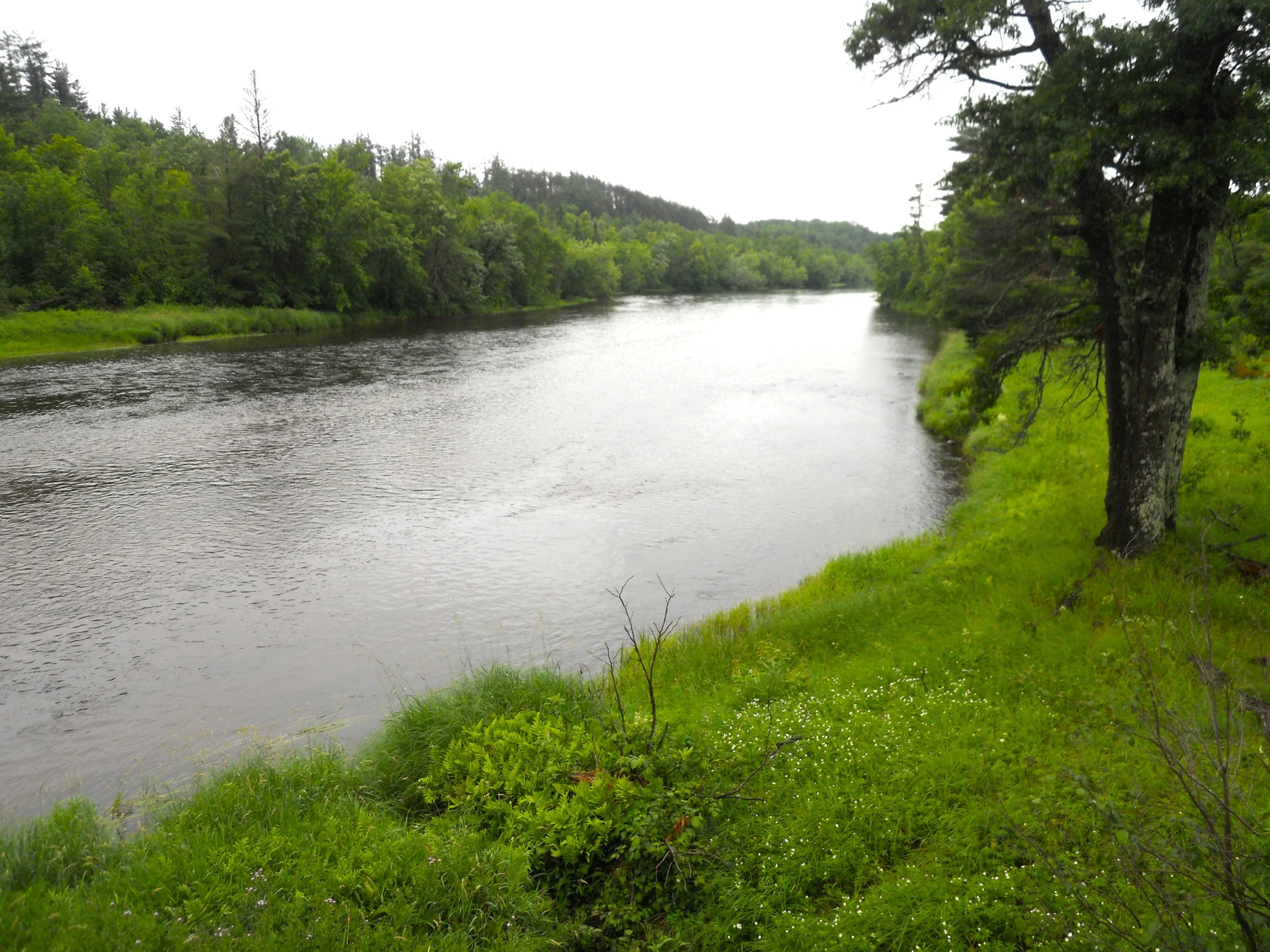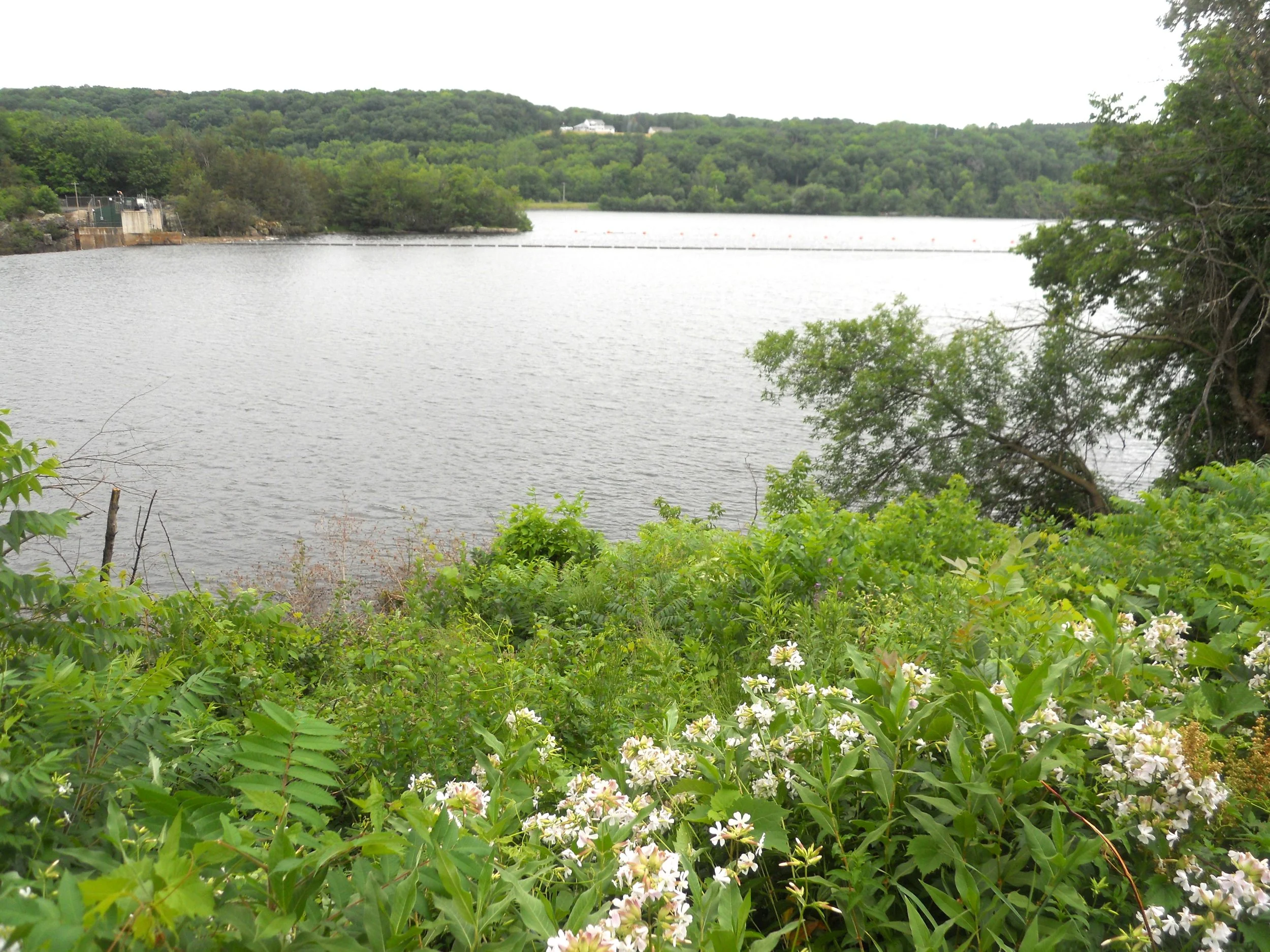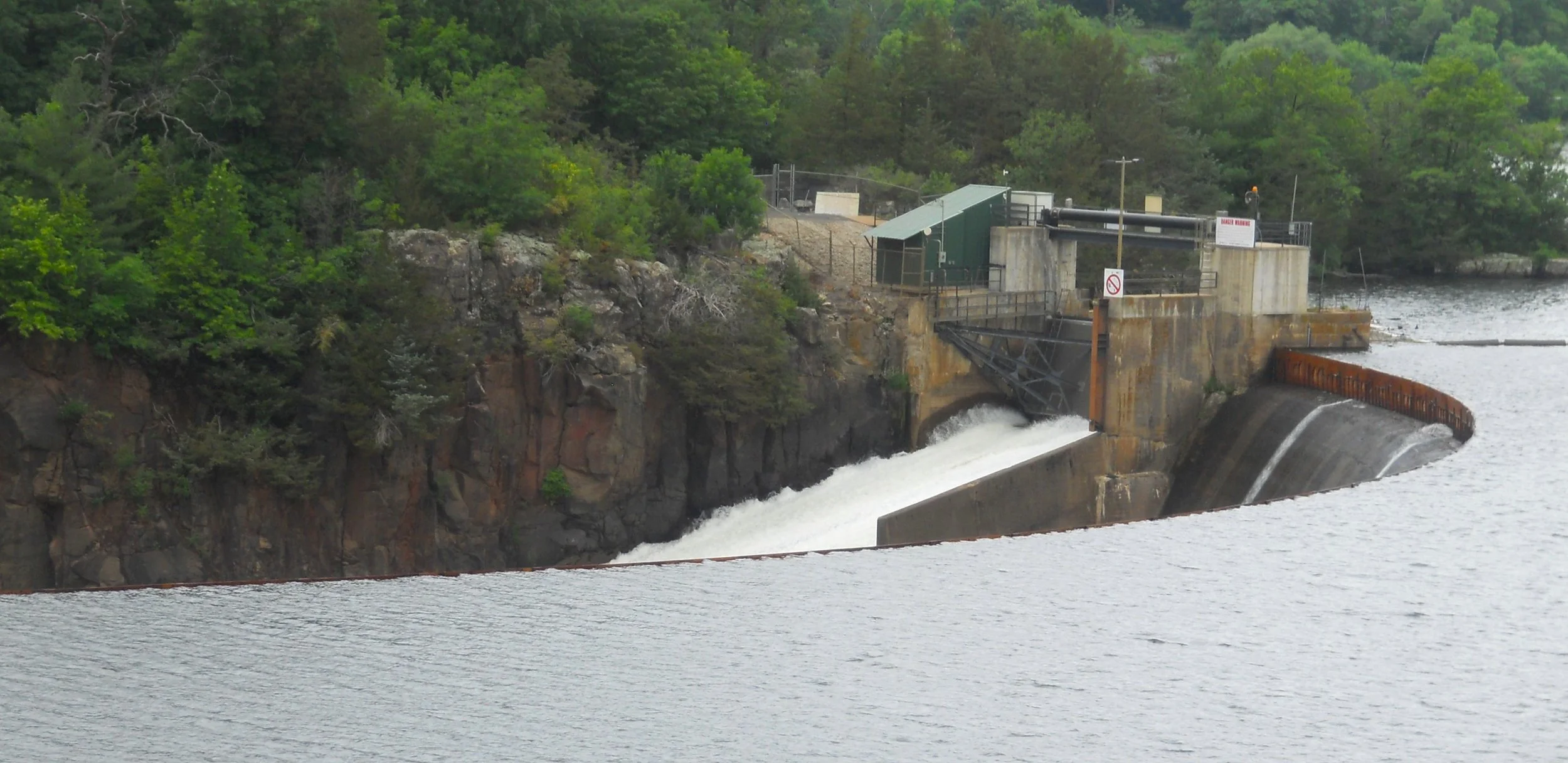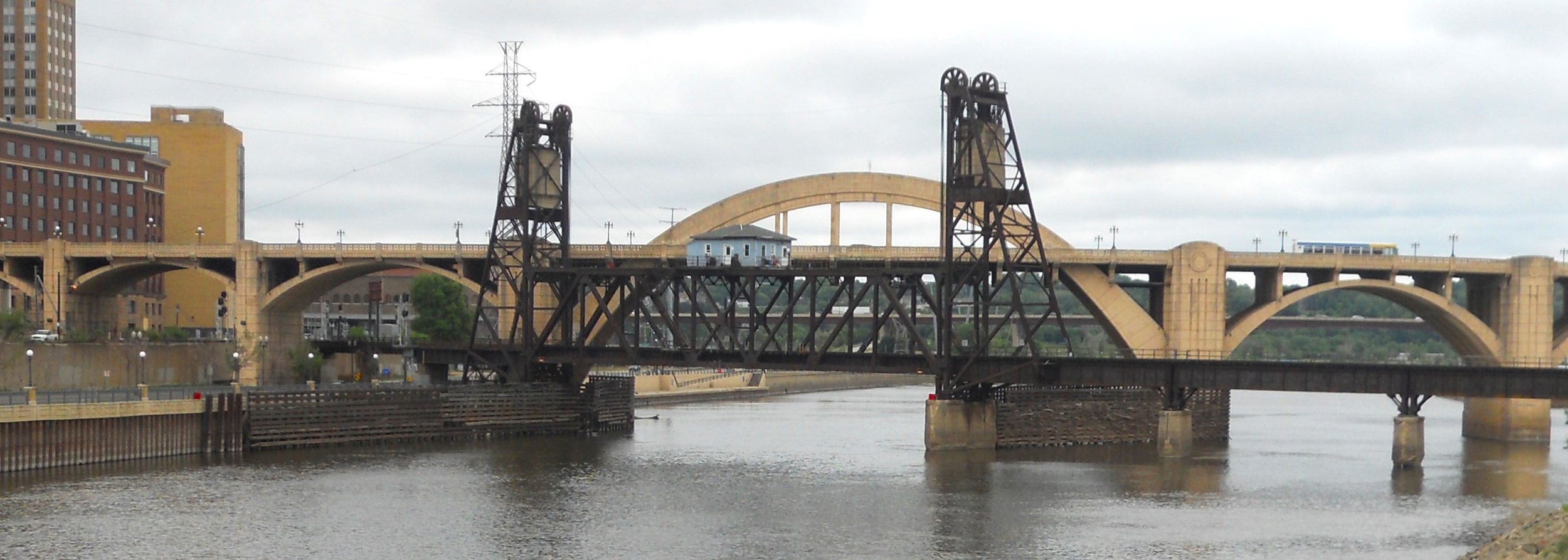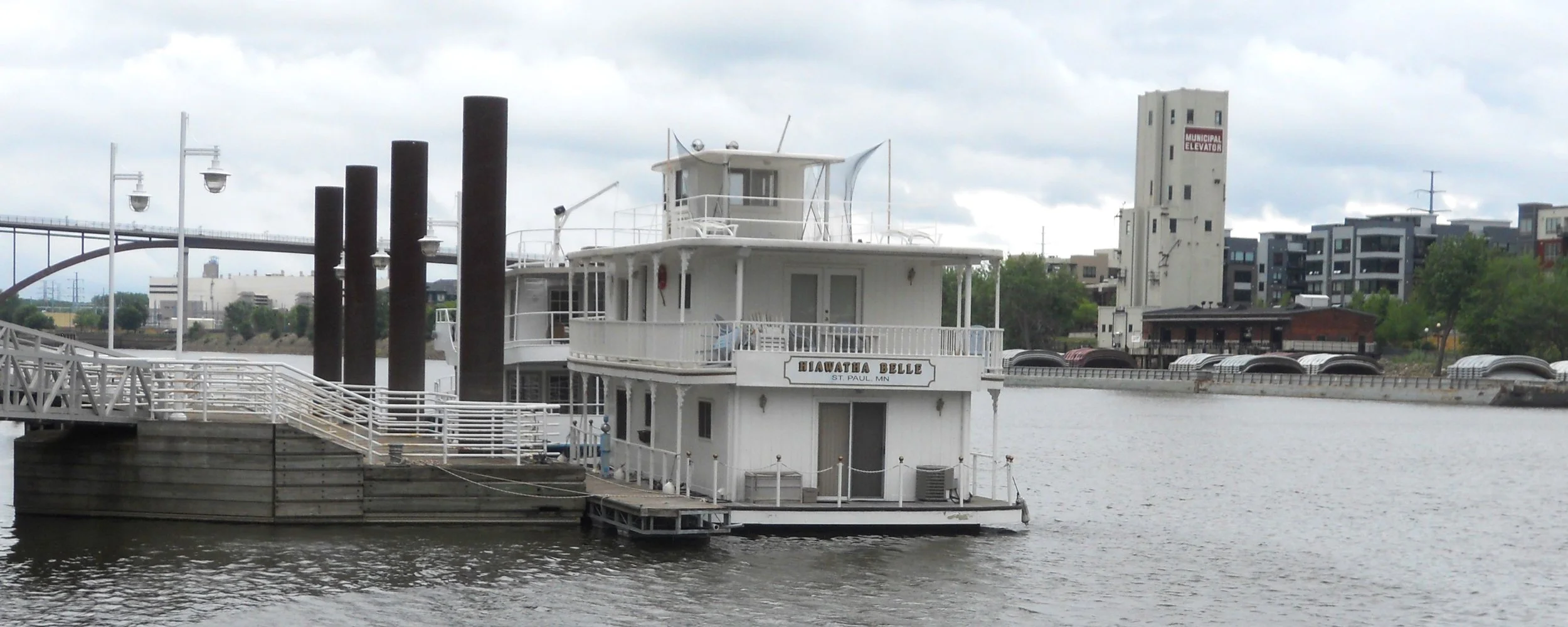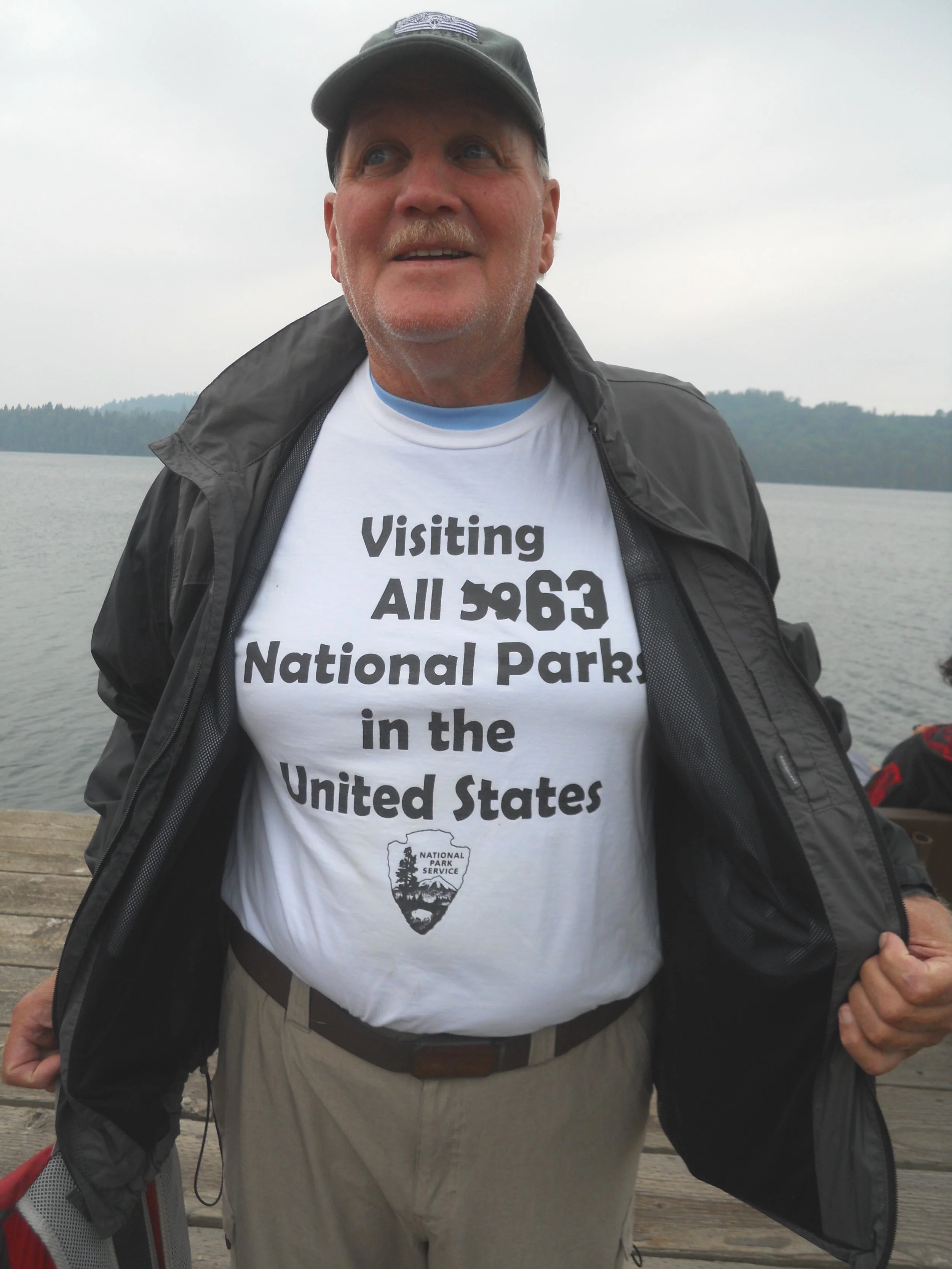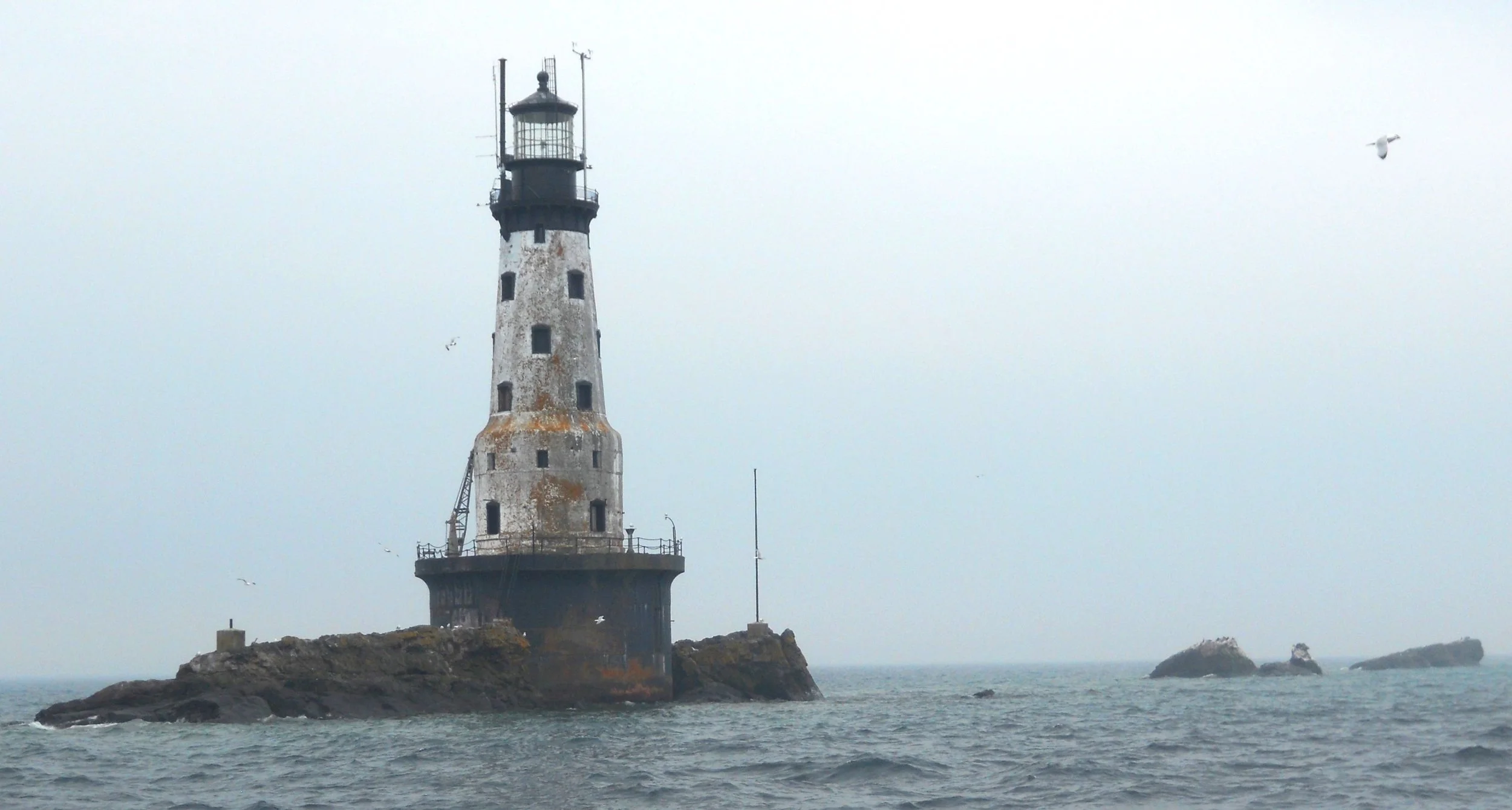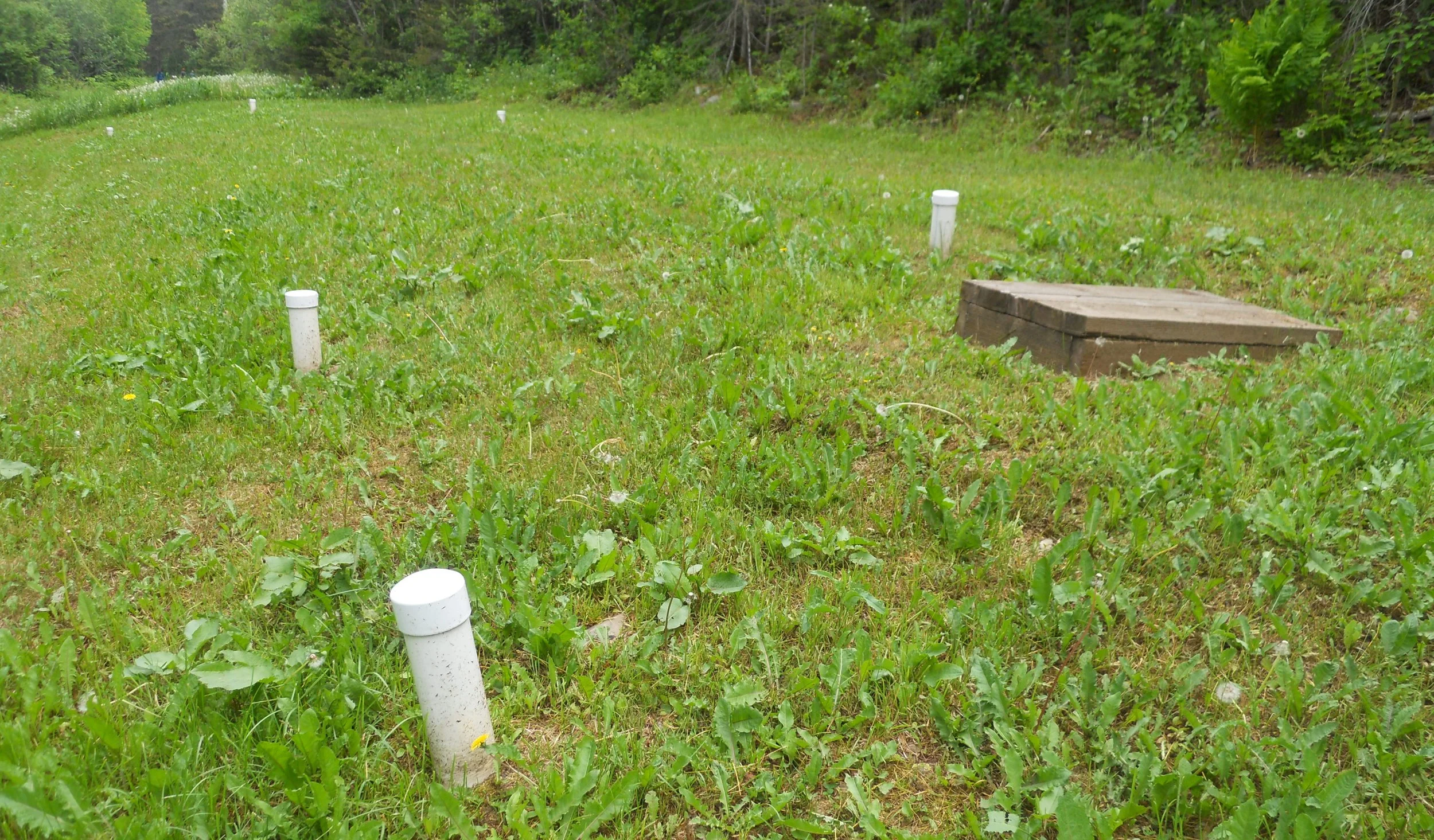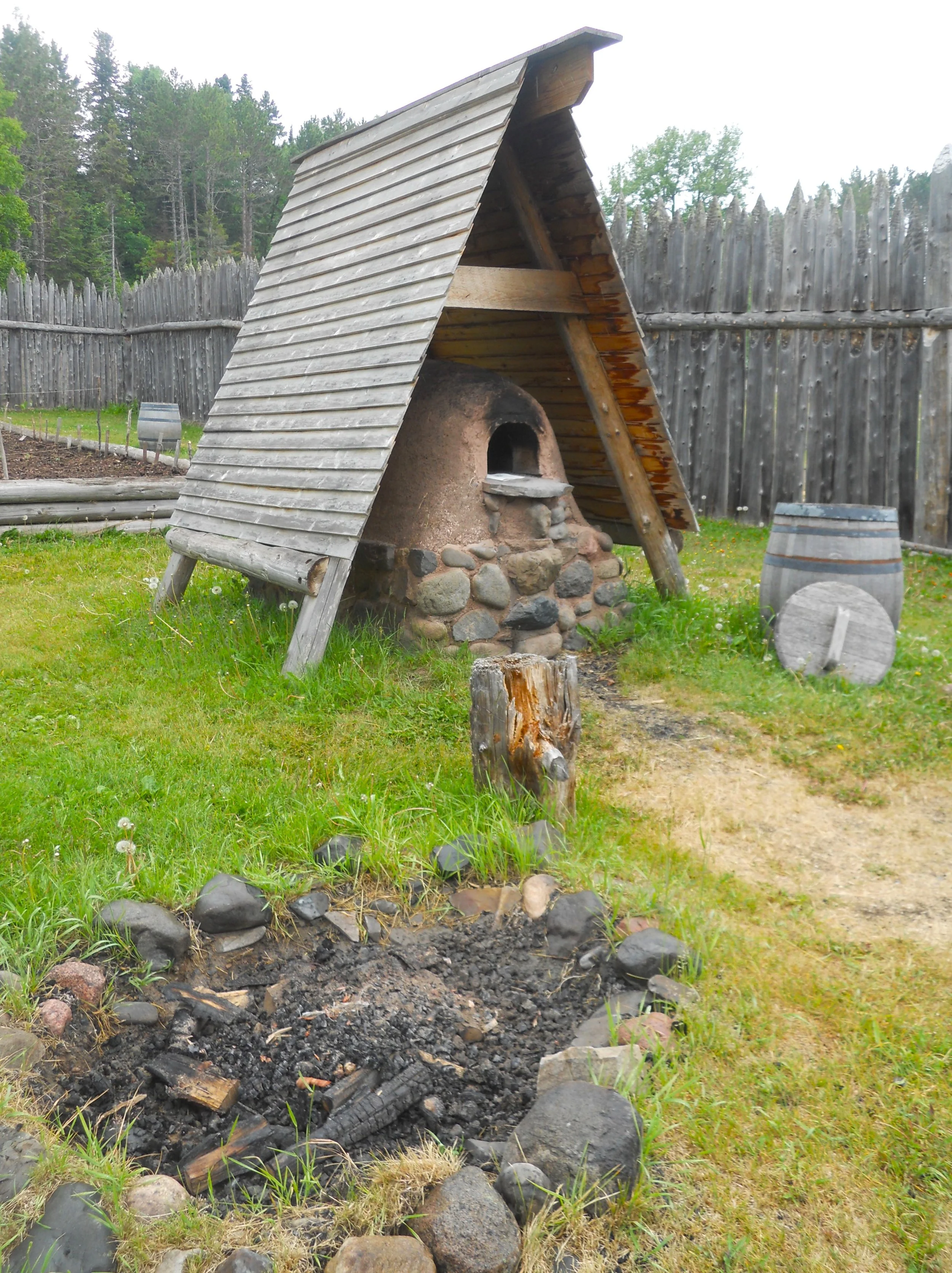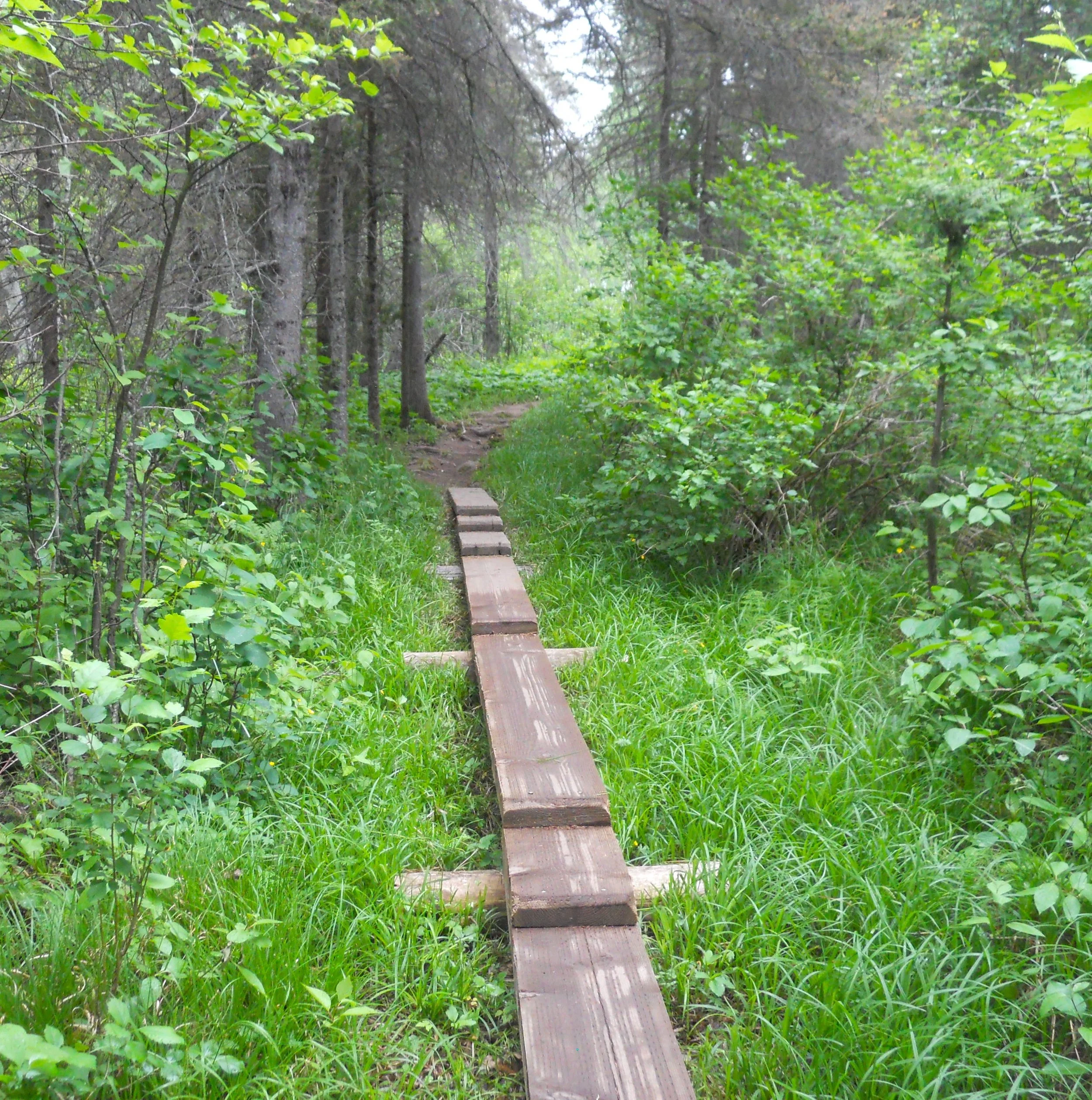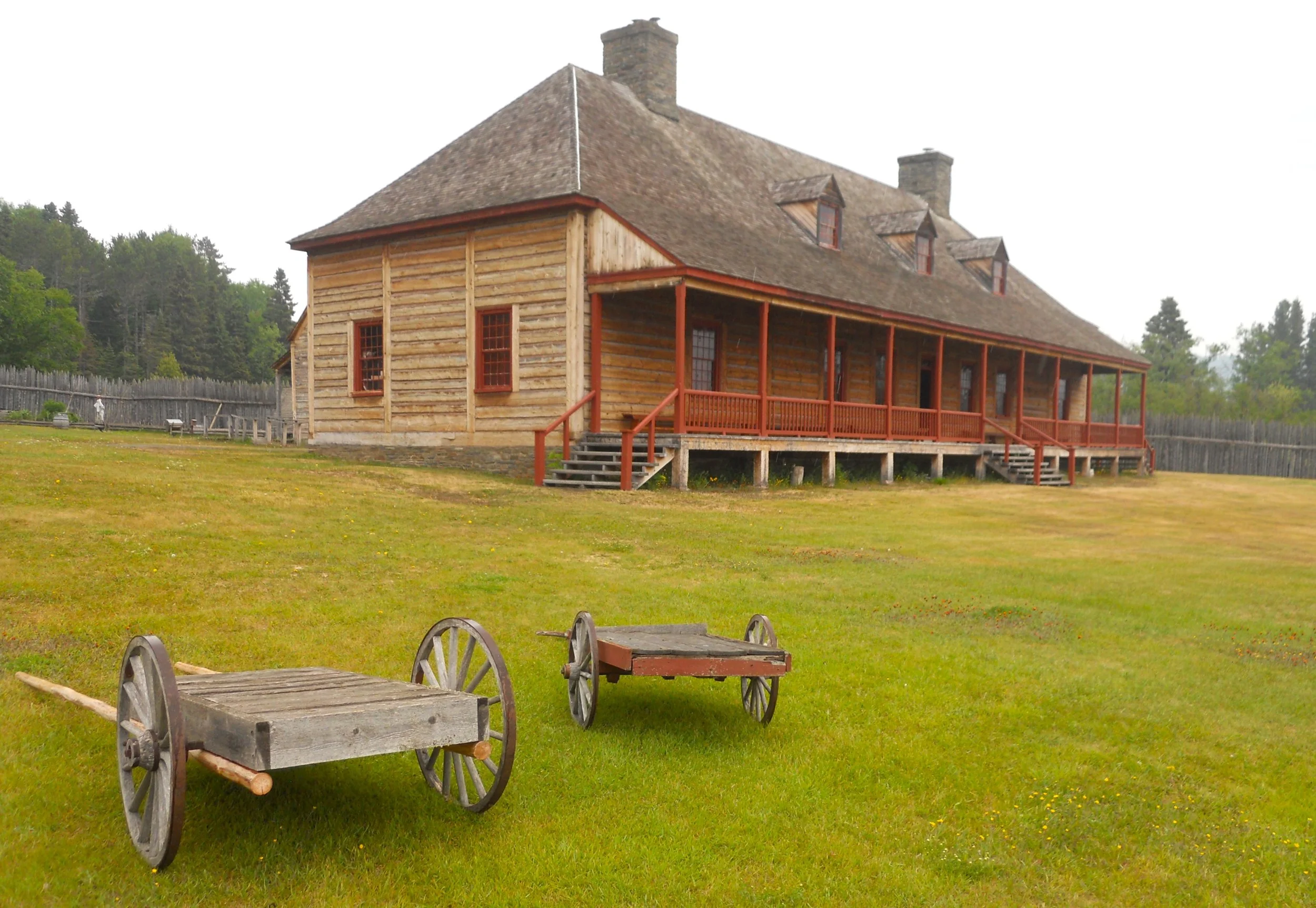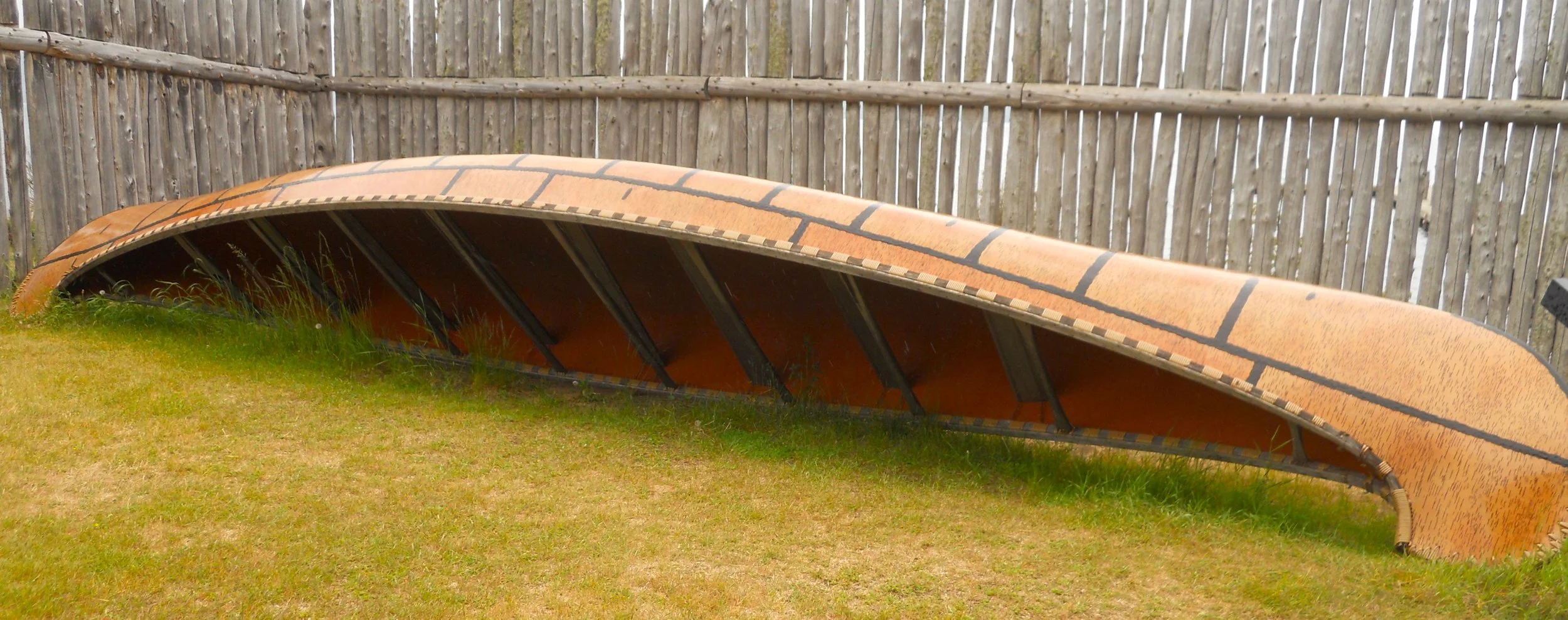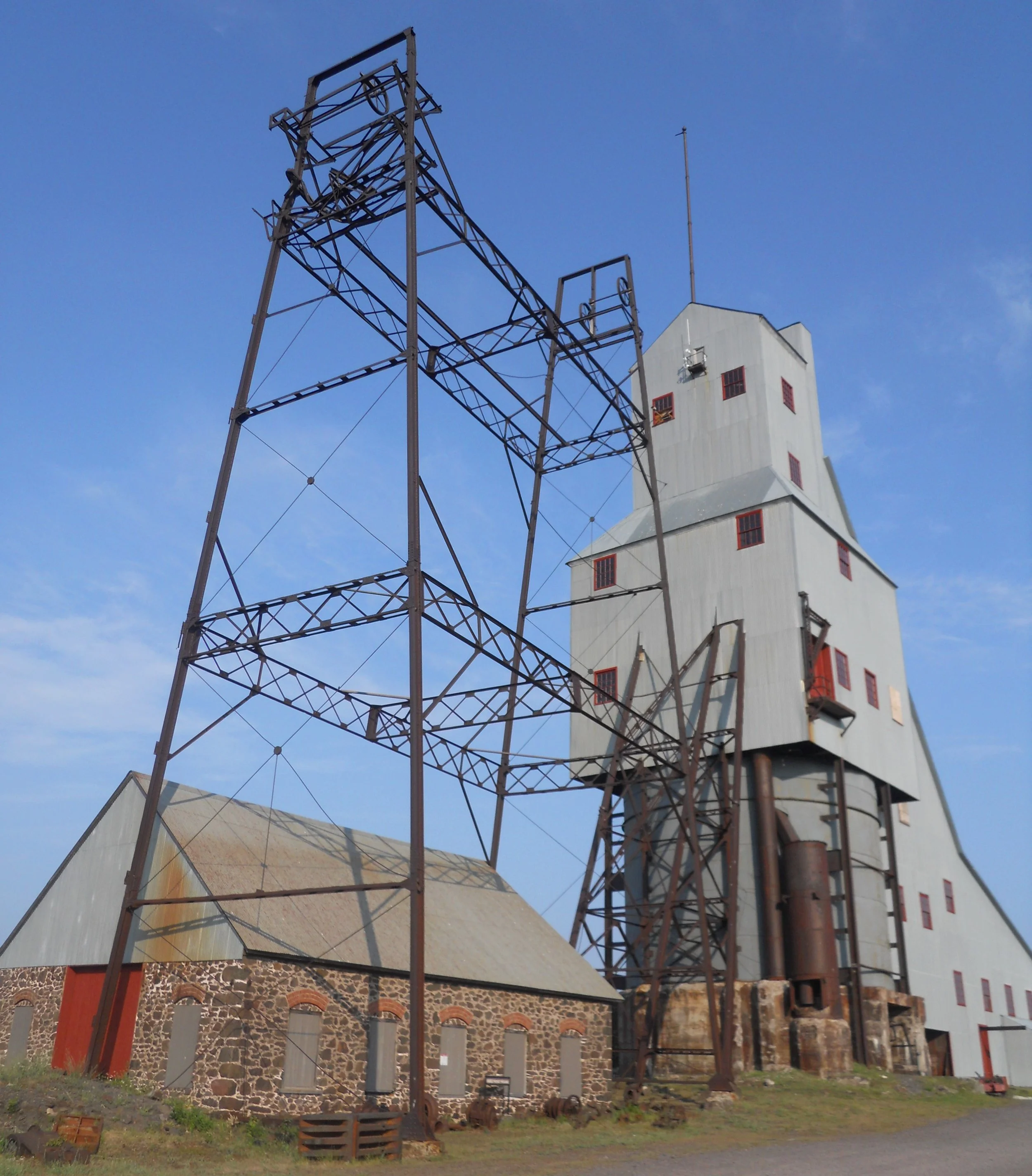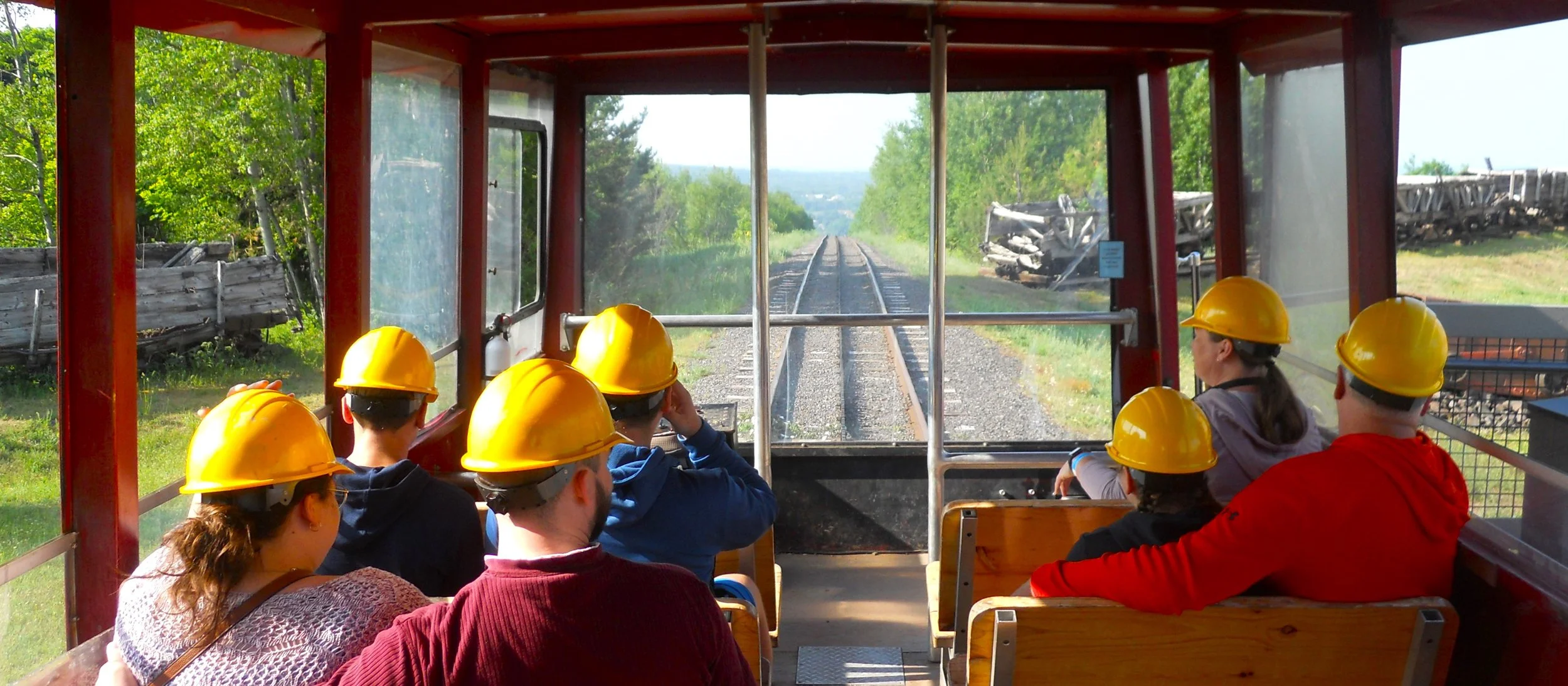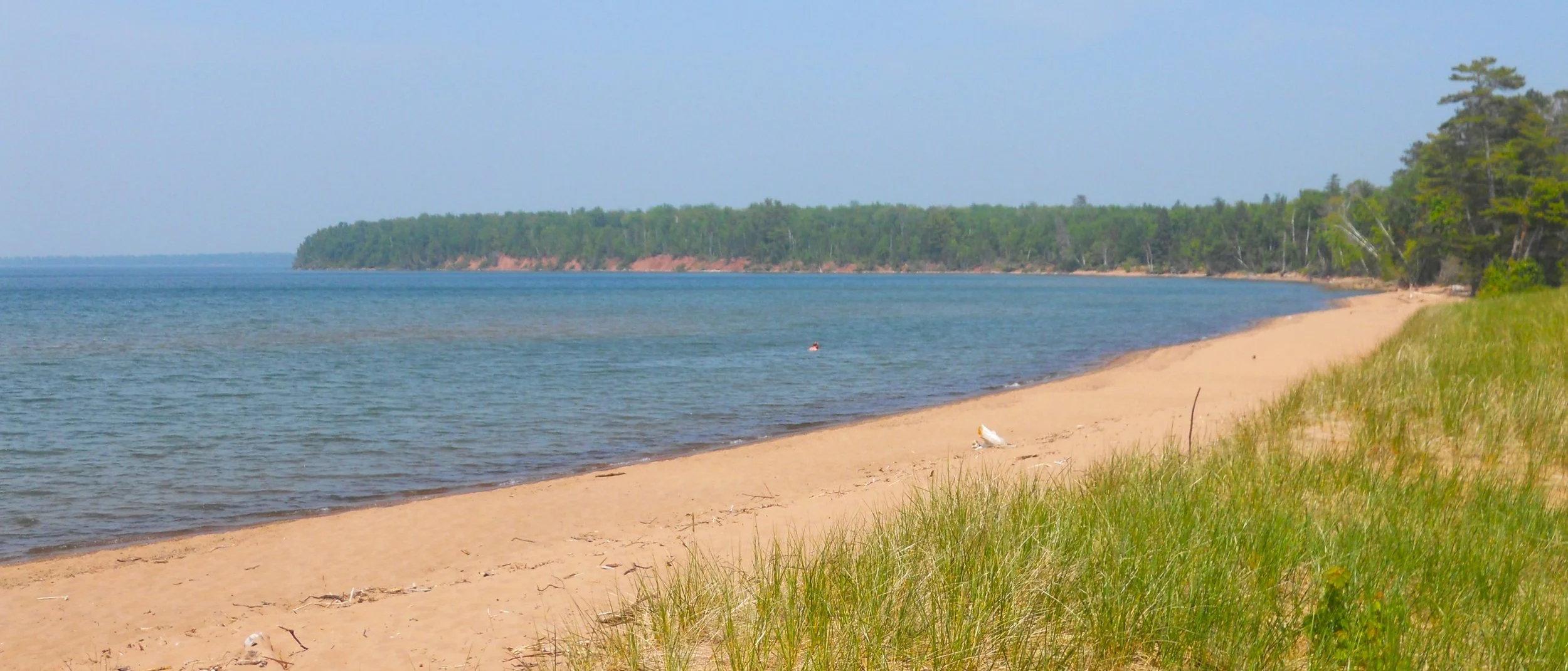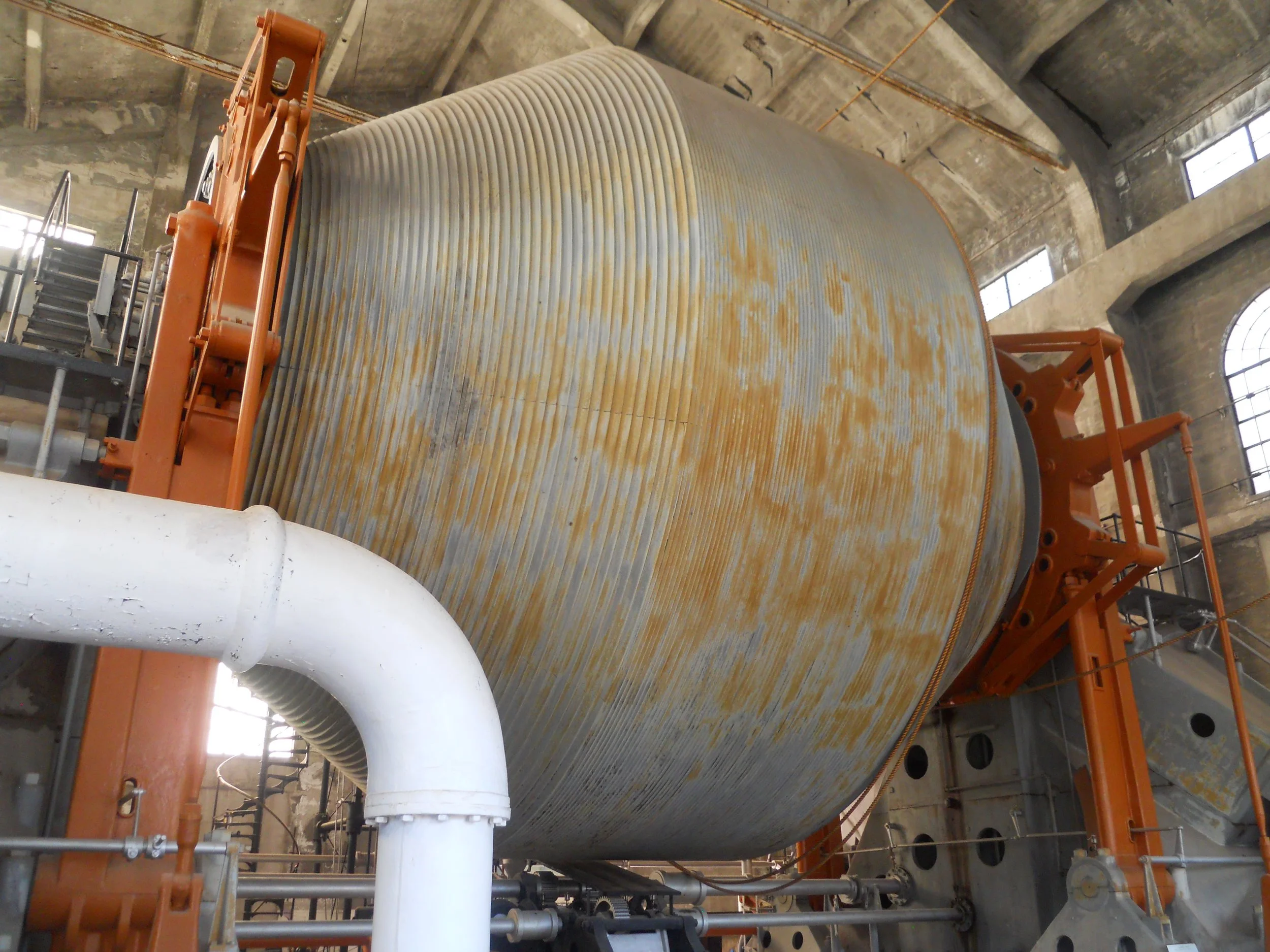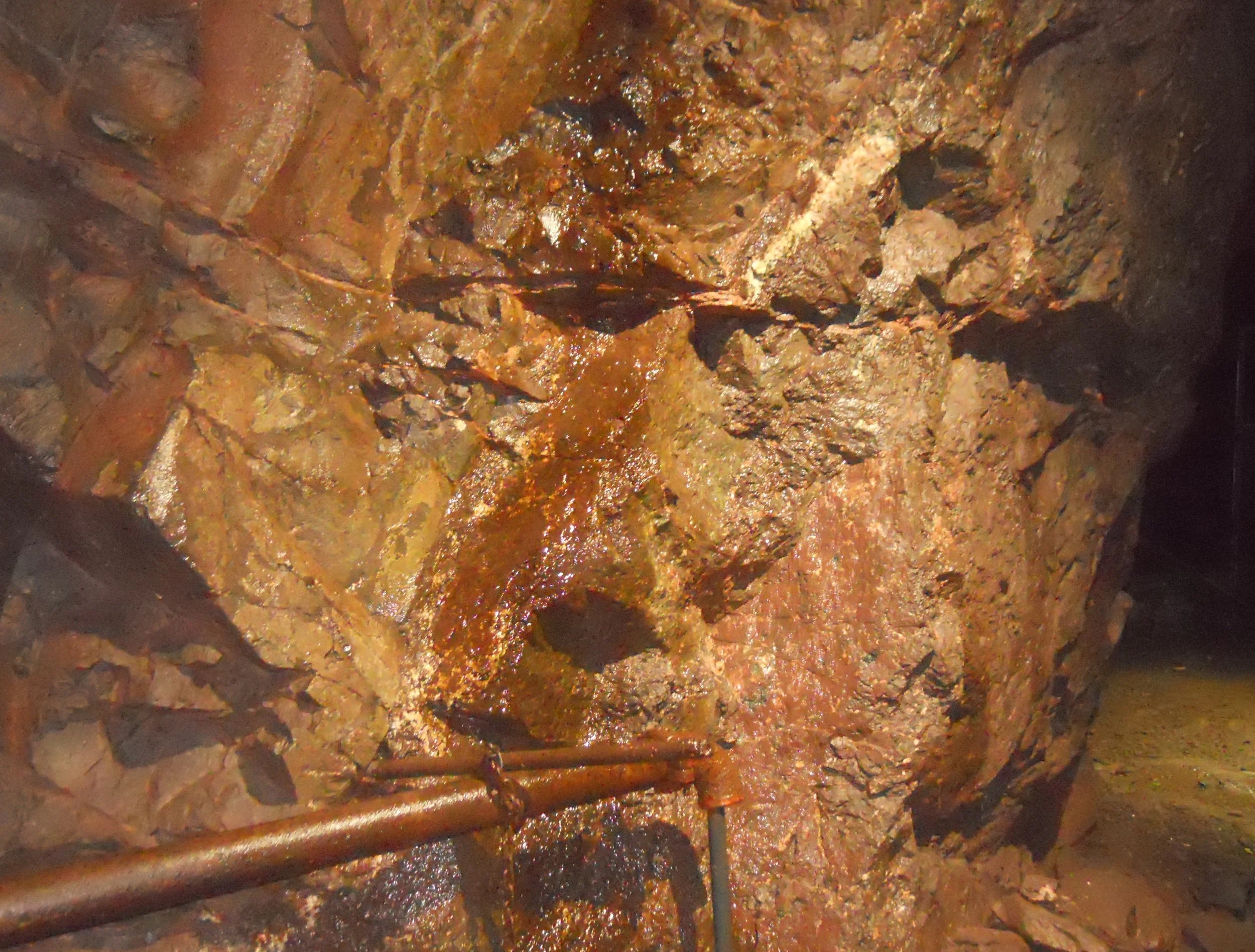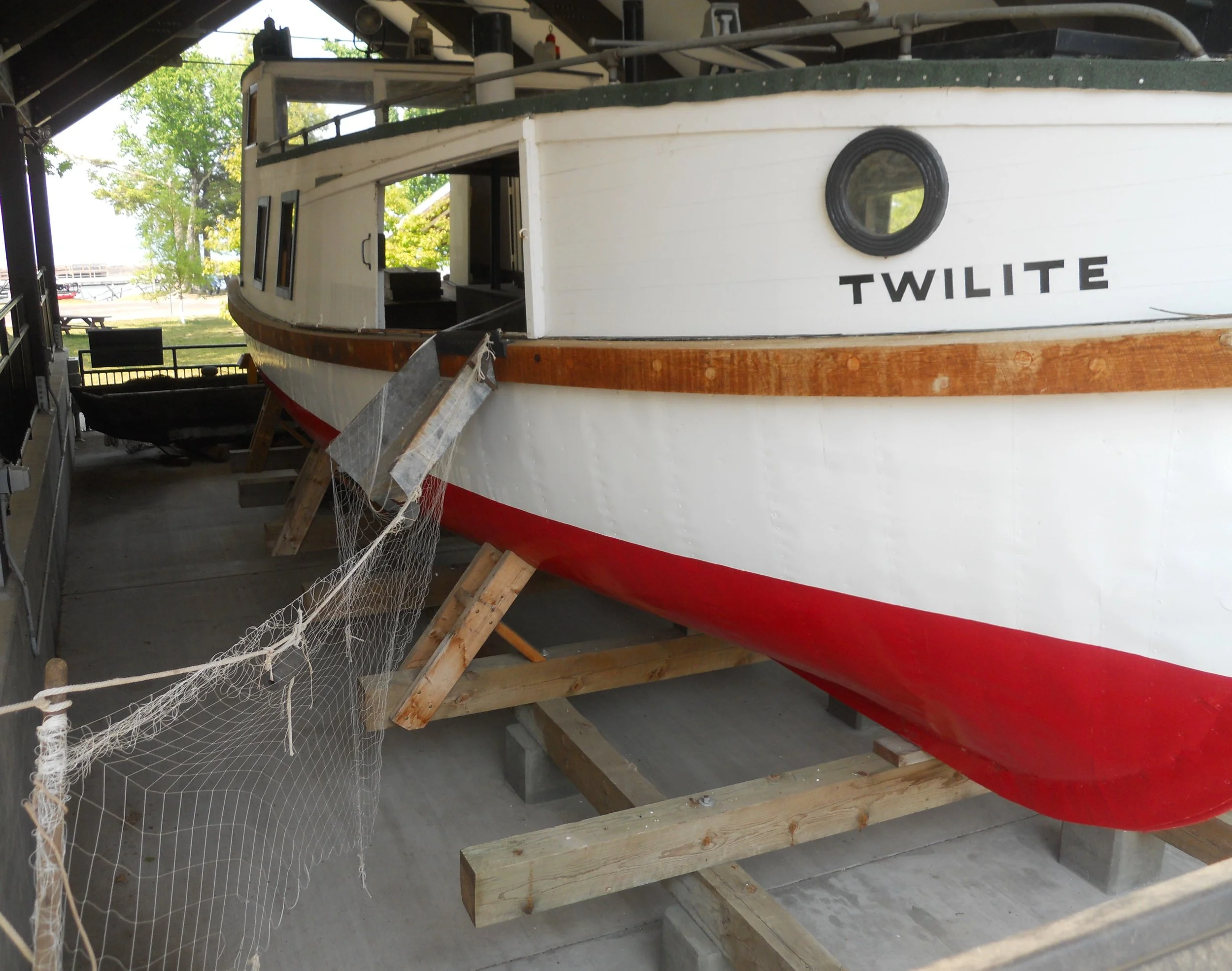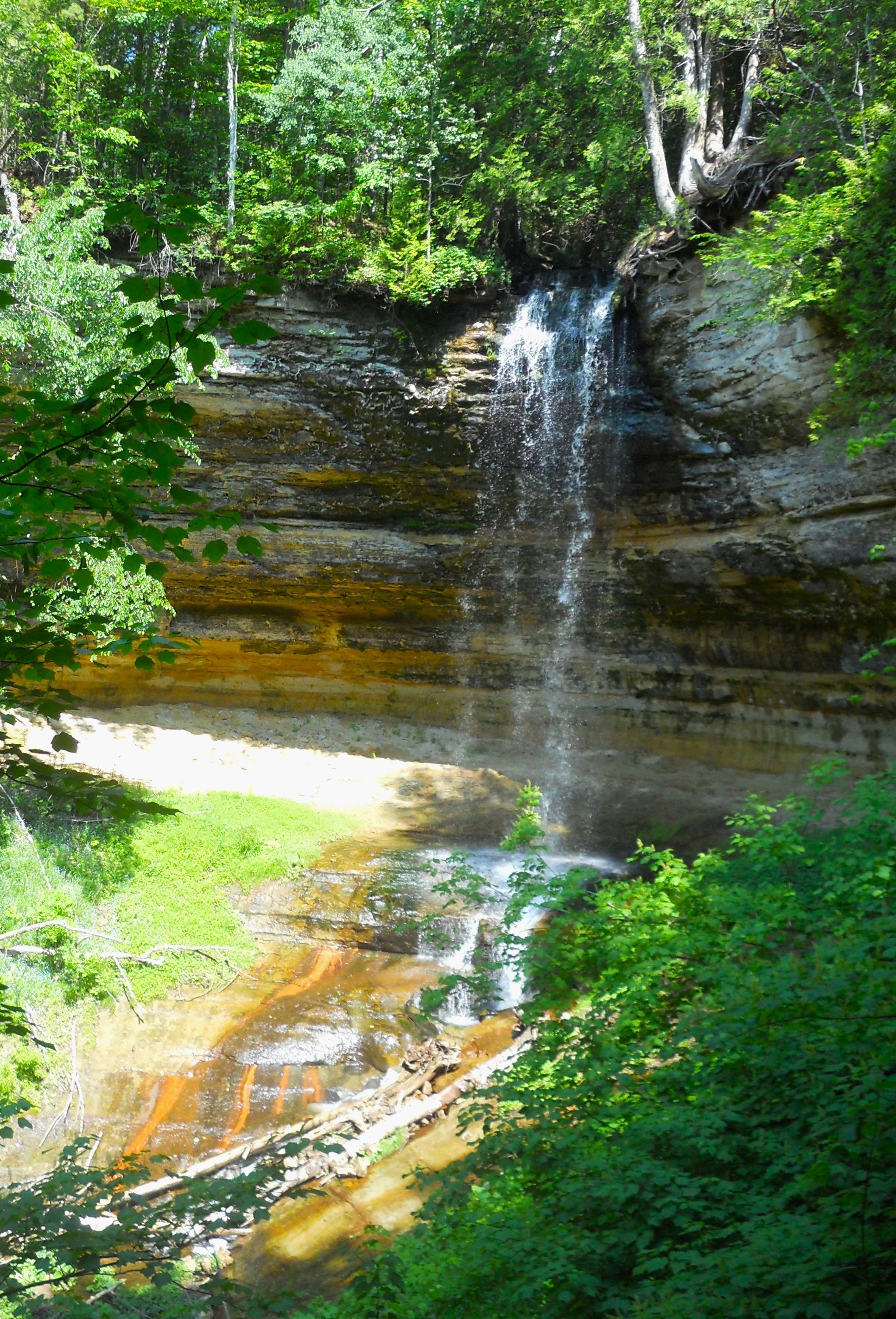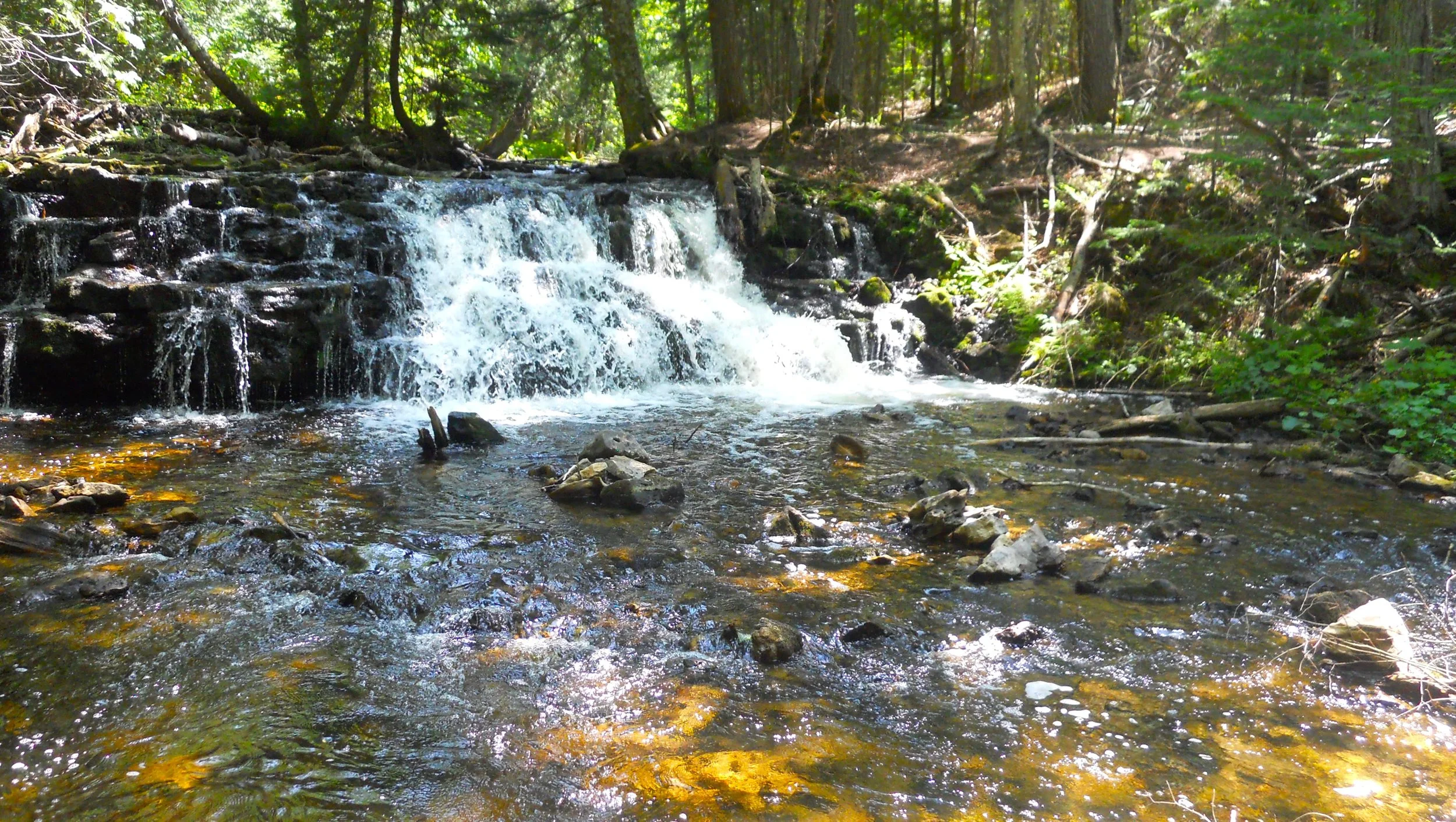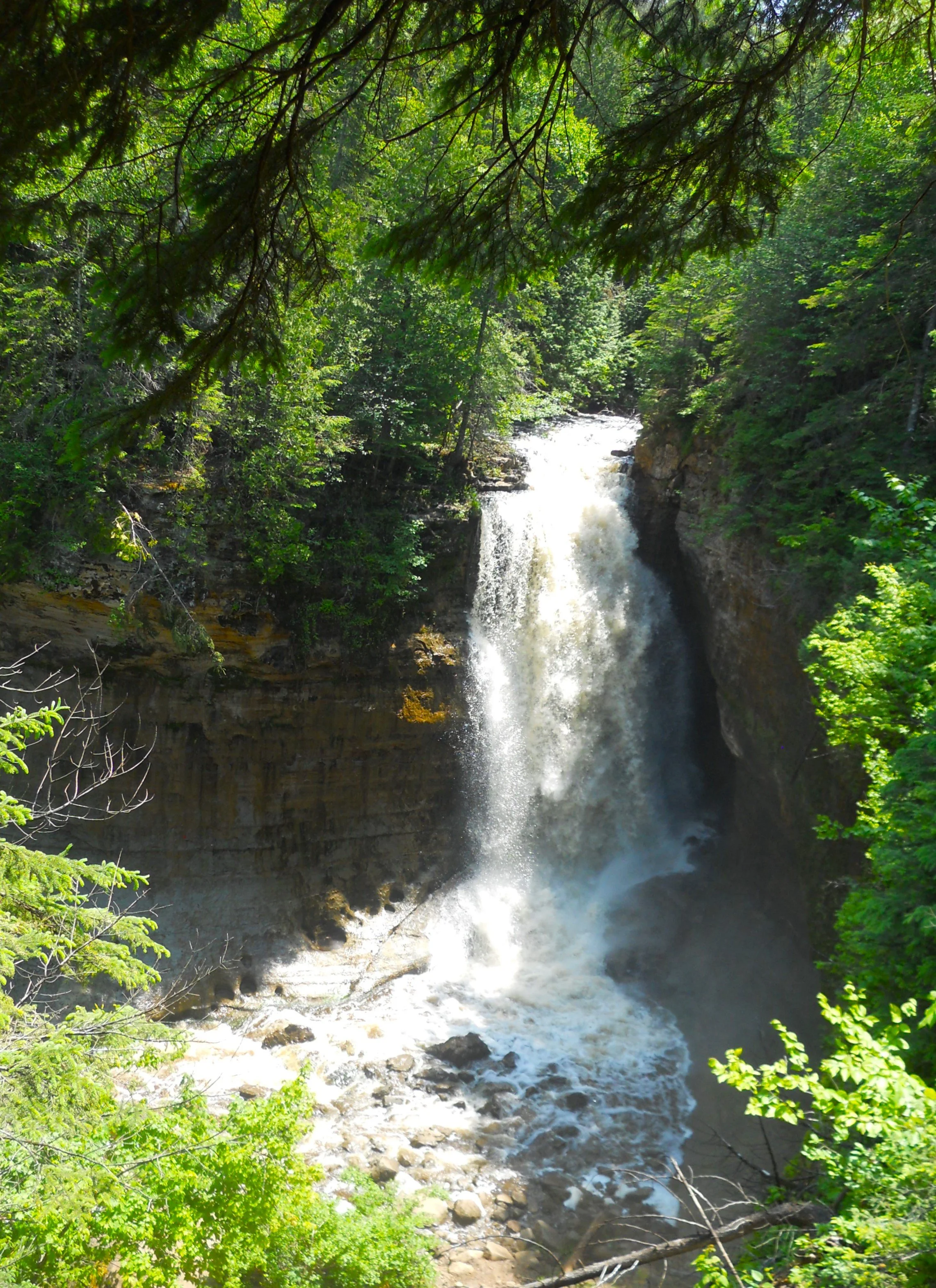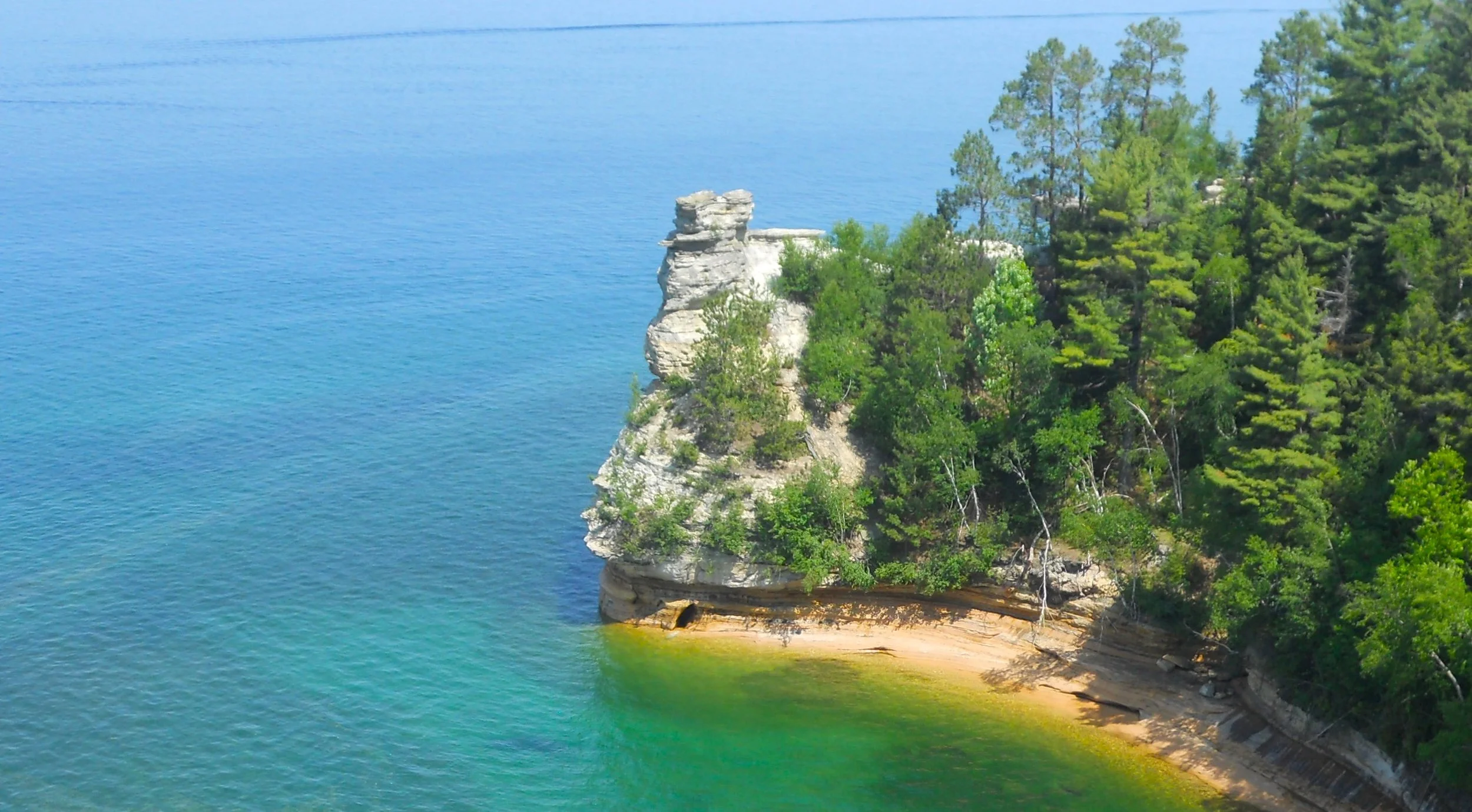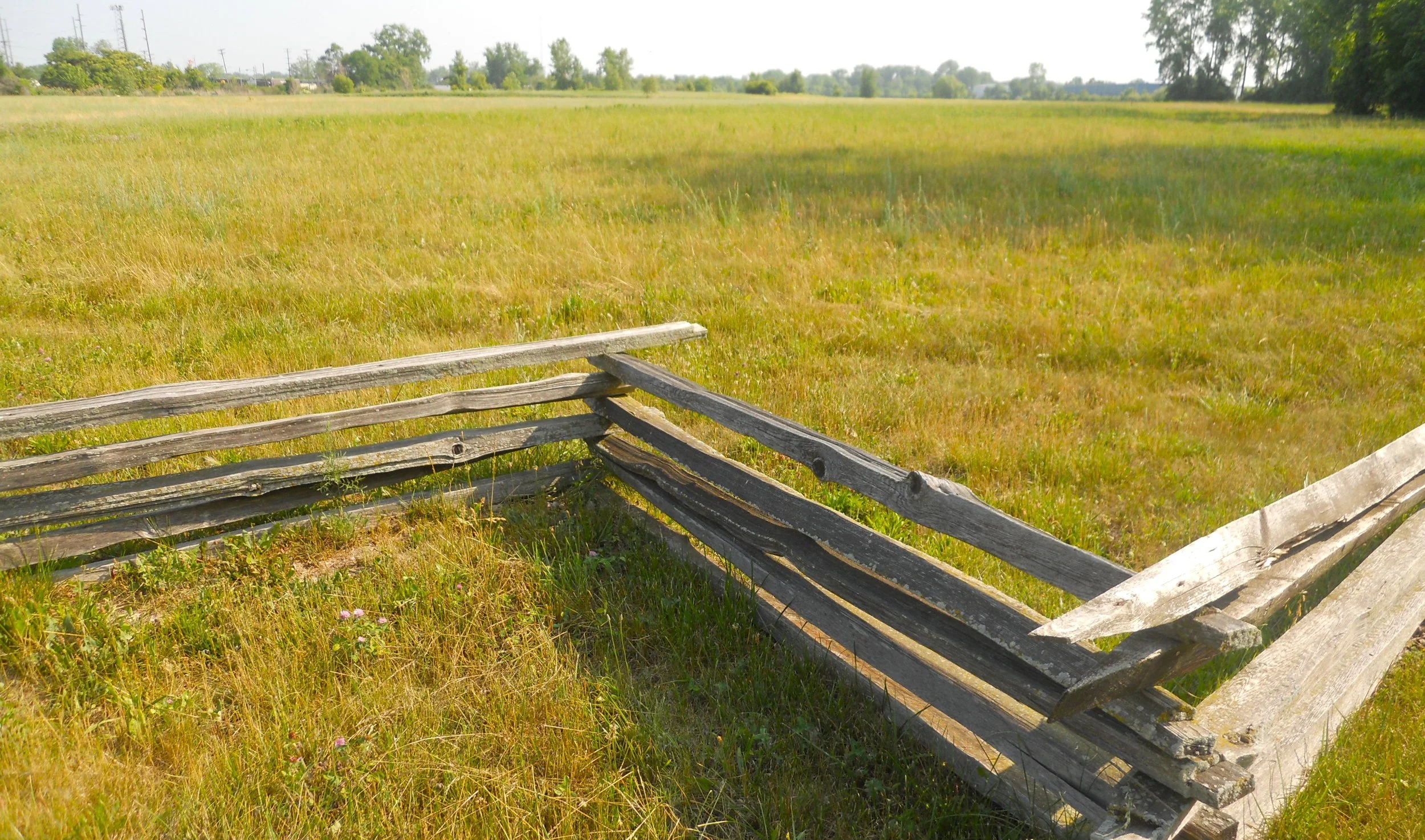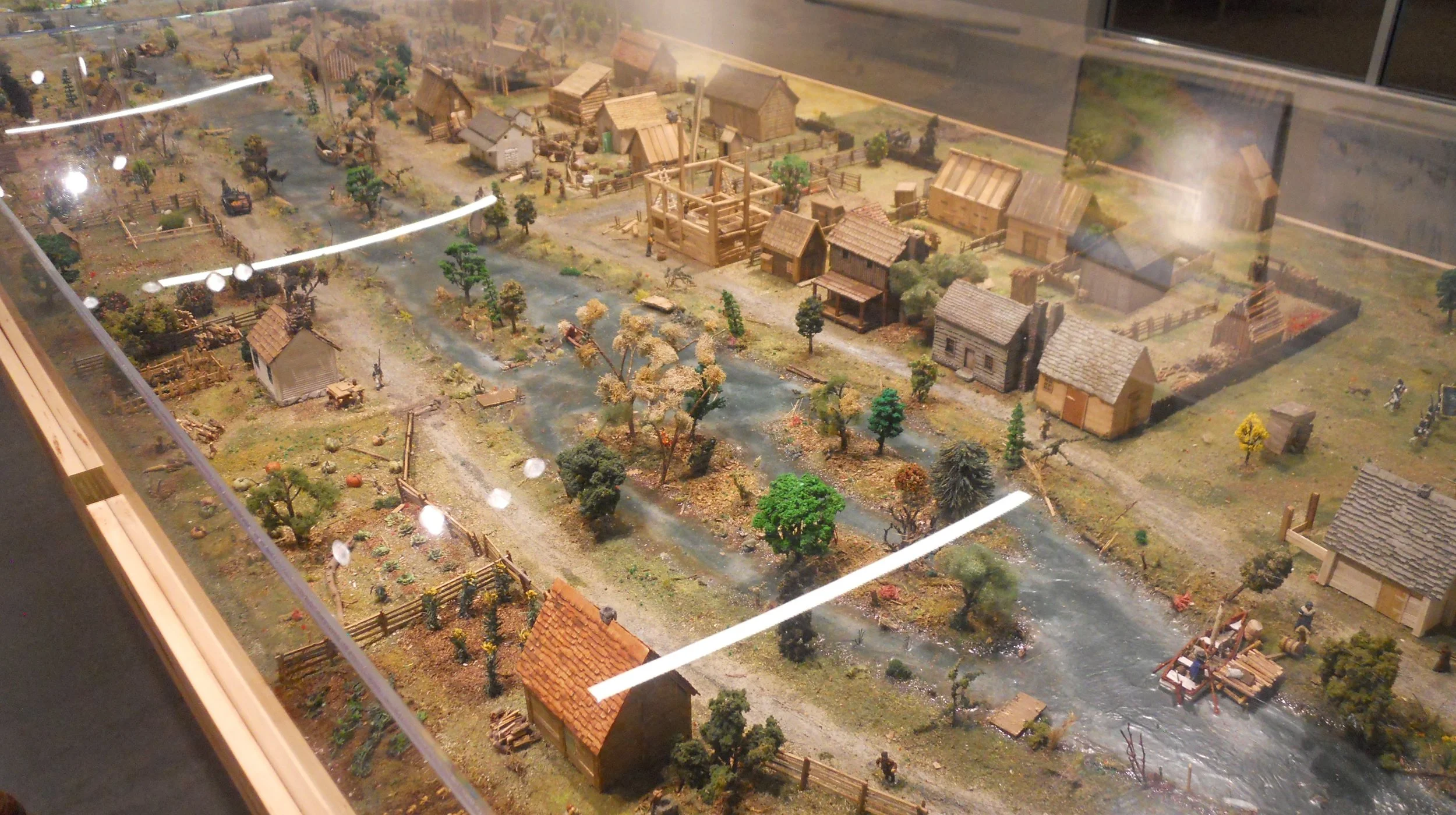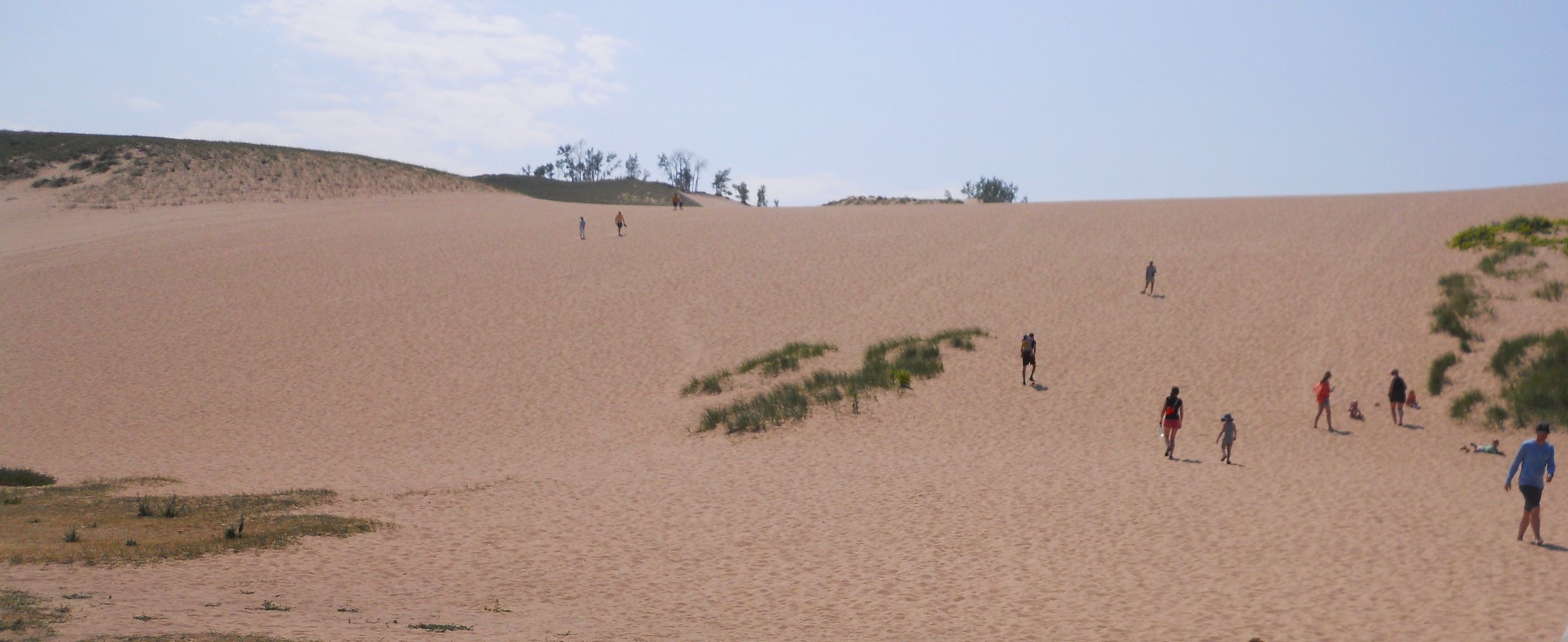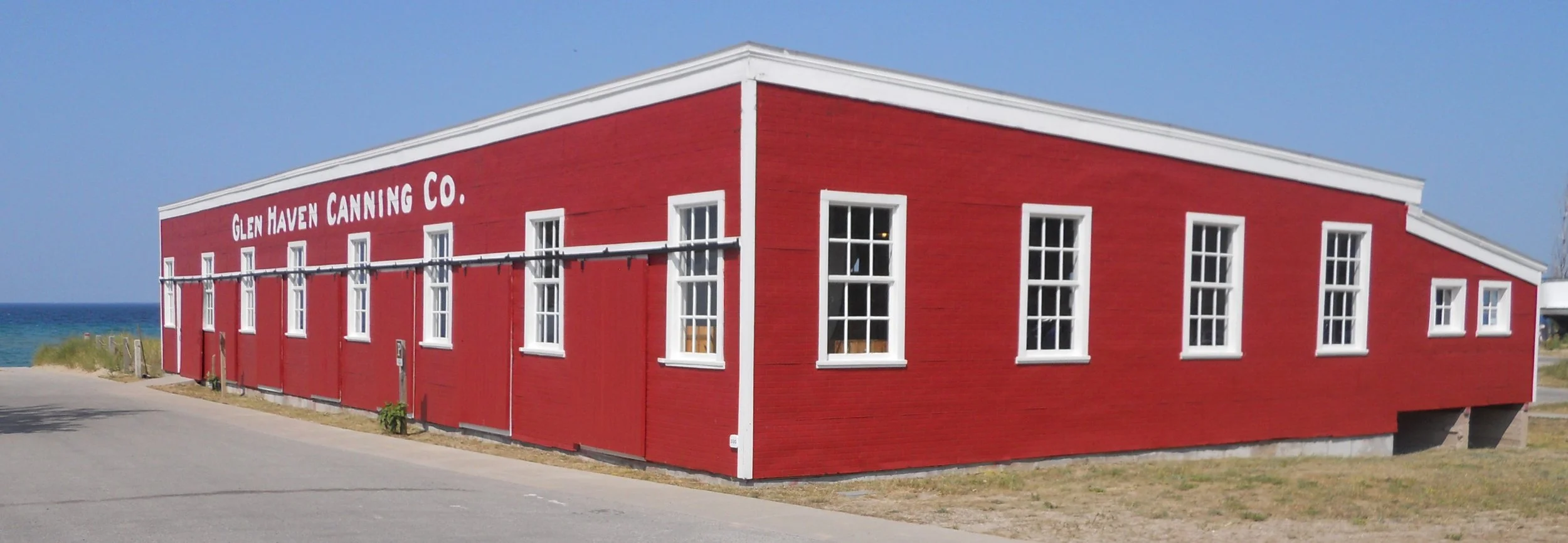DAY 14 (July 4) - Herbert Hoover NHS is located in the serene town of West Branch, IA, right off I-80. He was born in a 2-room cottage, orphaned at age 9, and never lived there again. Later, in the 1930s, he and his wife purchased the structure to restore it to its original look. Other buildings, such as the Staples House (photo), within the park have been preserved to provide an 1870s experience for visitors. The Hoovers are buried at the west end of the park. The VC displays items used by Hoover when he was a toddler (craddle and high chair… the quilt and rug are reproductions).
Pullman NHP honors the legacy of the Pullman Company. This was a planned manufacturing complex and living city for the workers, who plied their skills into turning out the most luxurious railroad cars around. The administrative building is impressive (today houses the VC and museum). The one end of this structure was the Front Erecting Shop. The Rear Erecting Shop is not in as good a condition. The Hotel Florence, across the street, is undergoing renovation. Aside from building the famous cars, Pullman supplied the world-class service labor to keep passengers comfortable. One of my favorite murals in the national parks is on the backside of the original VC.
Indiana Dunes NP was packed beyond belief this day, with humans. A three-hour wait to get a parking spot at the beach, or one could walk 1.5 miles, one-way, from open lots. The VC has unique seating benches. A site which did not have many visitors was Chellberg Farm, a portion of the park I had not previously toured. The original wood home had burned down in 1884, replaced in 1885 by the current brick structure. This meant the family had to live in their barn for one year. The interior of the barn is all original wood, dating to 1870. The NPS still raises chickens and cattle at the farm. The house is furnished with period items.
DAY 13 (July 3) - Pipestone NMon protects a quarry of red stone that has been mined by Indigenous peoples for over 3,000 years. Very hard Sioux Quartzite has sandwiched a thin layer of Catlinite, or Pipestone, over 1.6 billion years ago. Twenty-three tribes have a connection to this quarry and the stone. They use the pipes for ceremony and prayer. The iron bearing mineral Hematite gives the rock its red color. The Joe Taylor Pit (far right) is dedicated to a Dakota quarrier and carver, who died in 1933. His descendants still quarry in the park. I met Travis Erickson, a fourth generation quarrier and pipe maker. He said he learned the technique from his grandfather and father, practicing now for 44 years. Photos of Travis are on the park’s website.
Effigy Mounds NMon preserves over 200 mounds, which sit high above the Mississippi River. Twenty native tribes are connected to this site. The mounds were built between 1400 and 750 B.P. (means “before present). Conical mounds (photo tries to show four heading down a hill) were for burial purposes. One of the largest conical mounds is at Fire Point, which overlooks the river (today there were plenty of boats going up and down the Mississippi). Other mounds in the park are mainly in the form of a bear (Little Bear Mound is bottom right photo, but hard to make it out… the raised weeds and flowers comprise the shape… the head is at the top of the photo).
DAY 12 (July 2) - Will have to wait until tomorrow to add photos and text.

